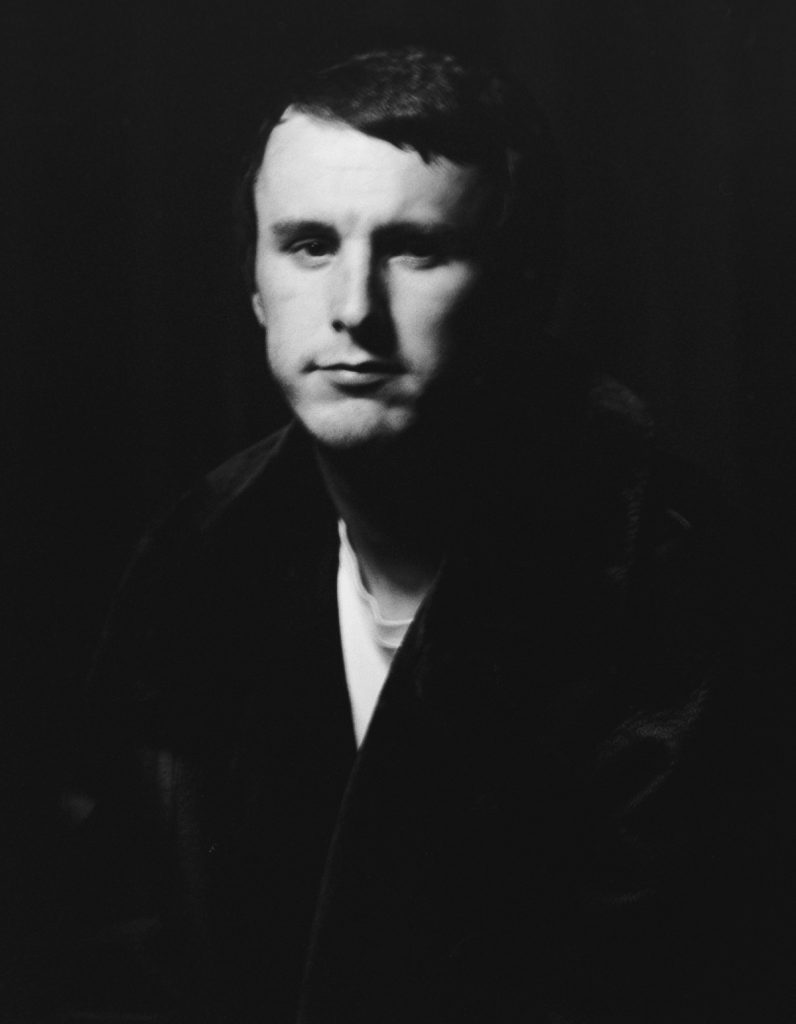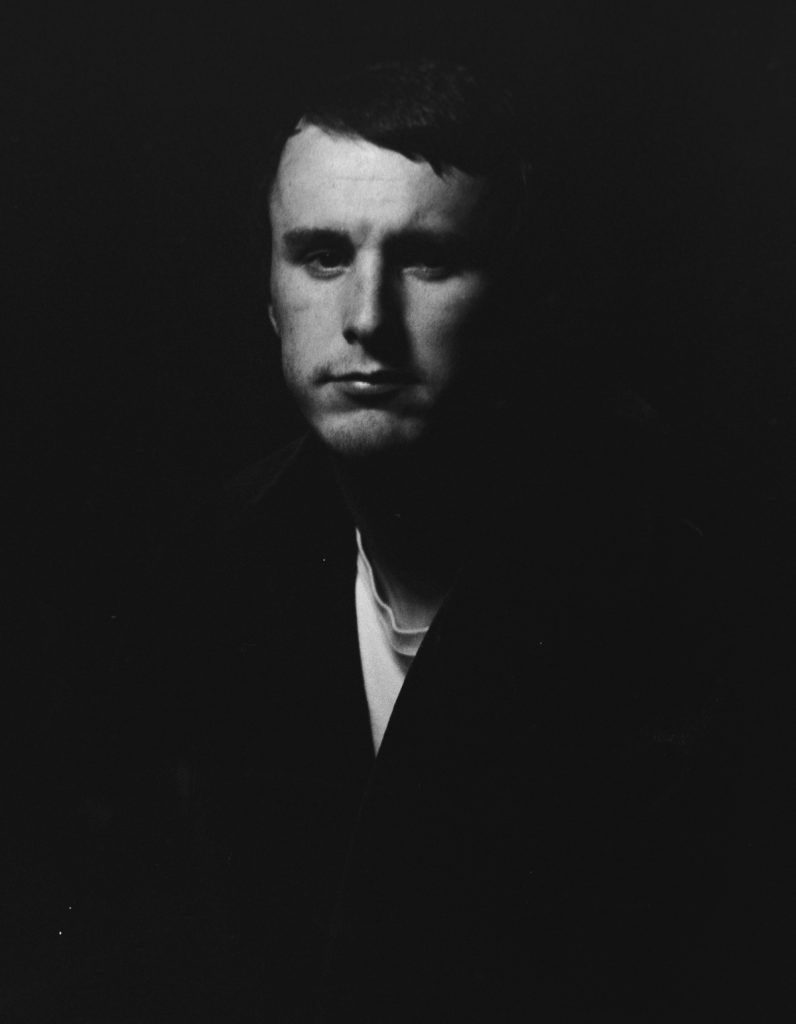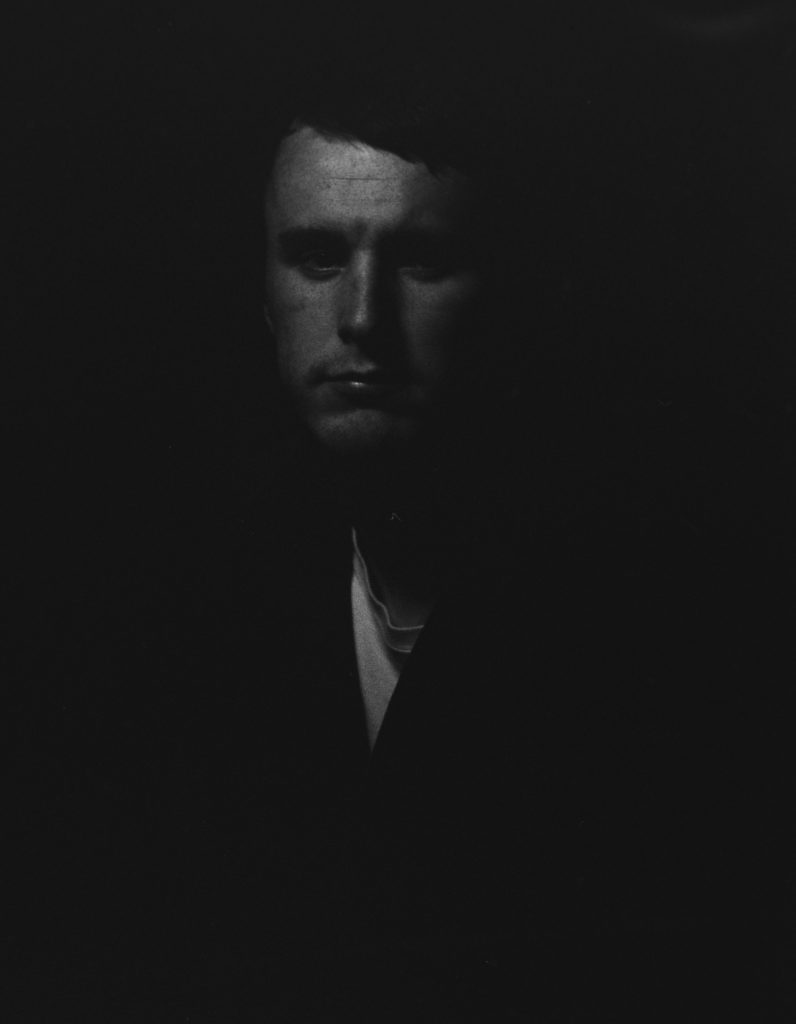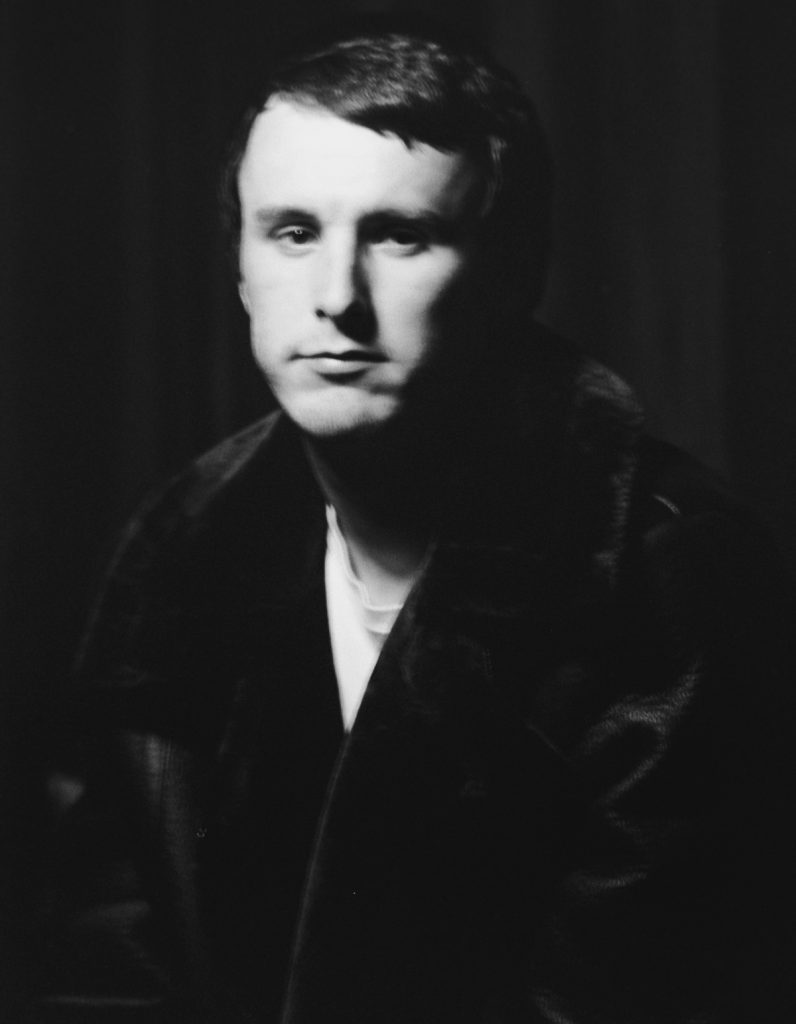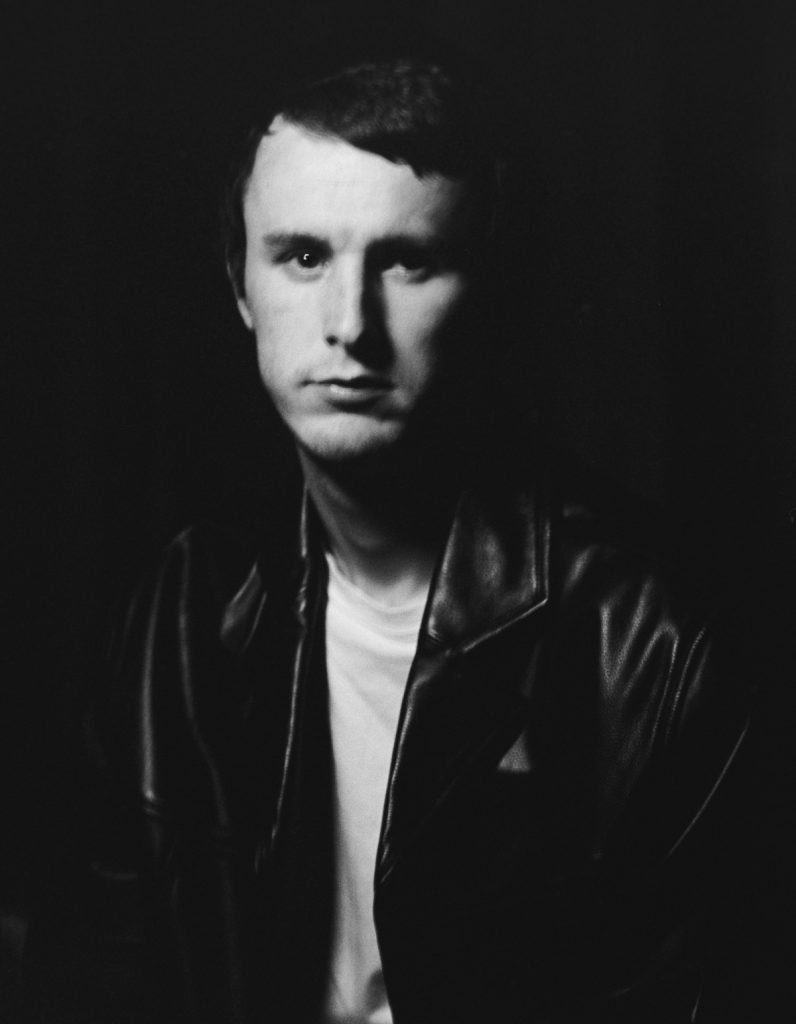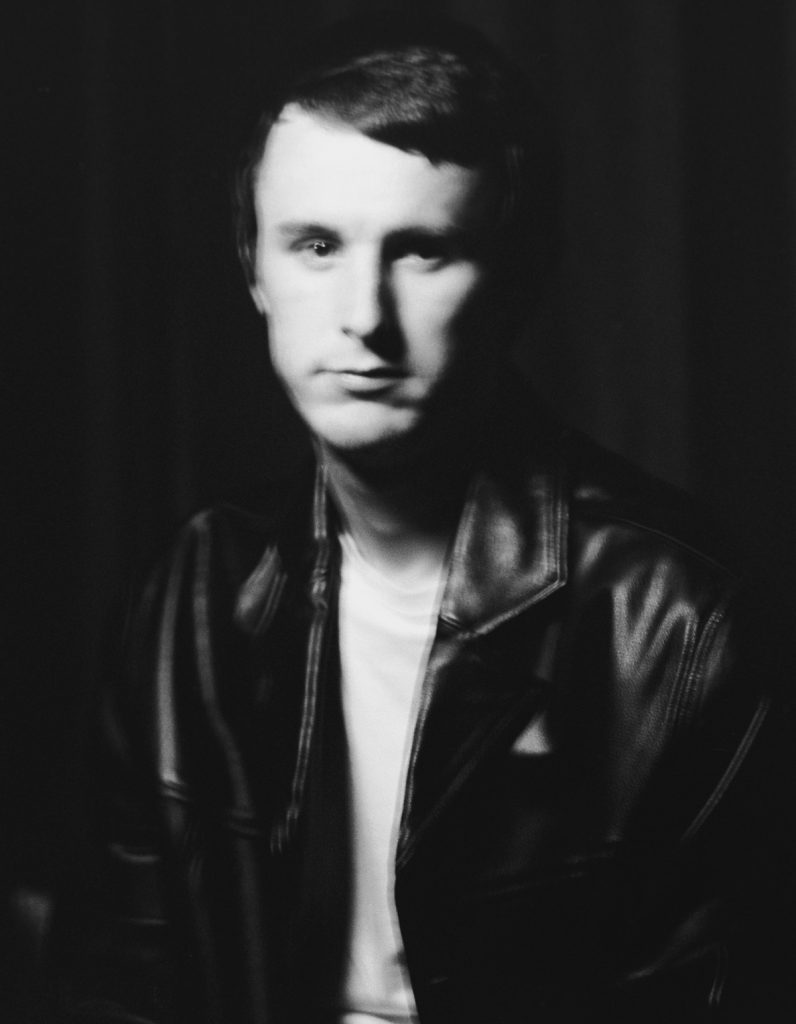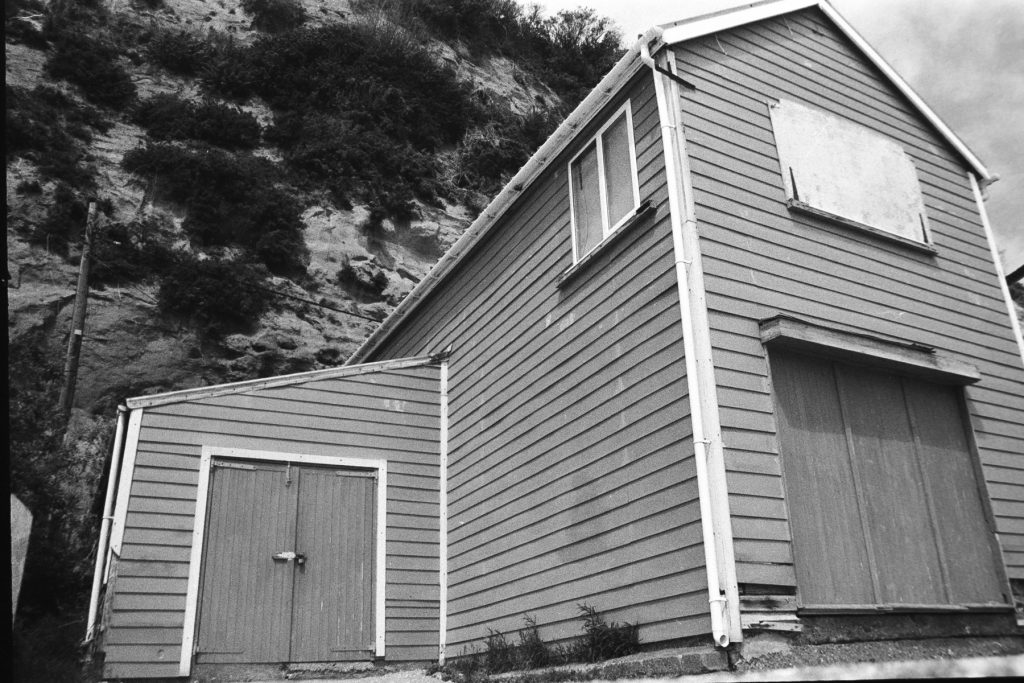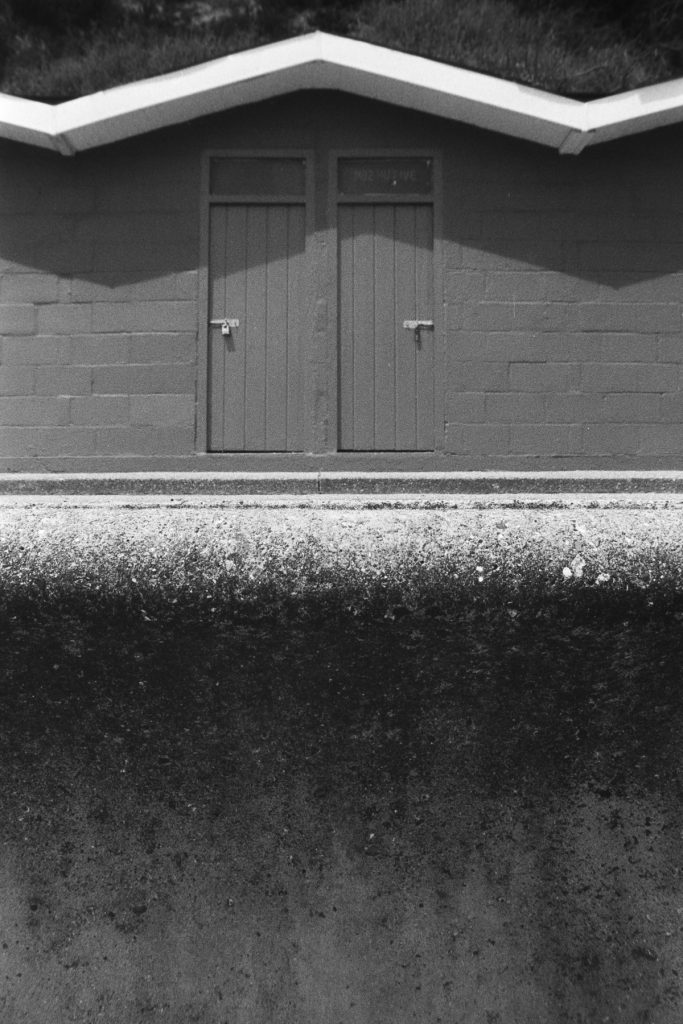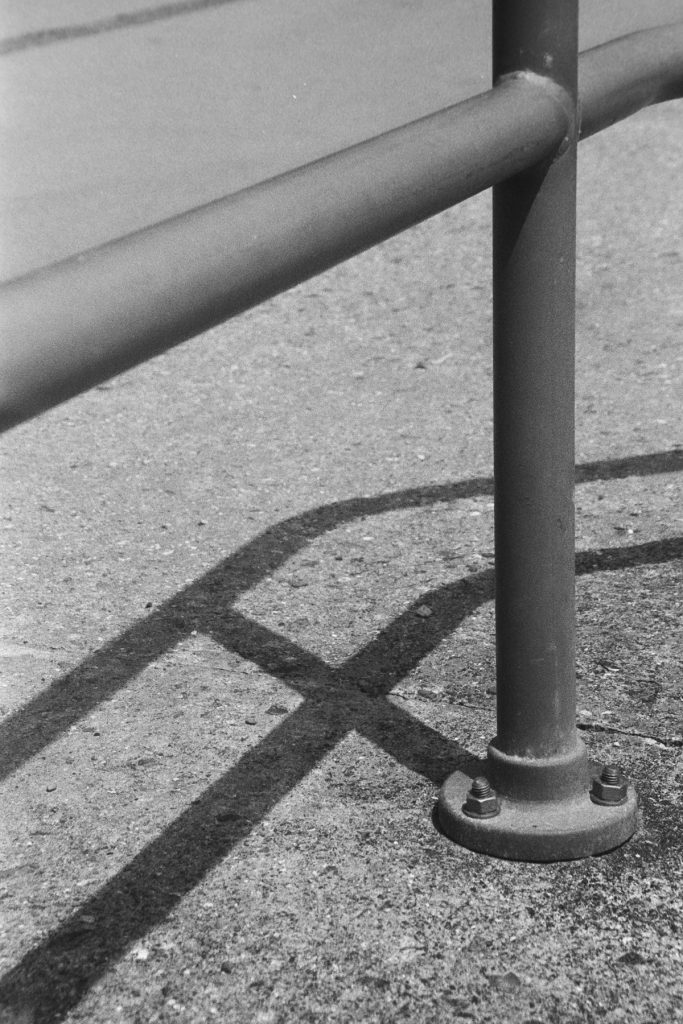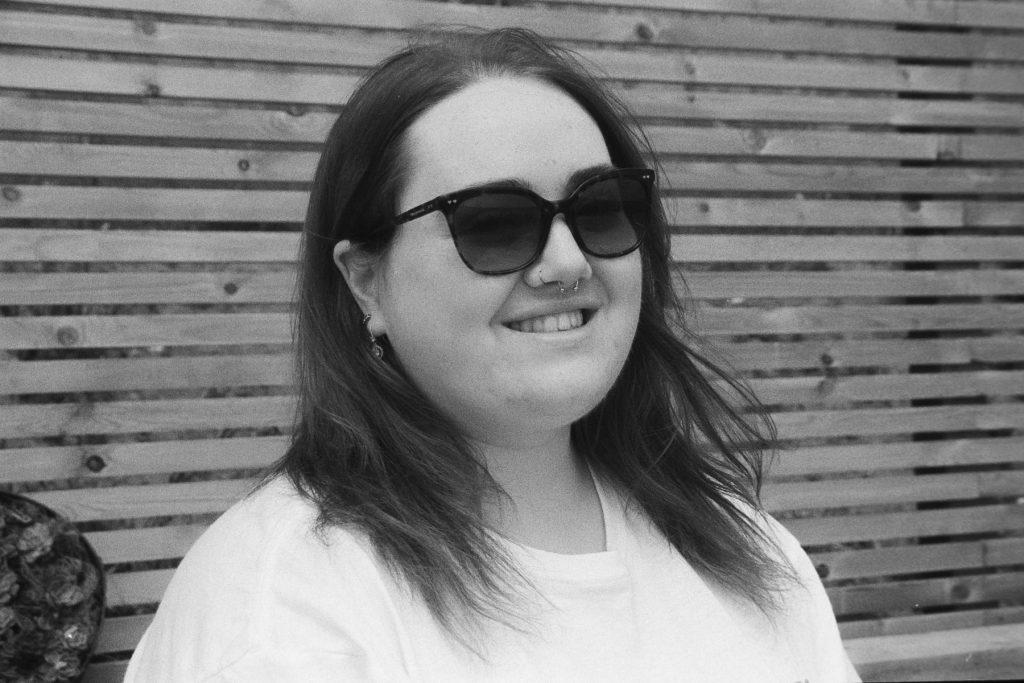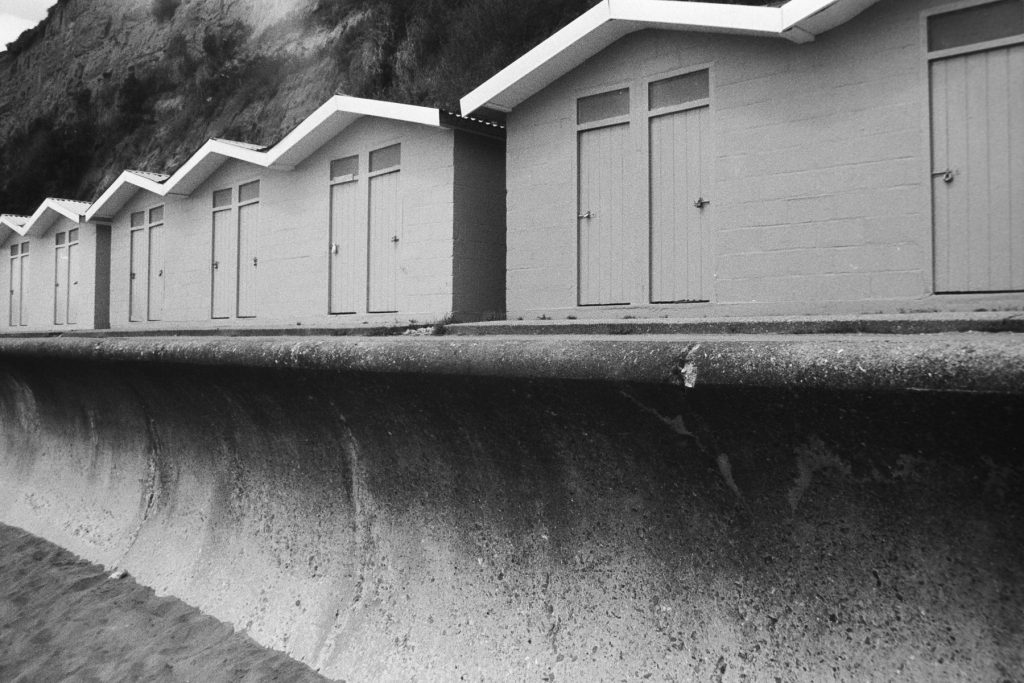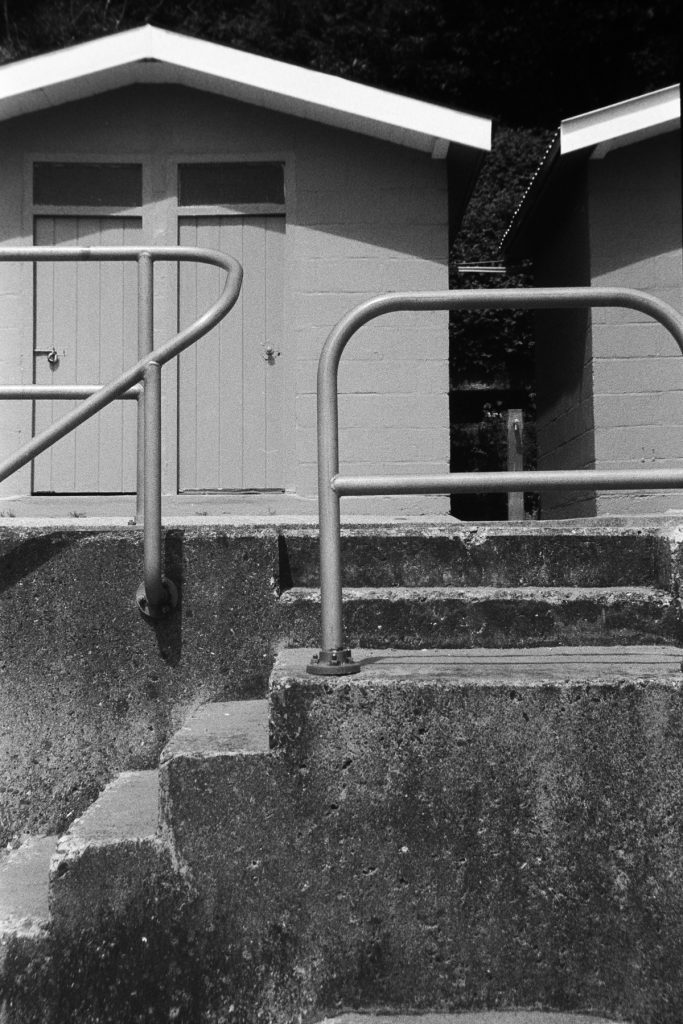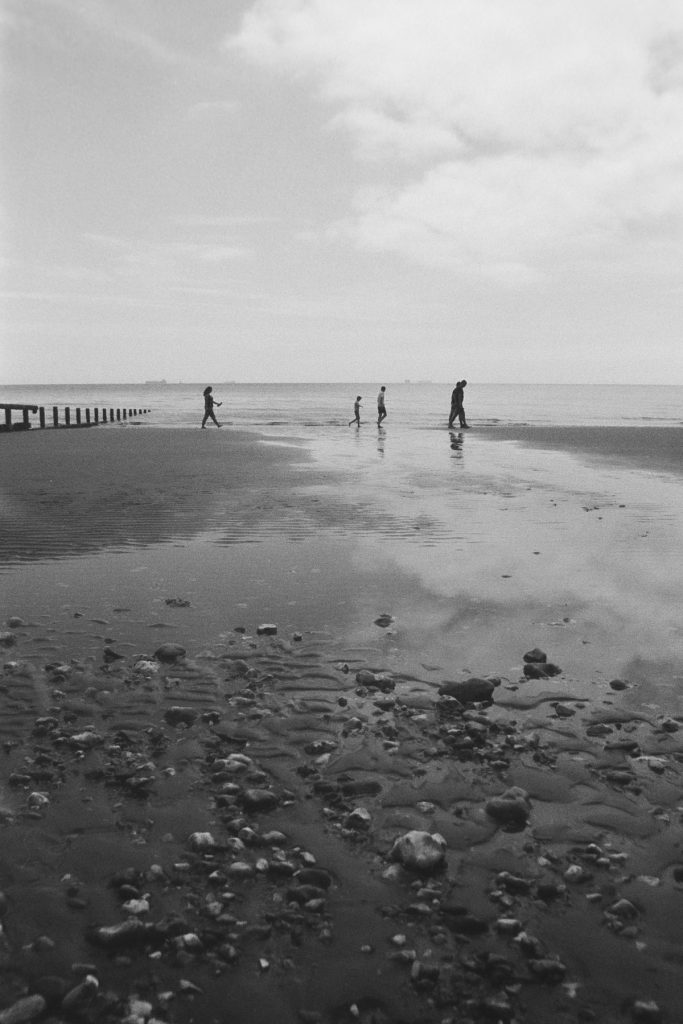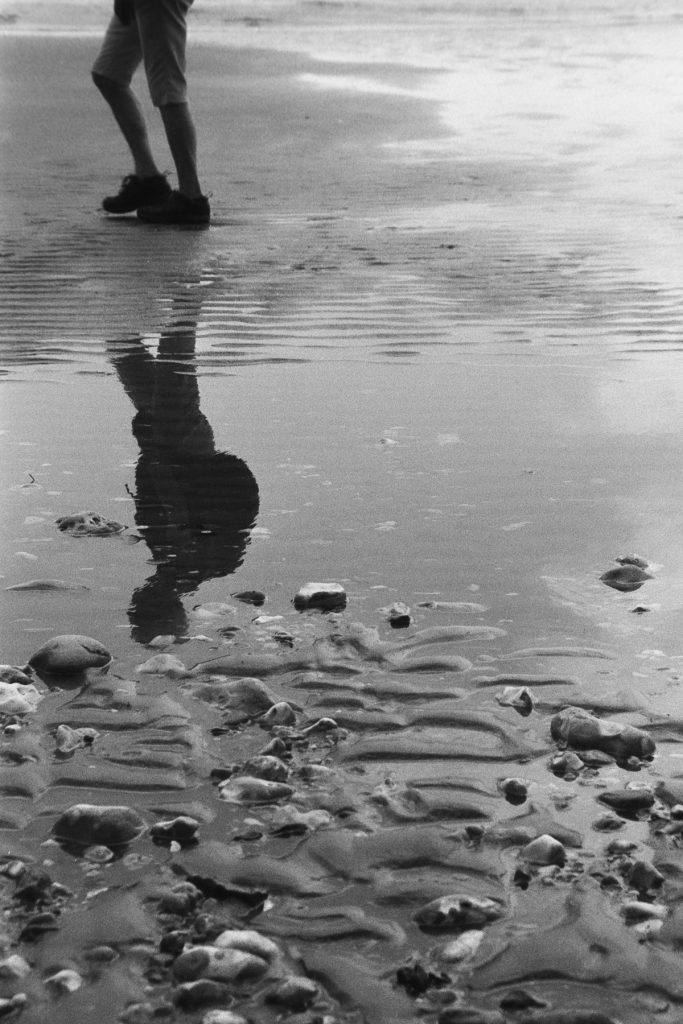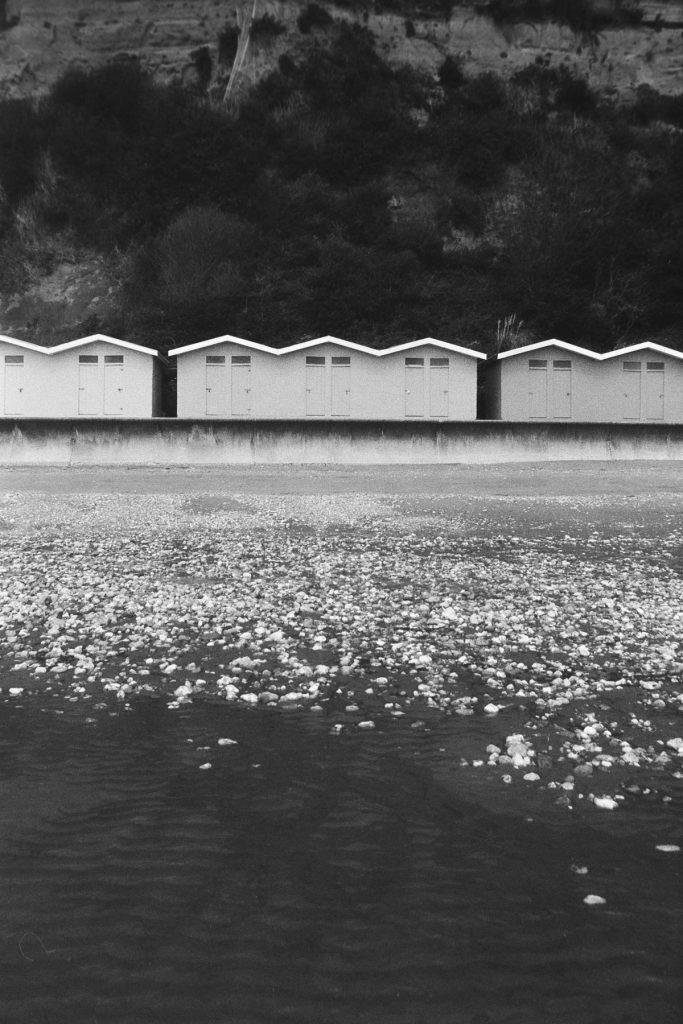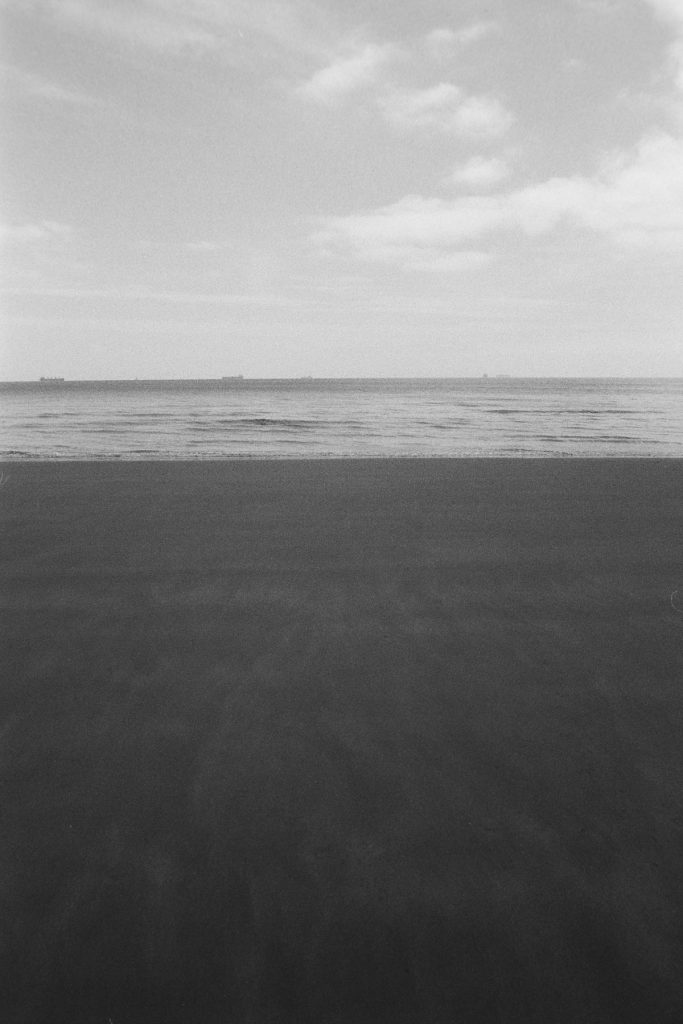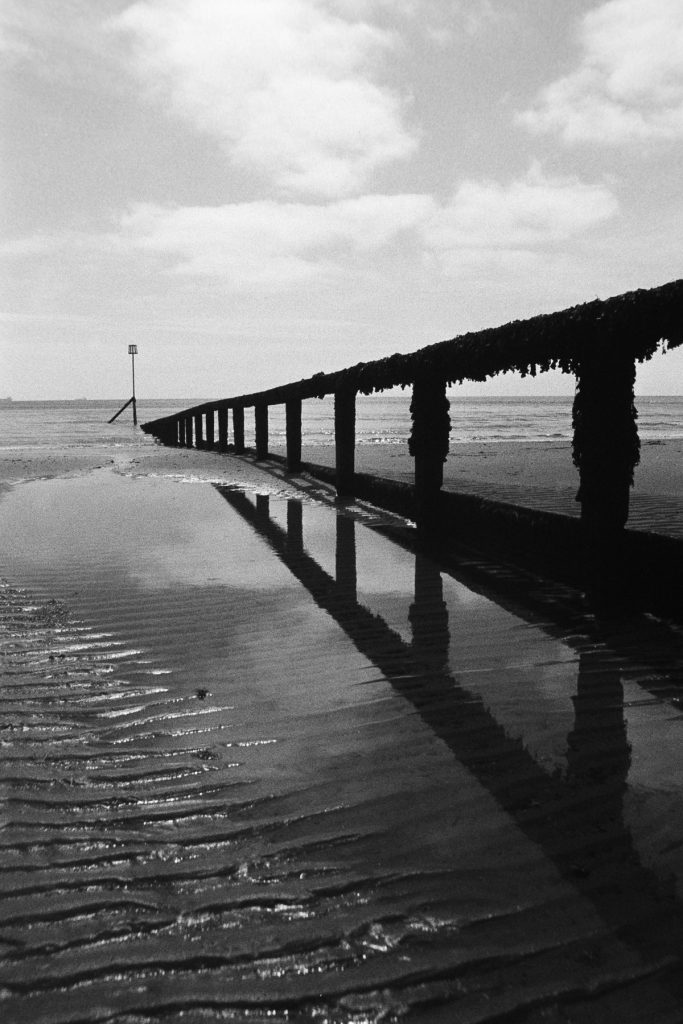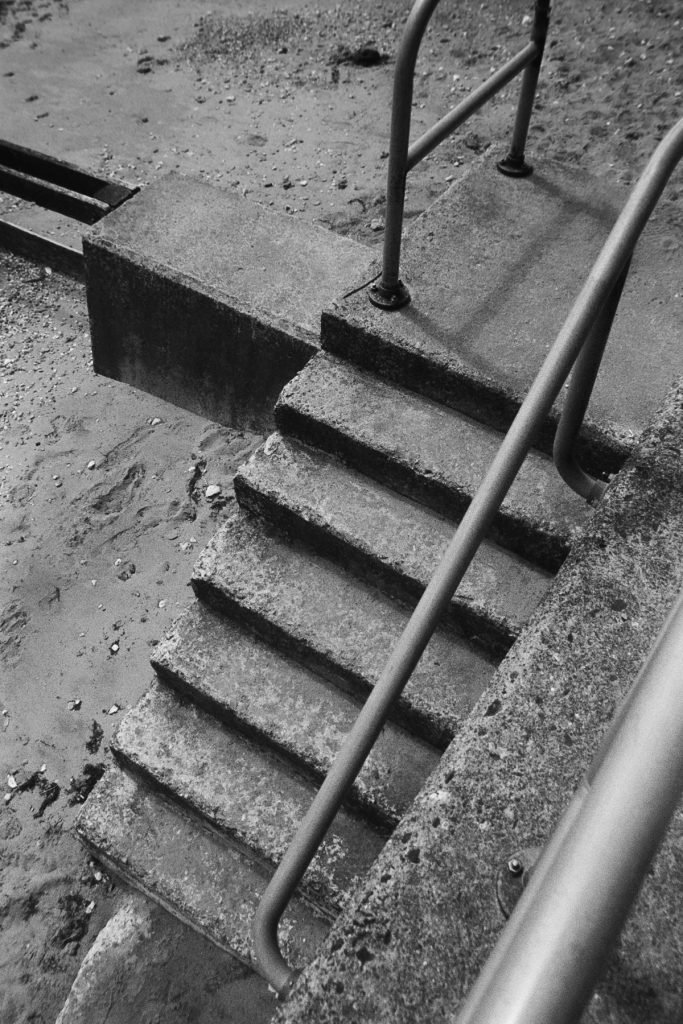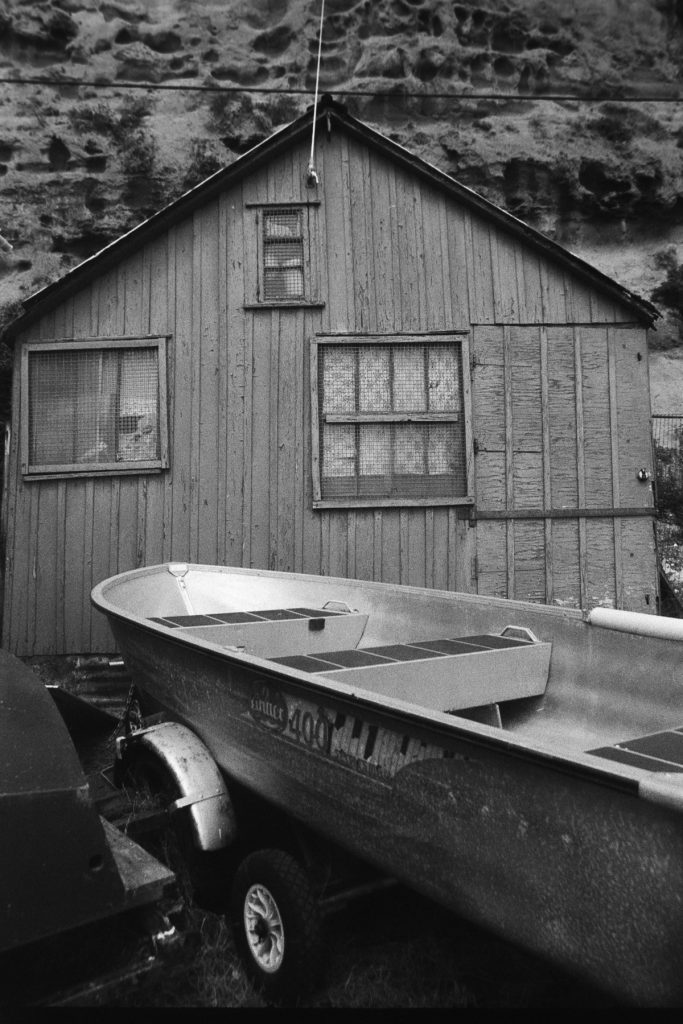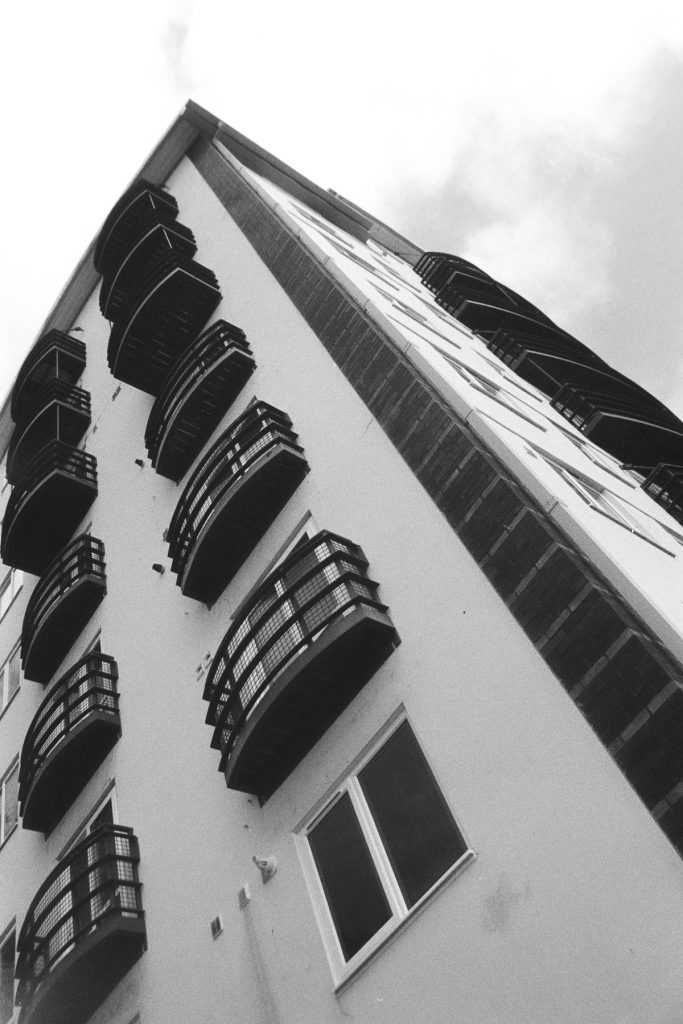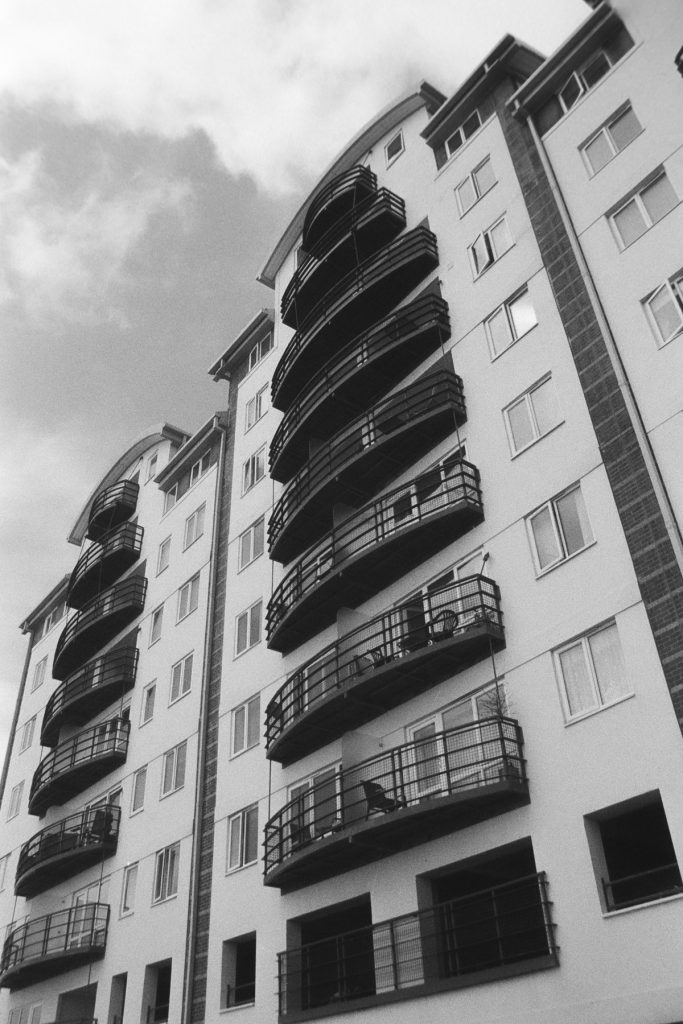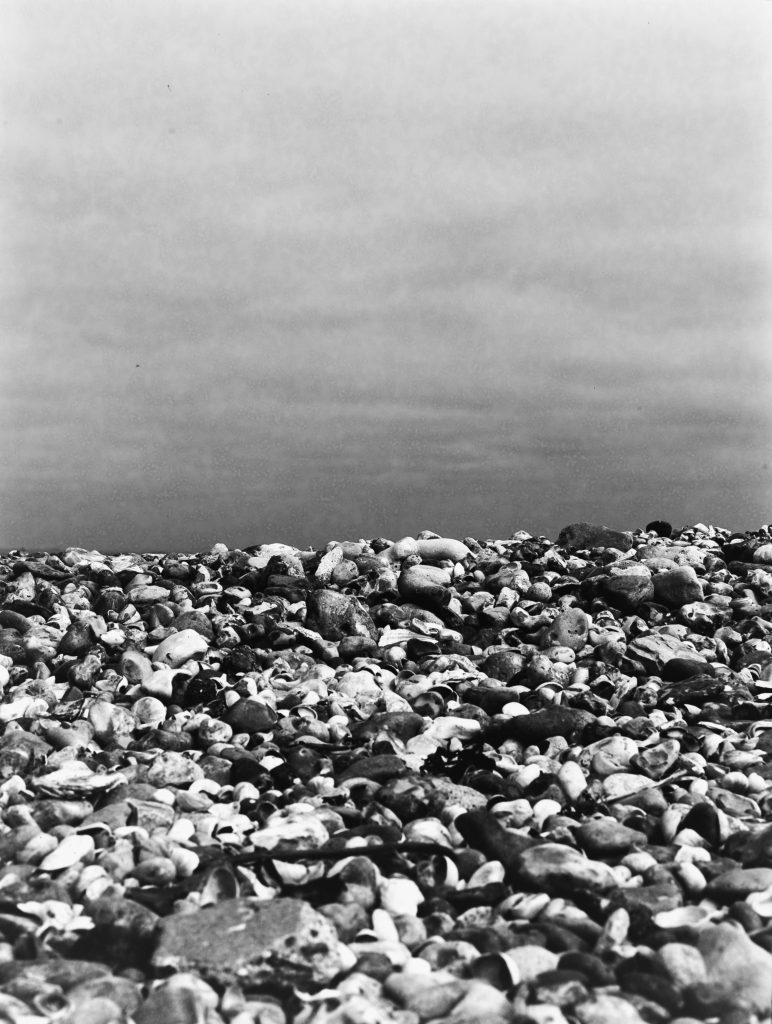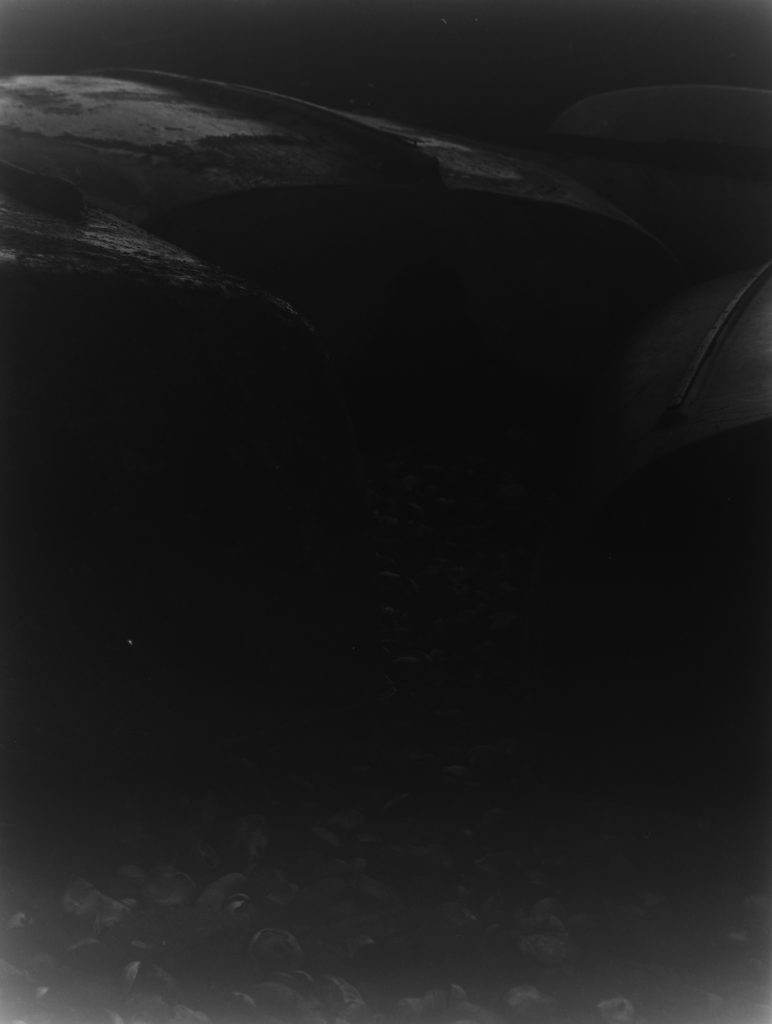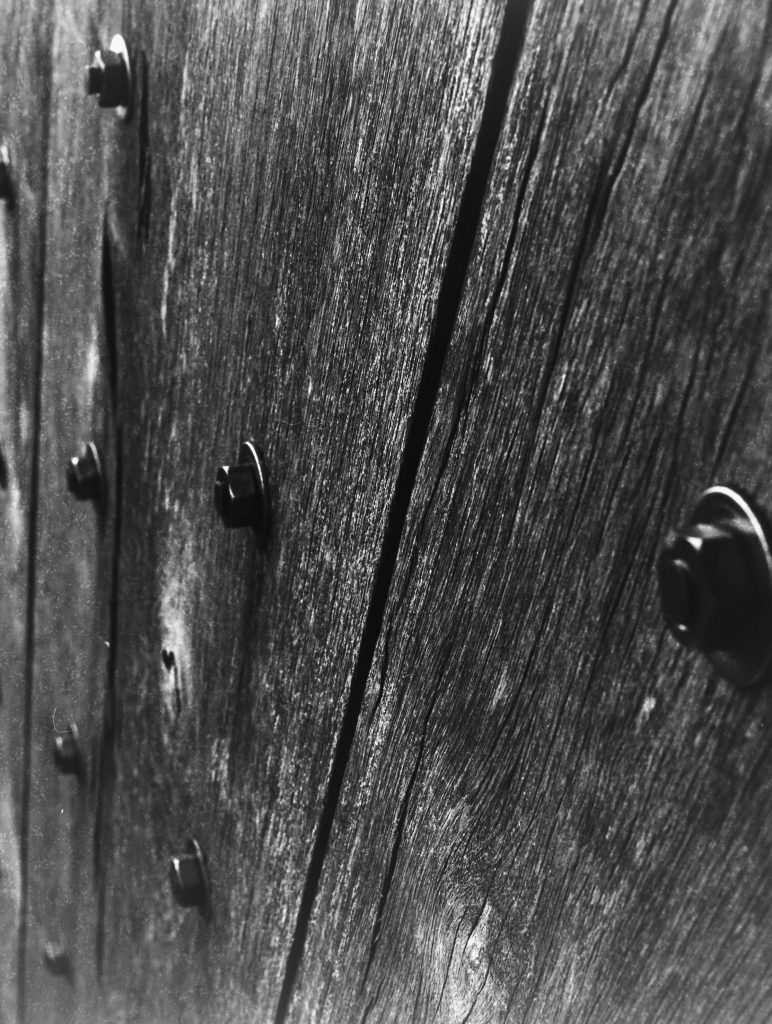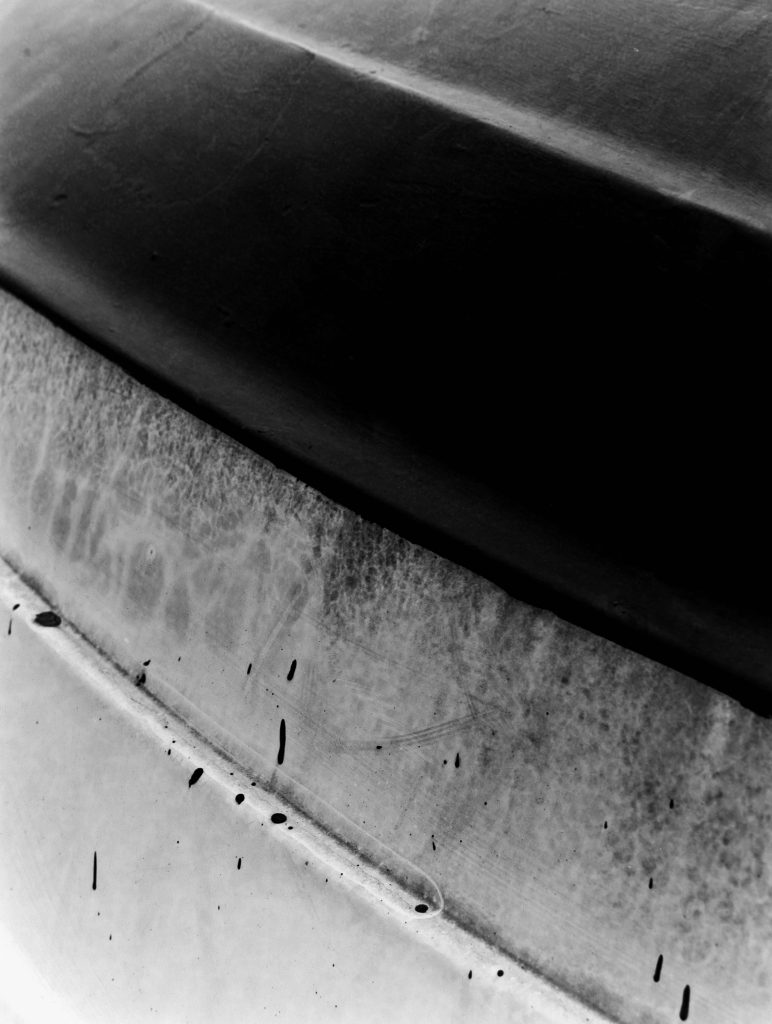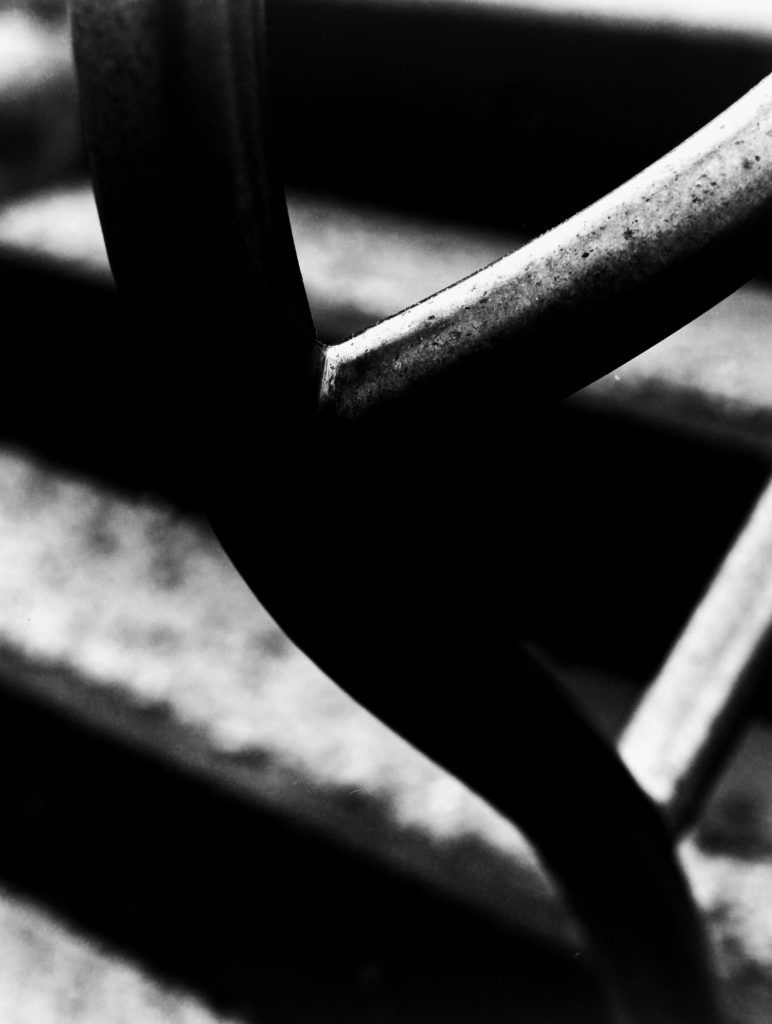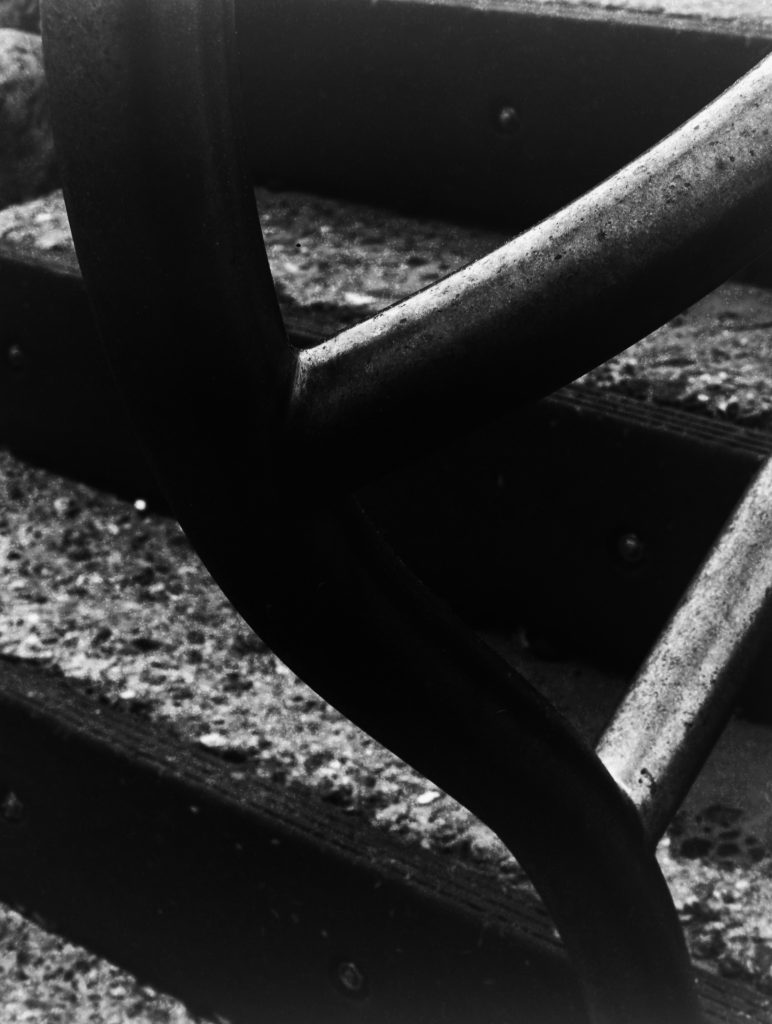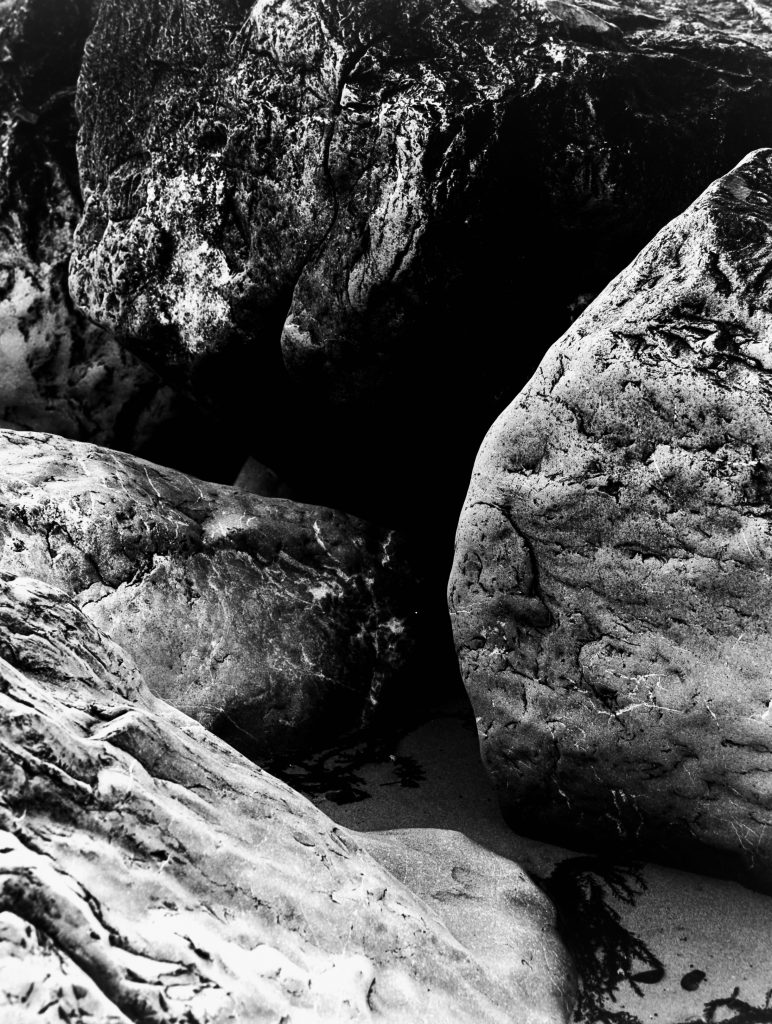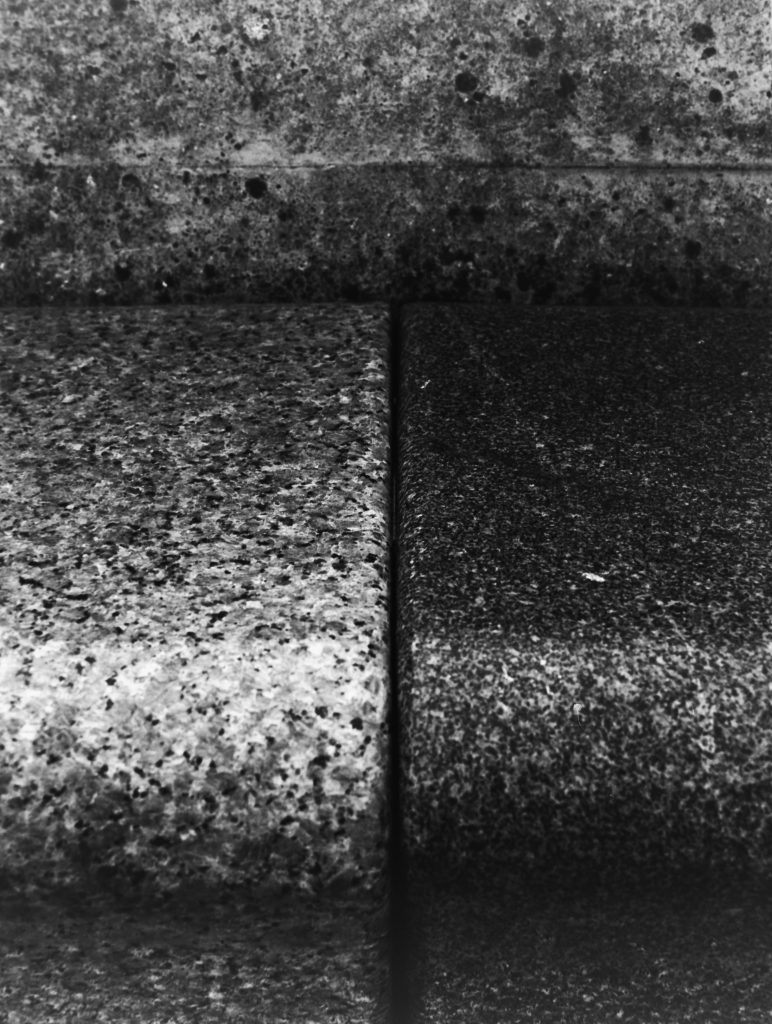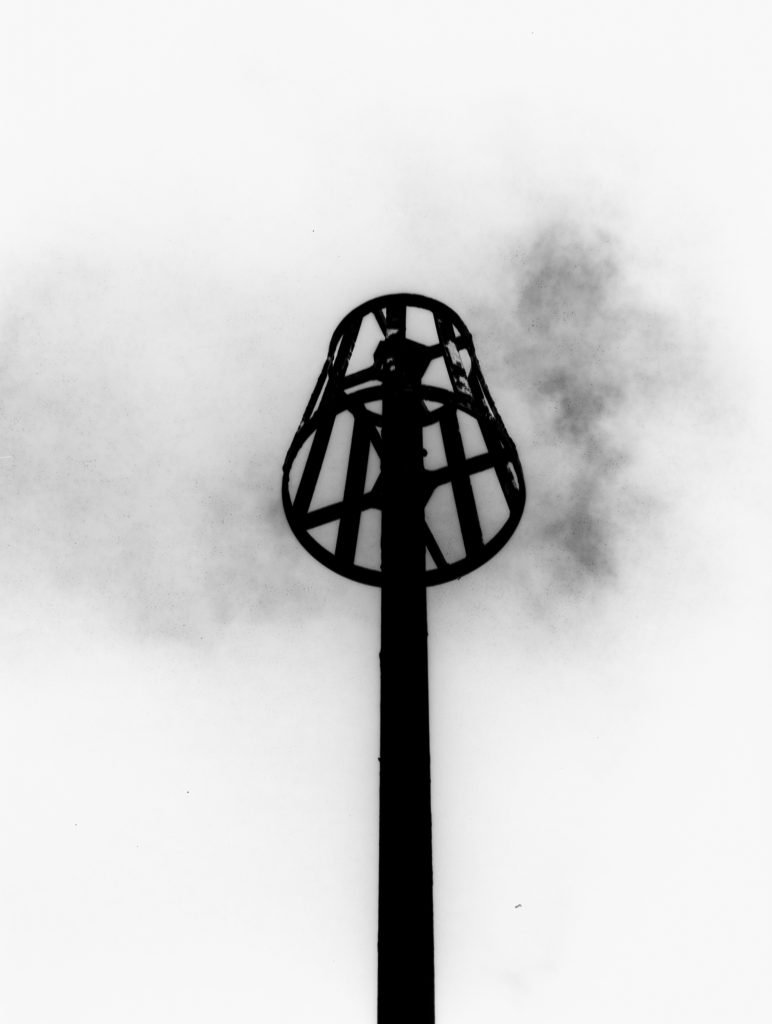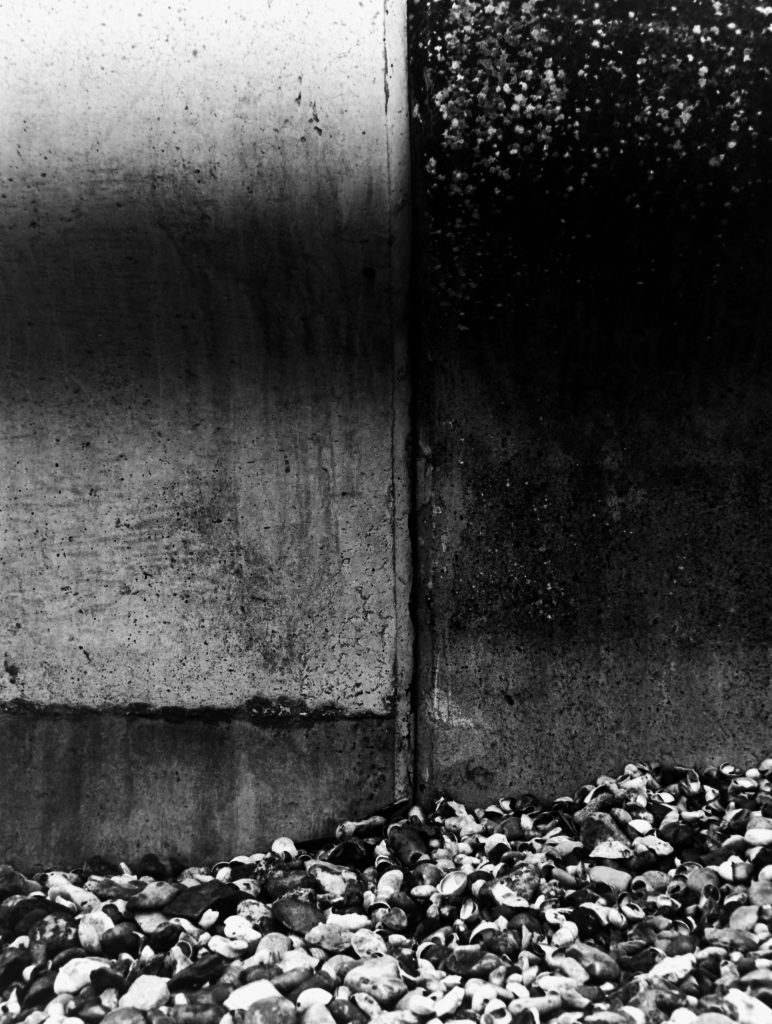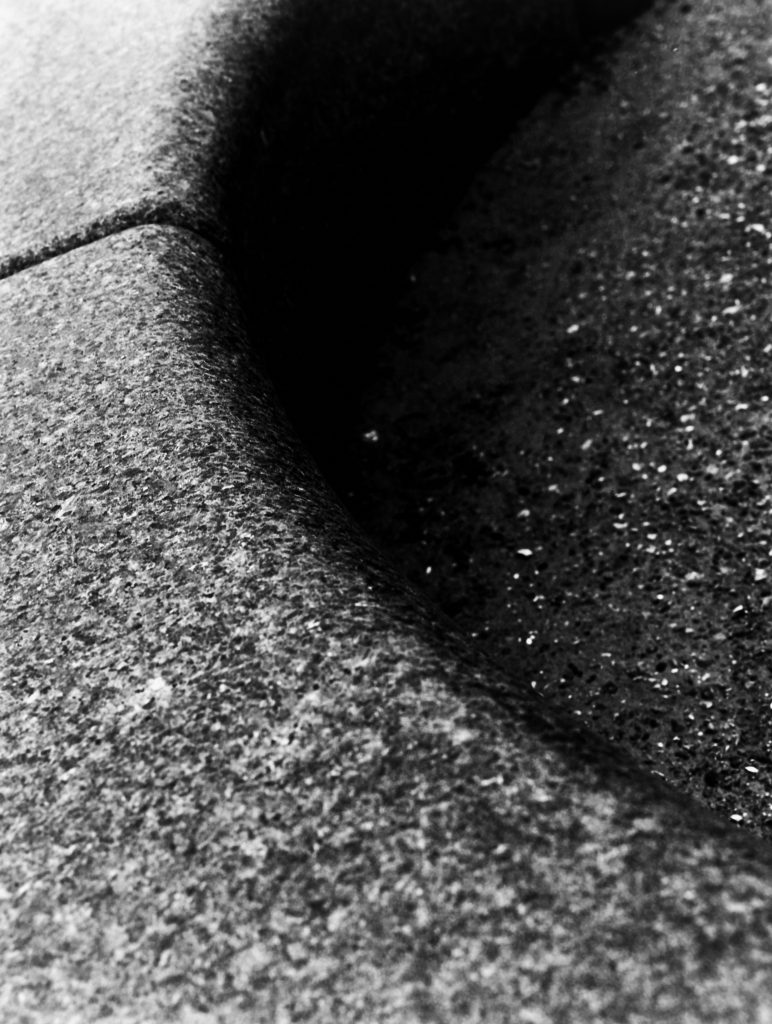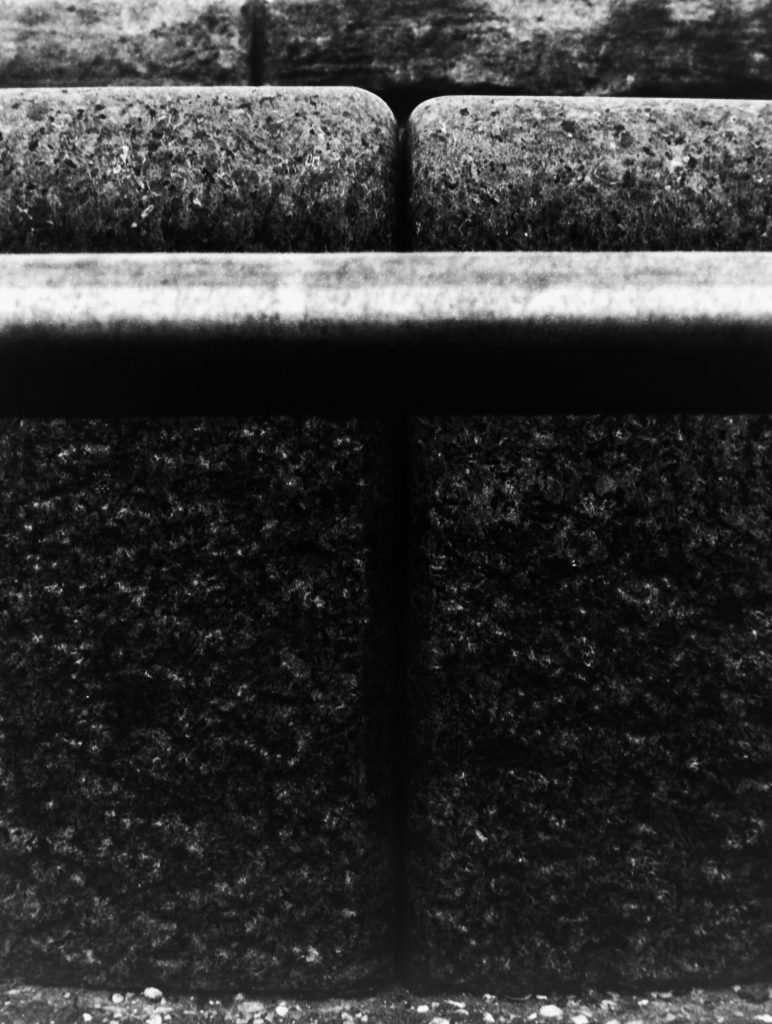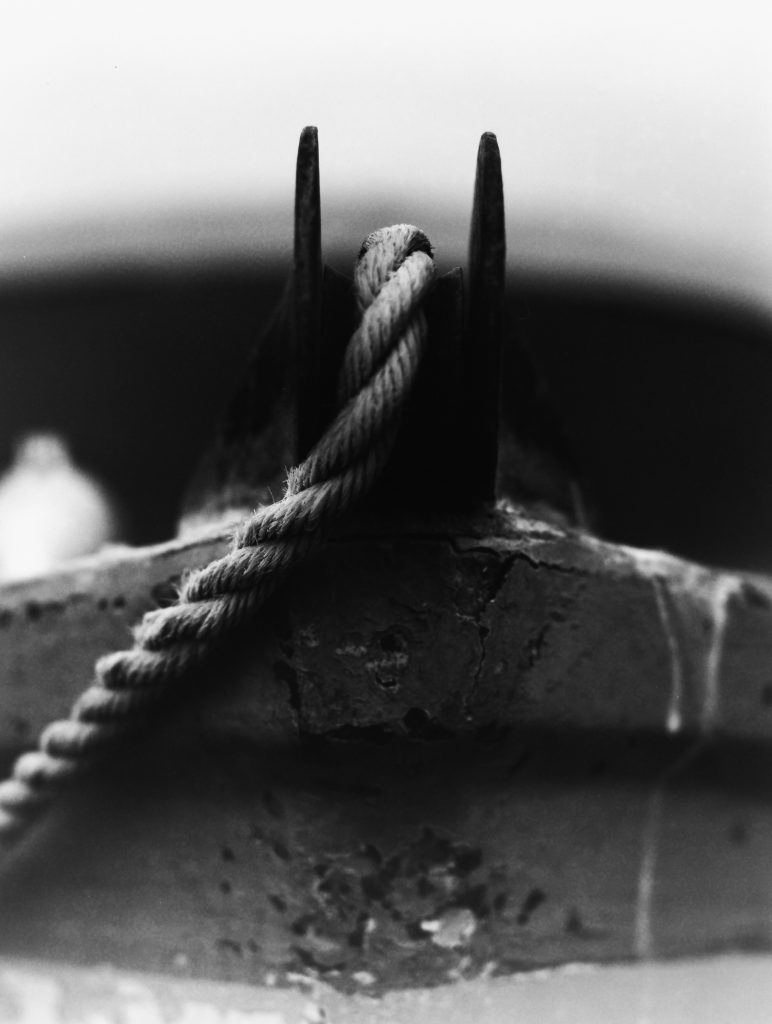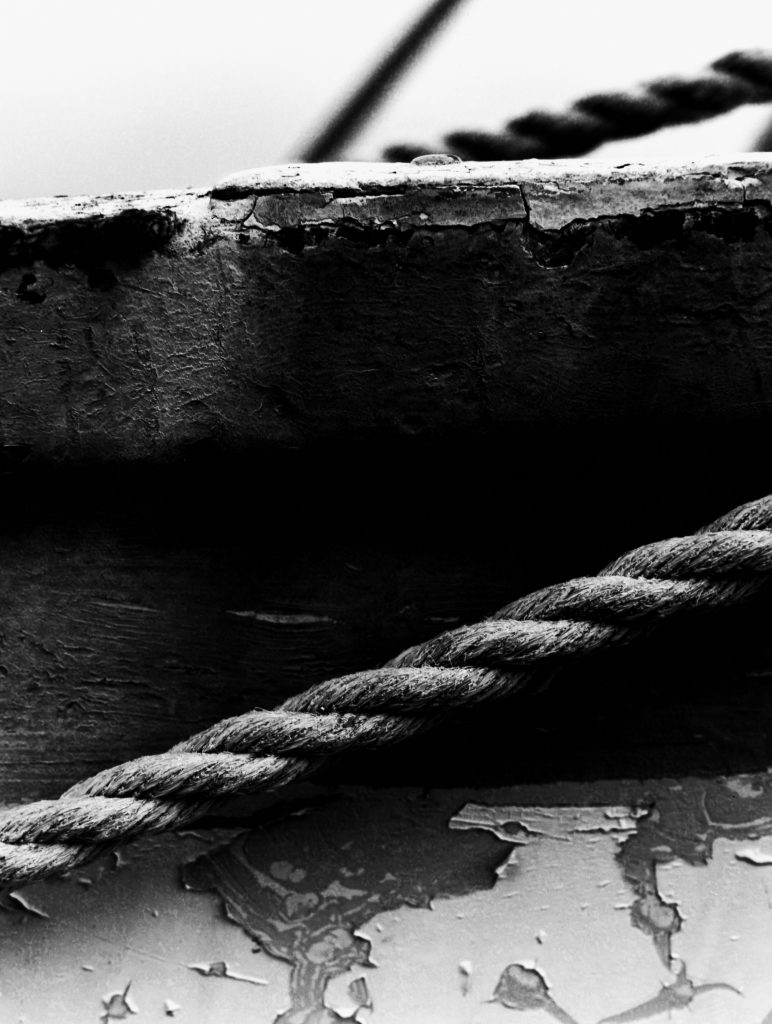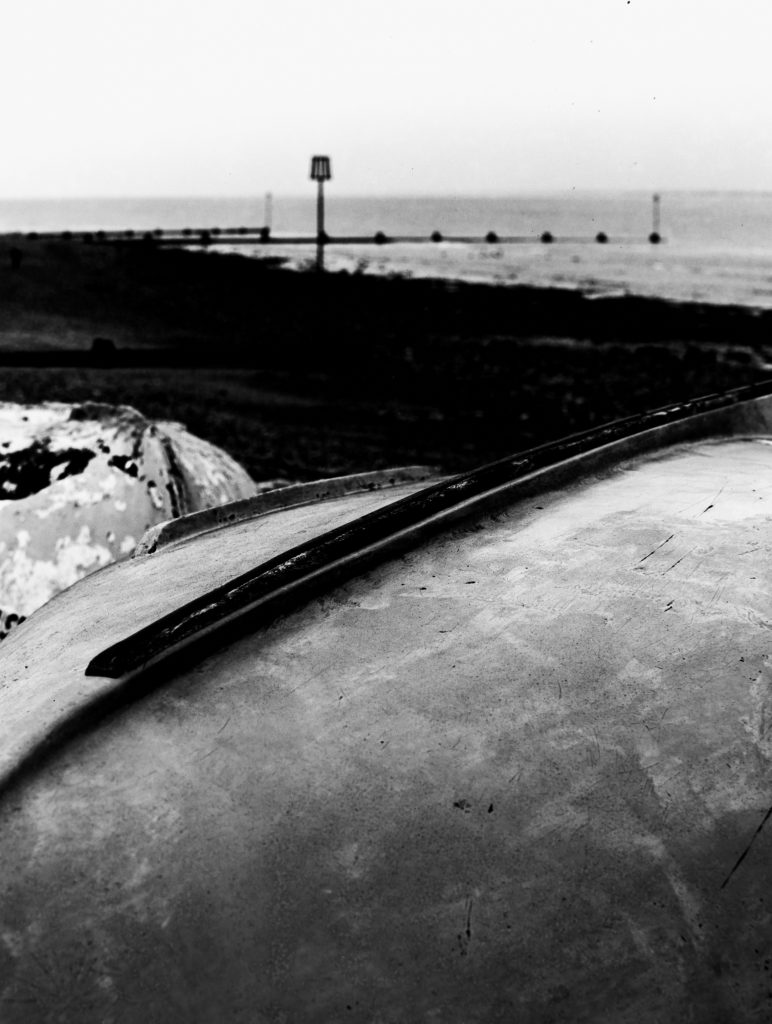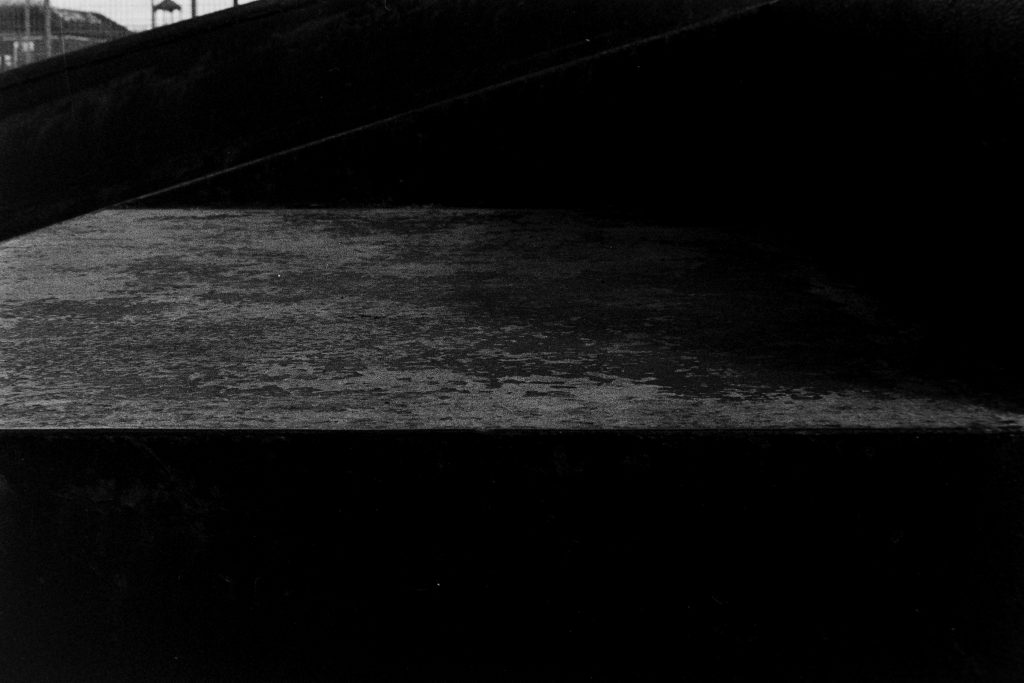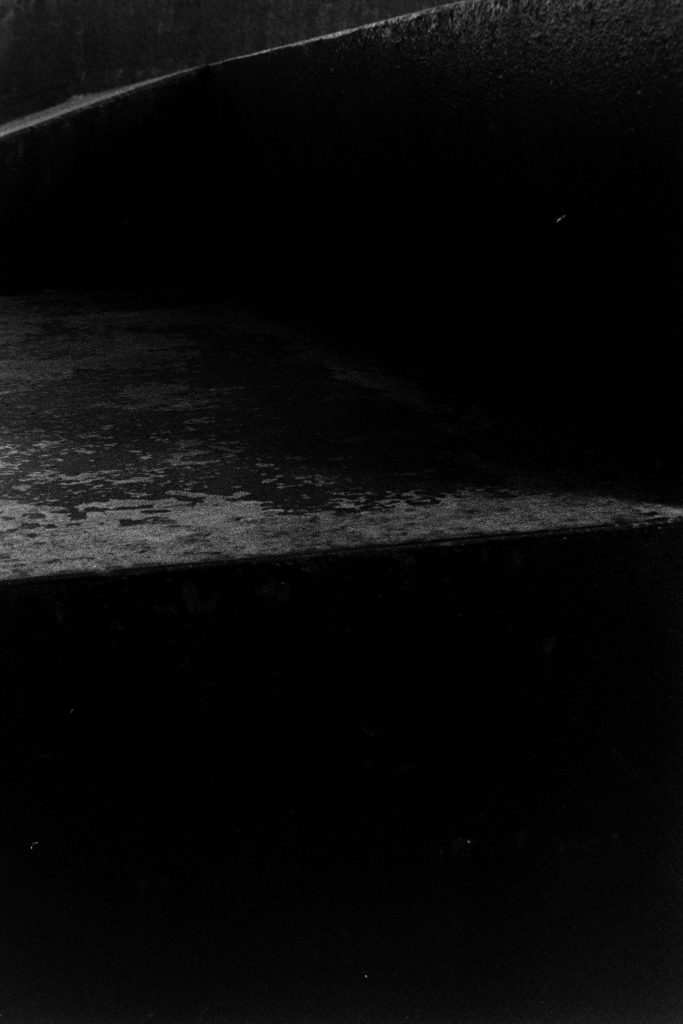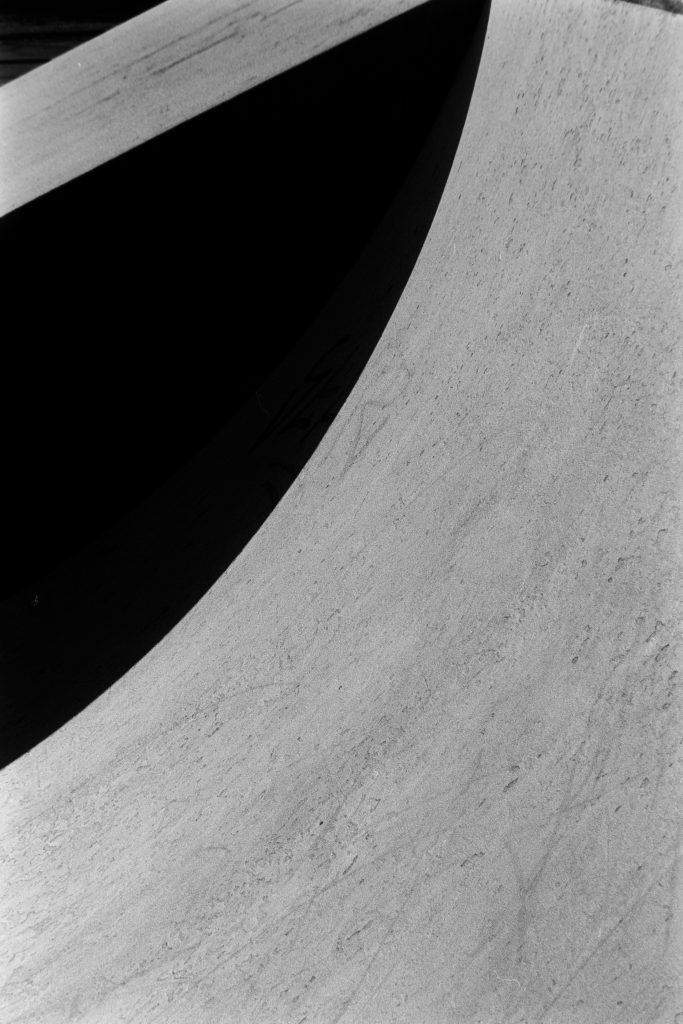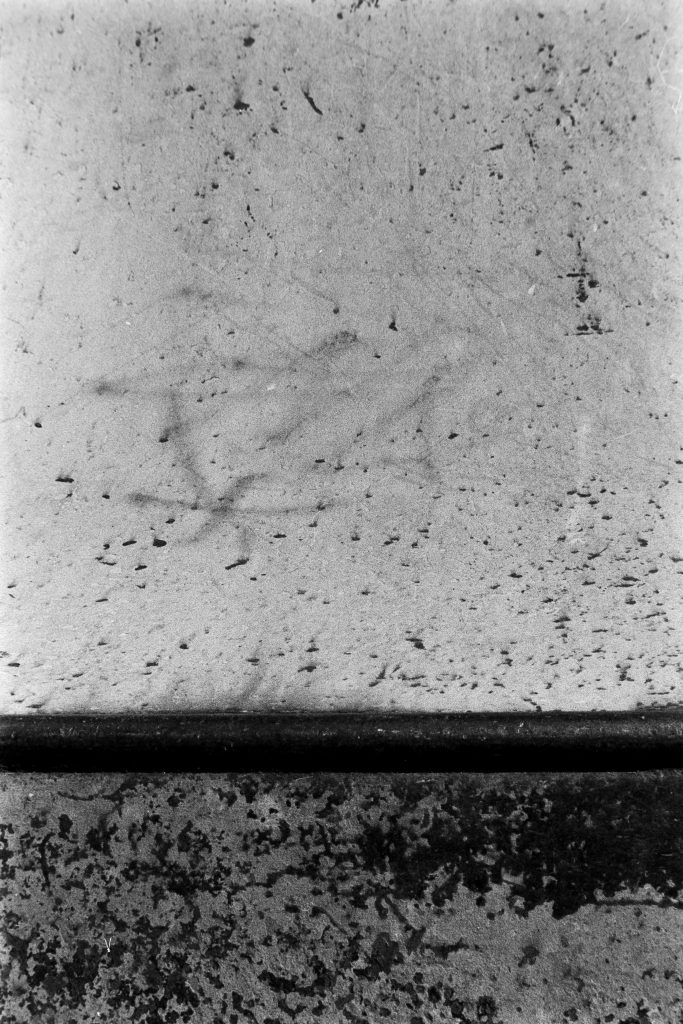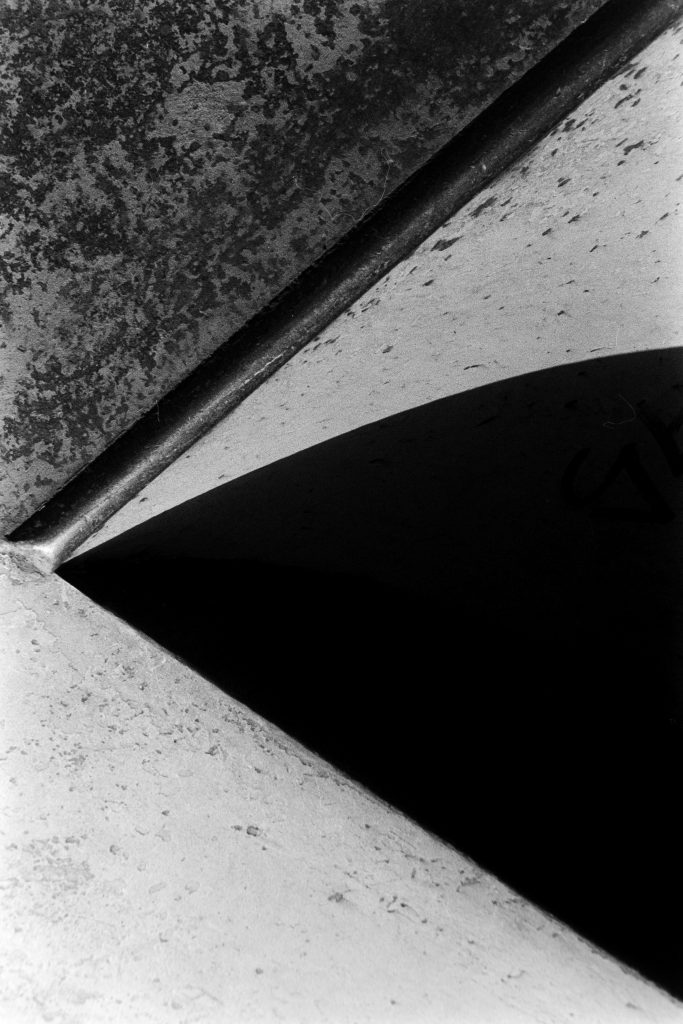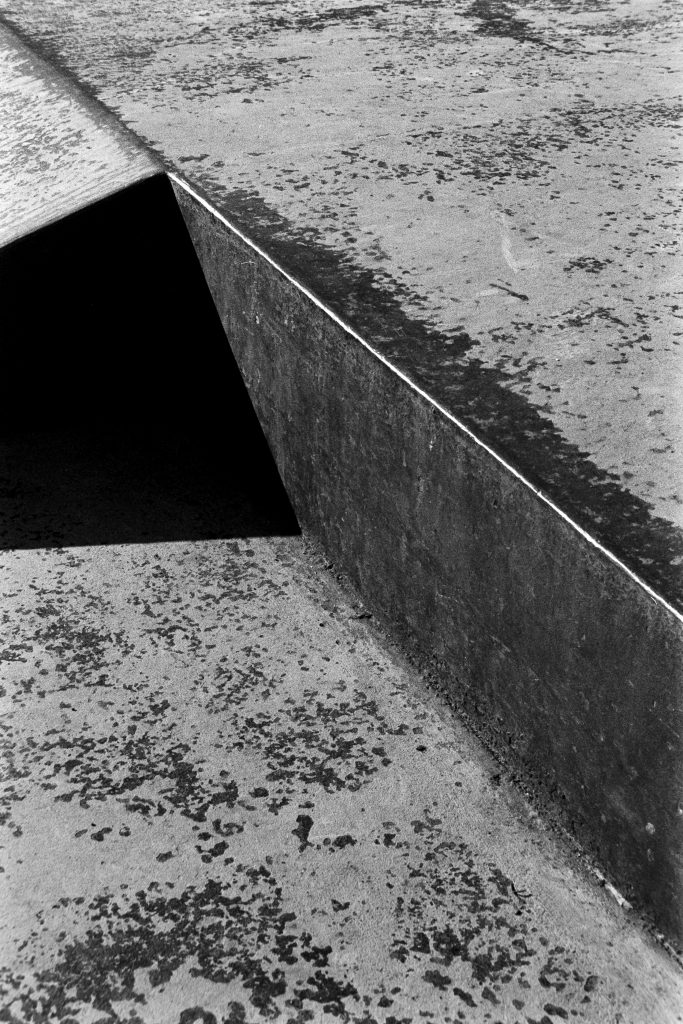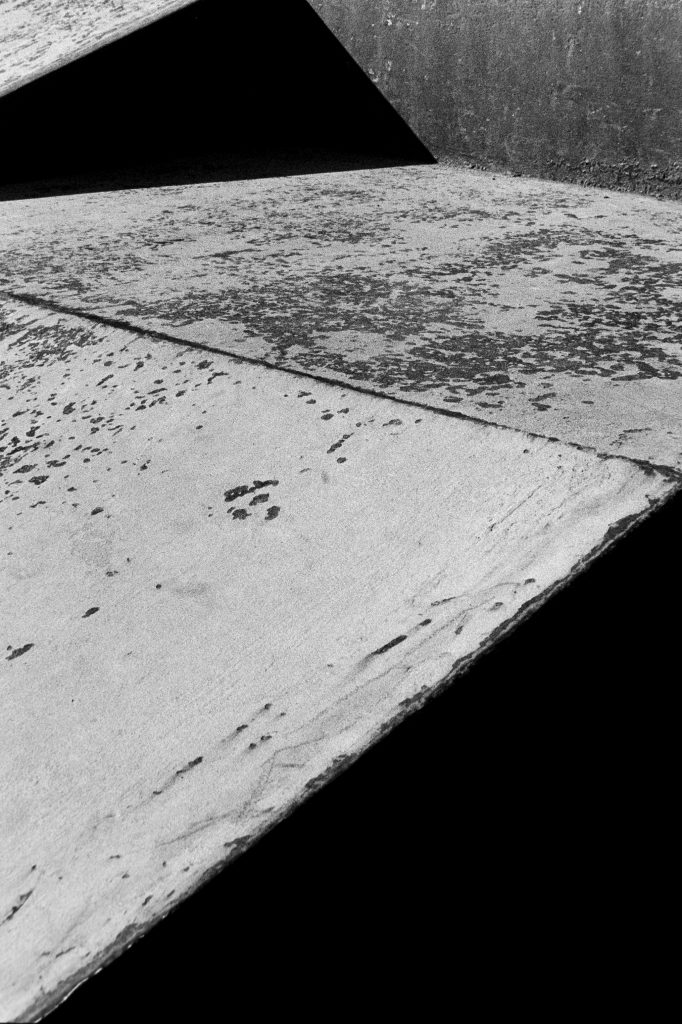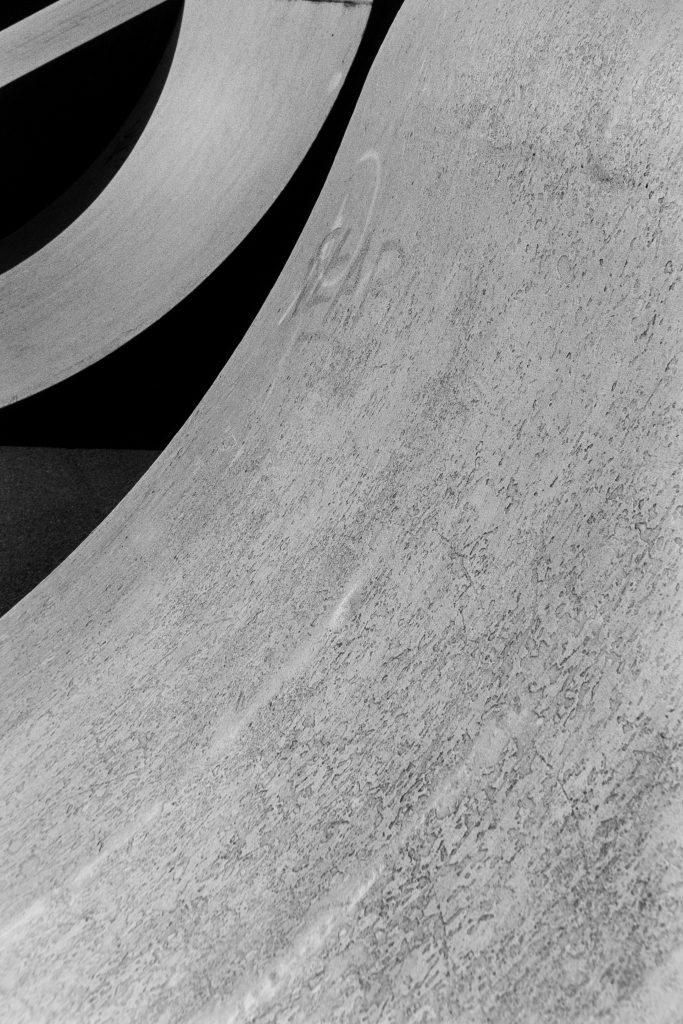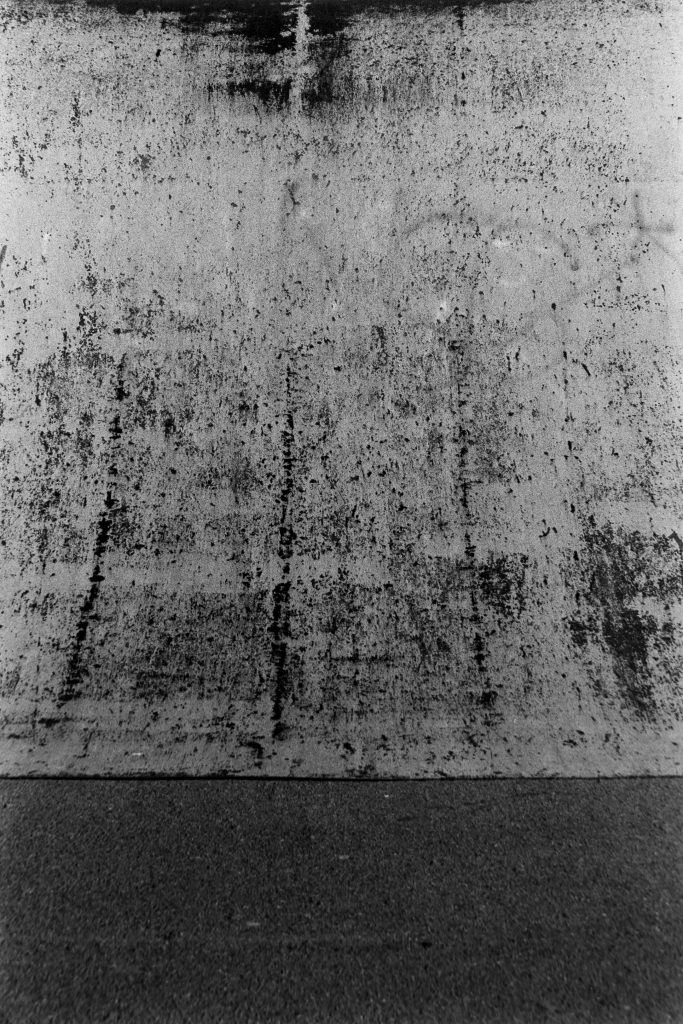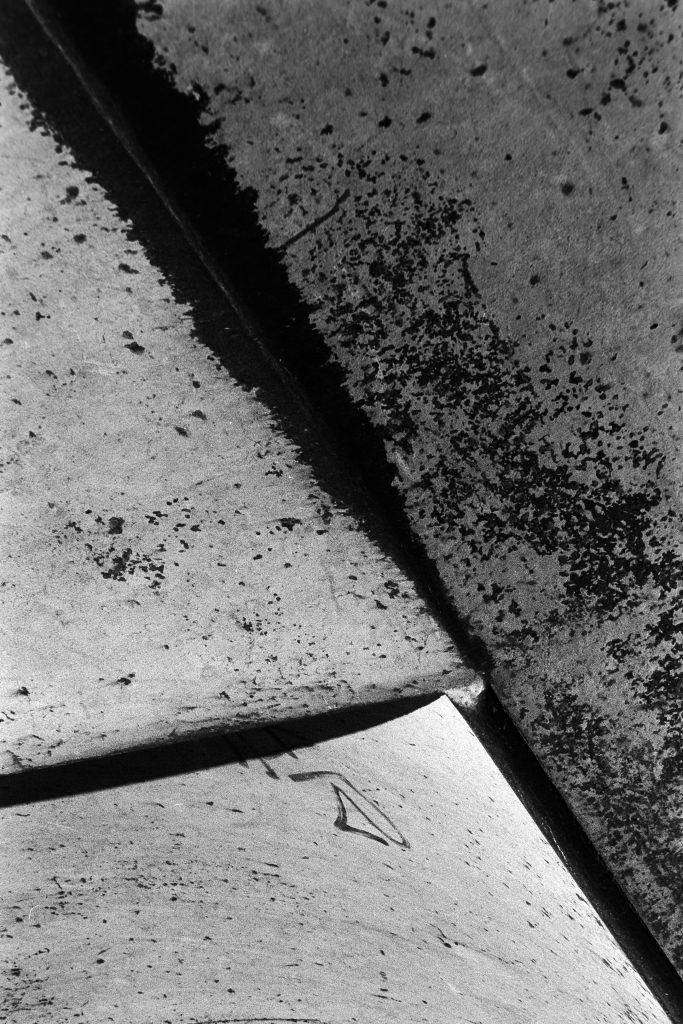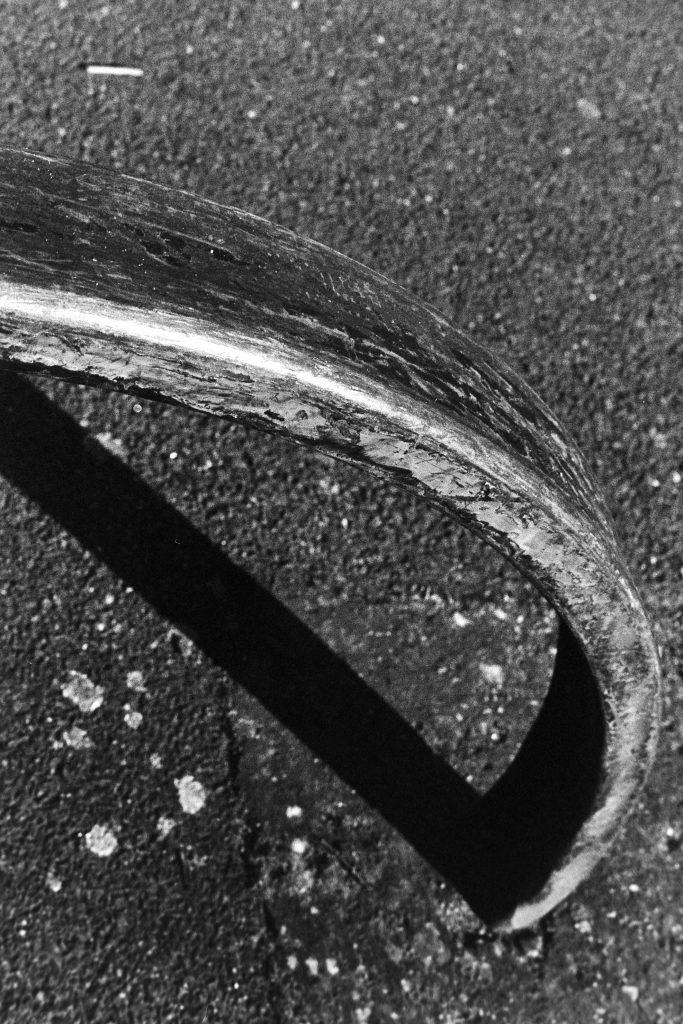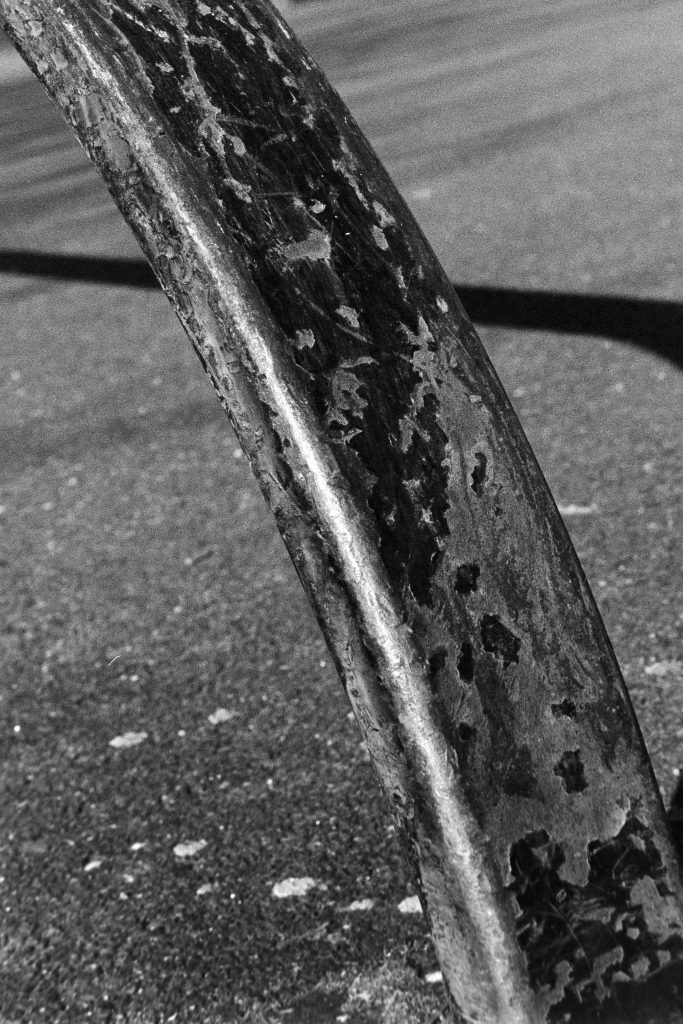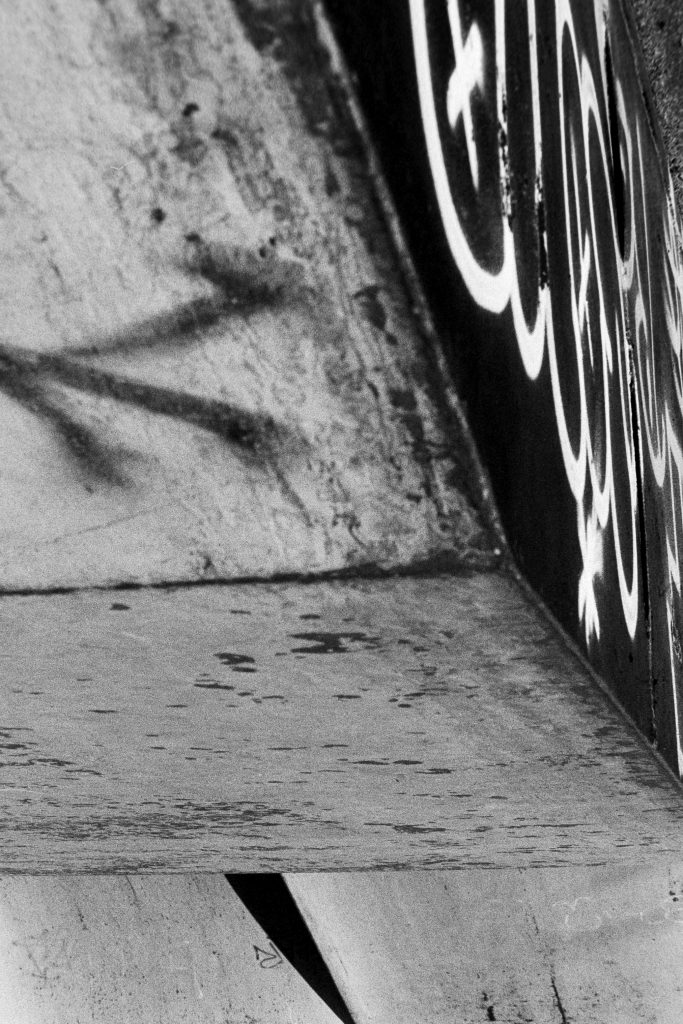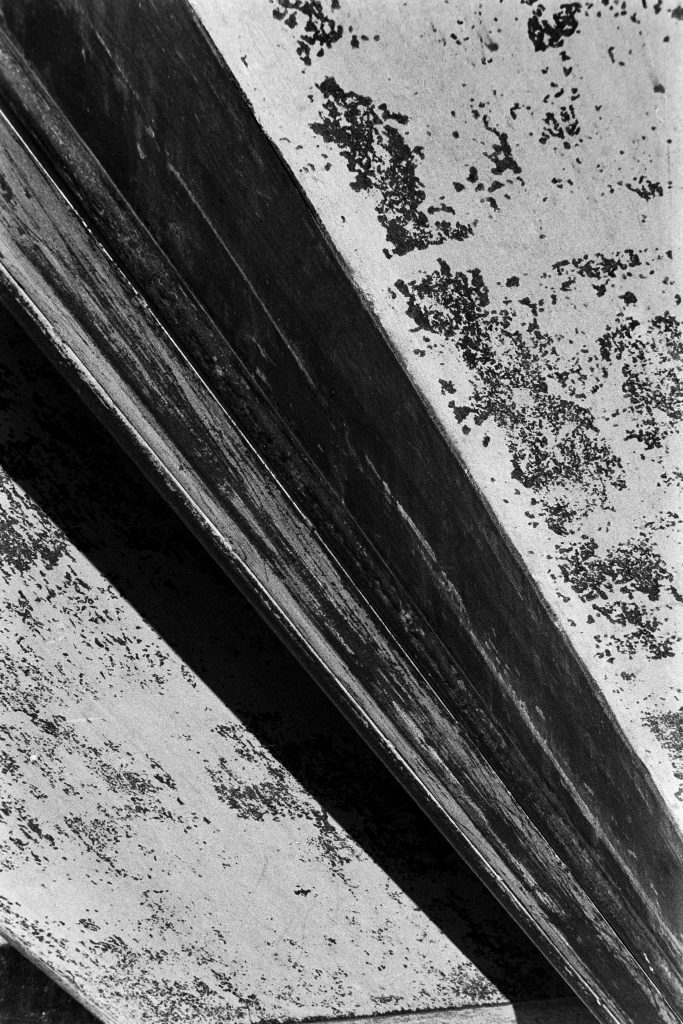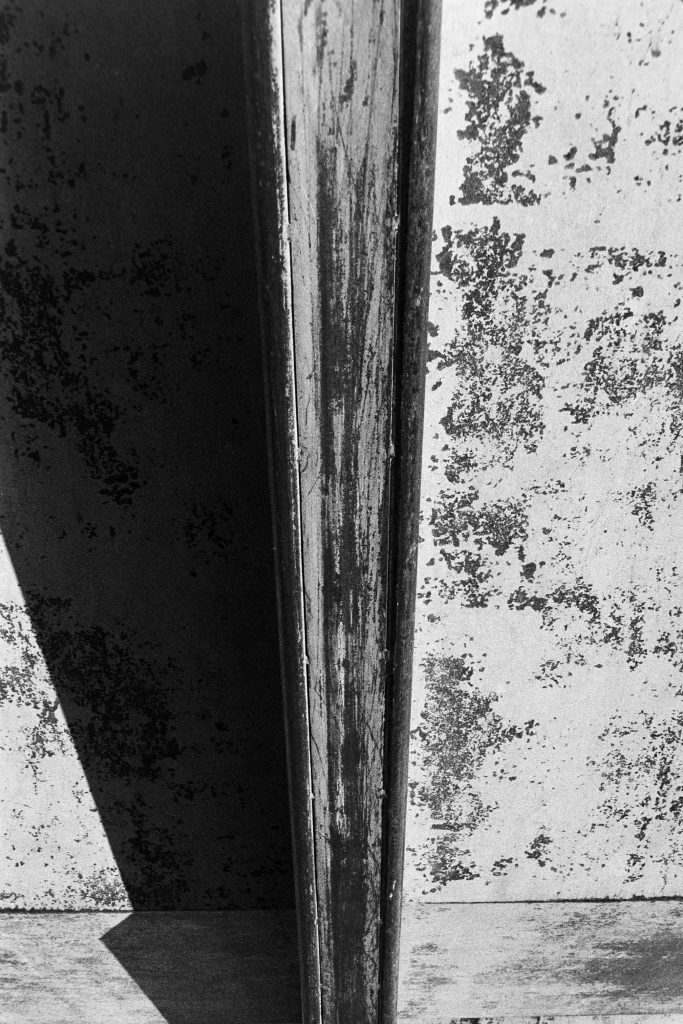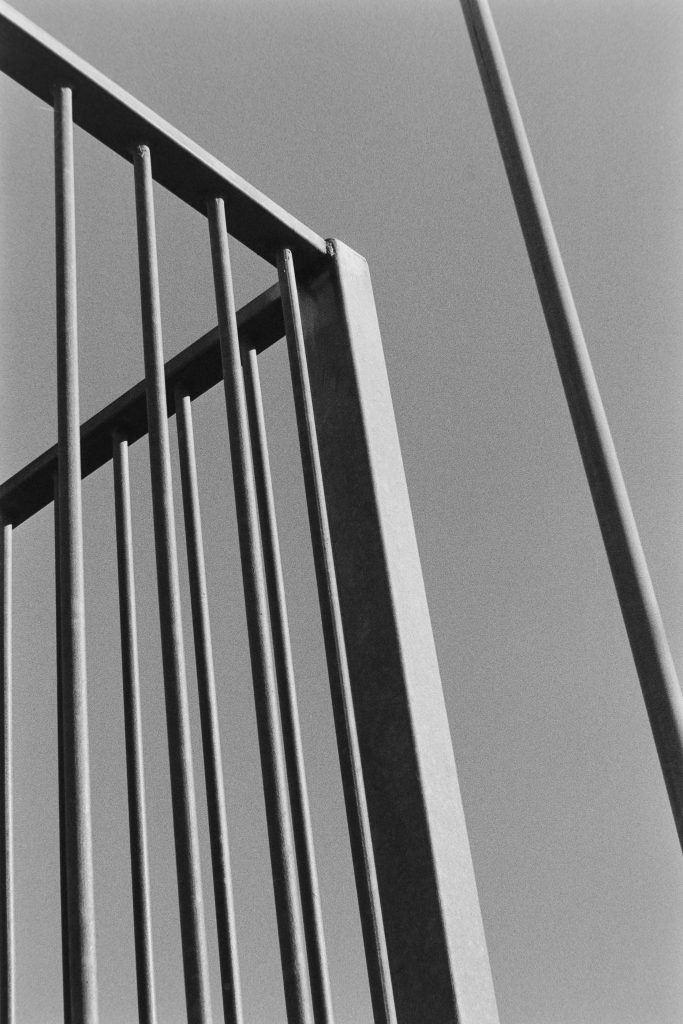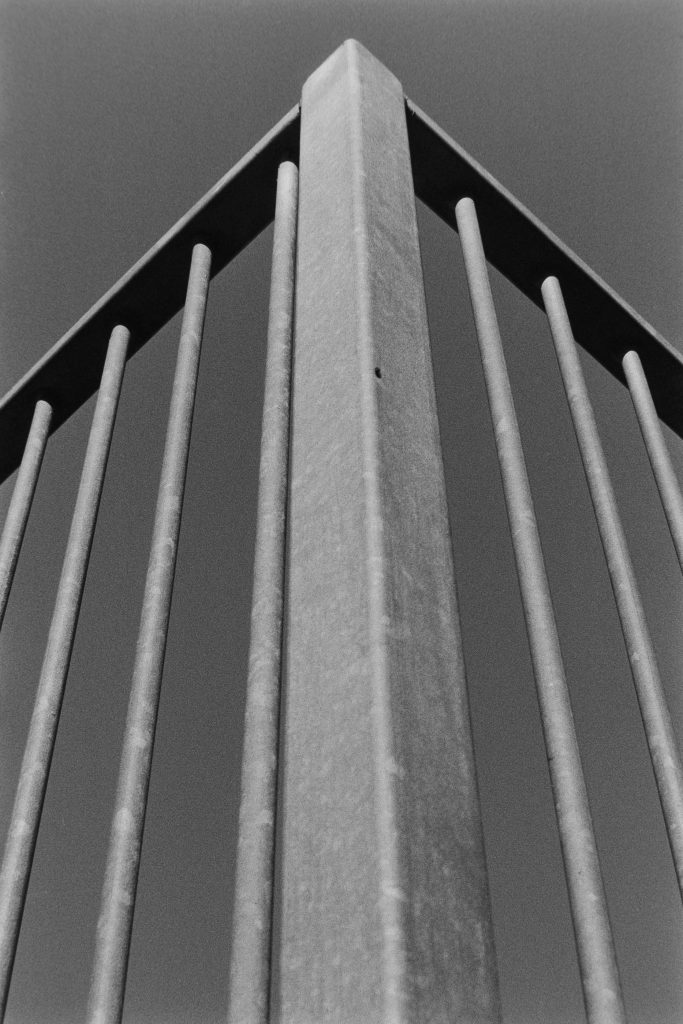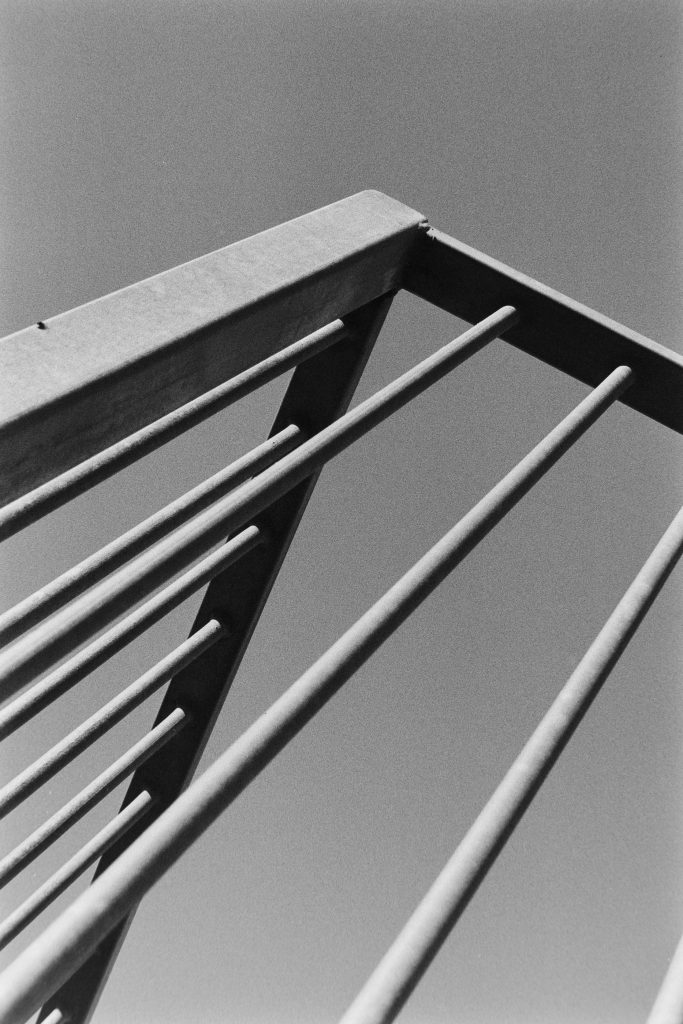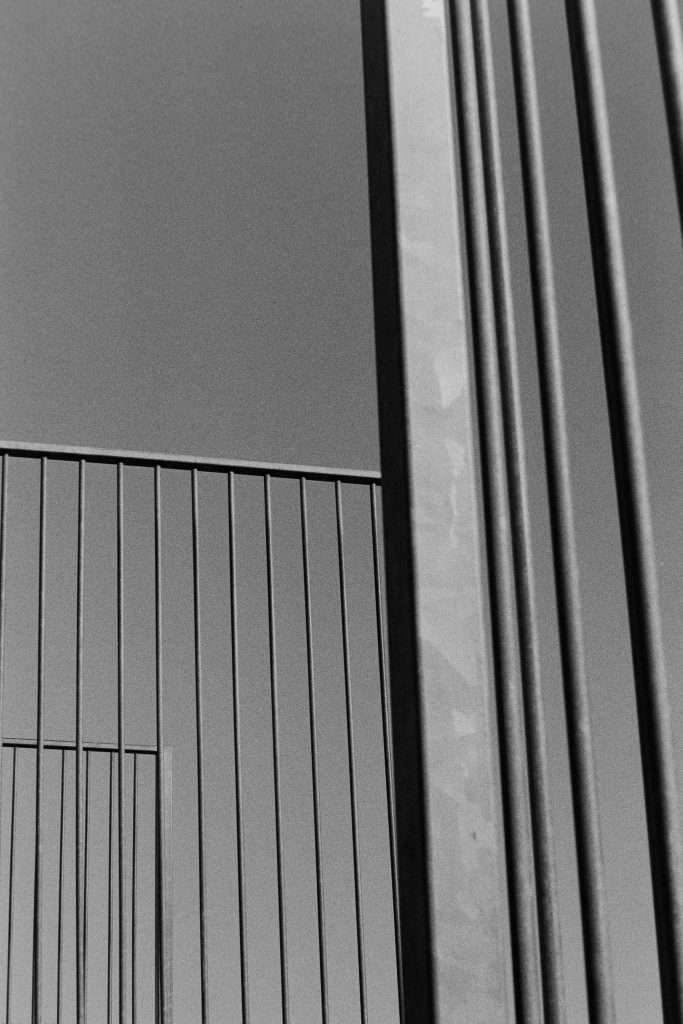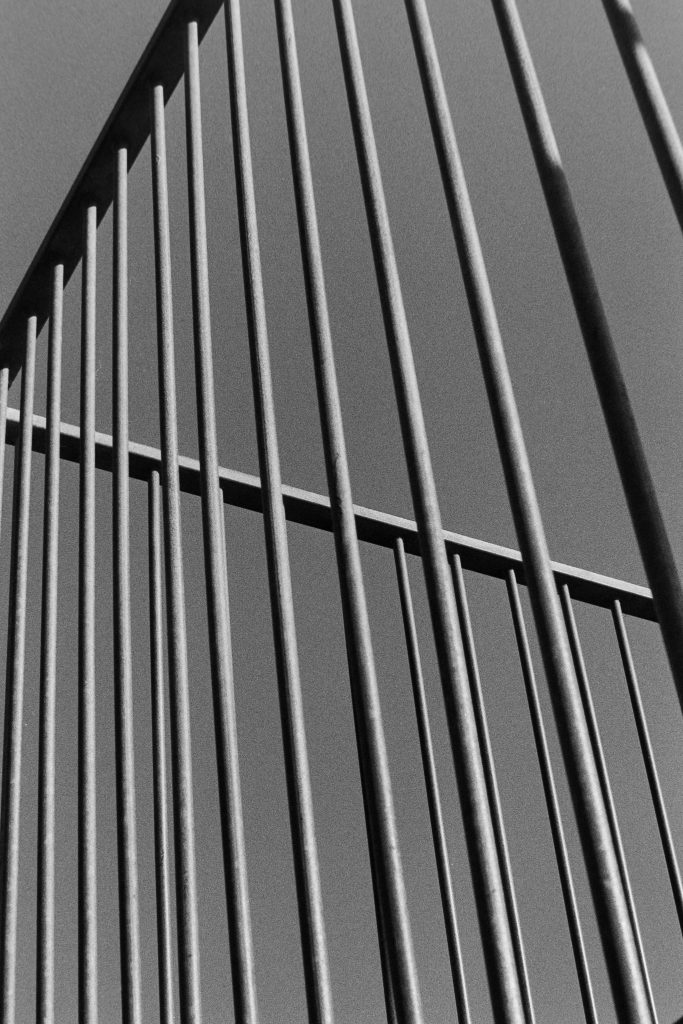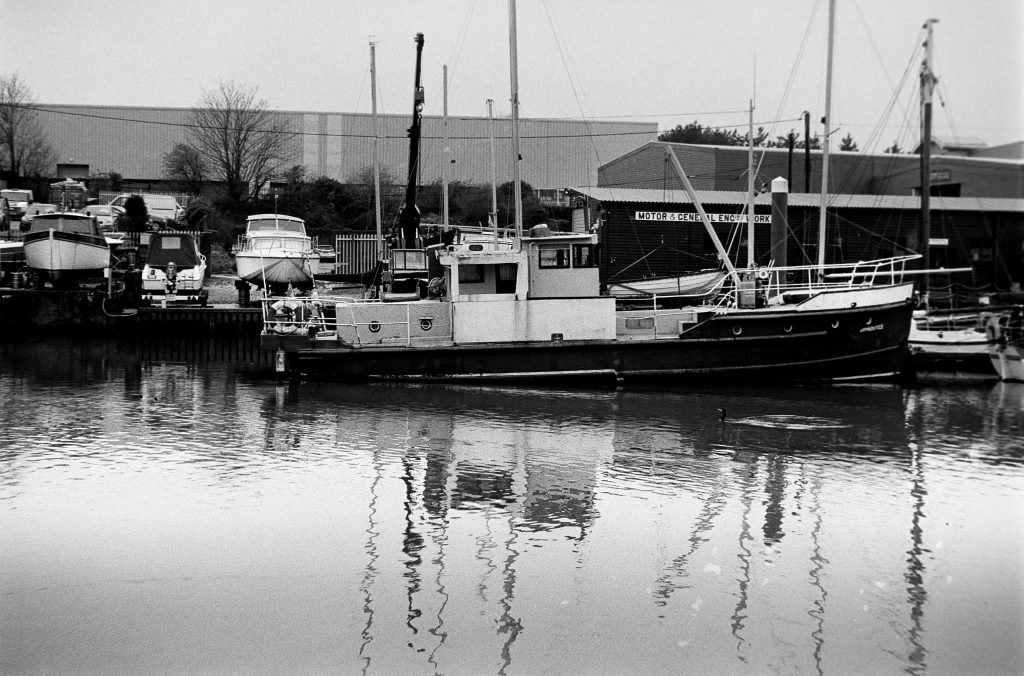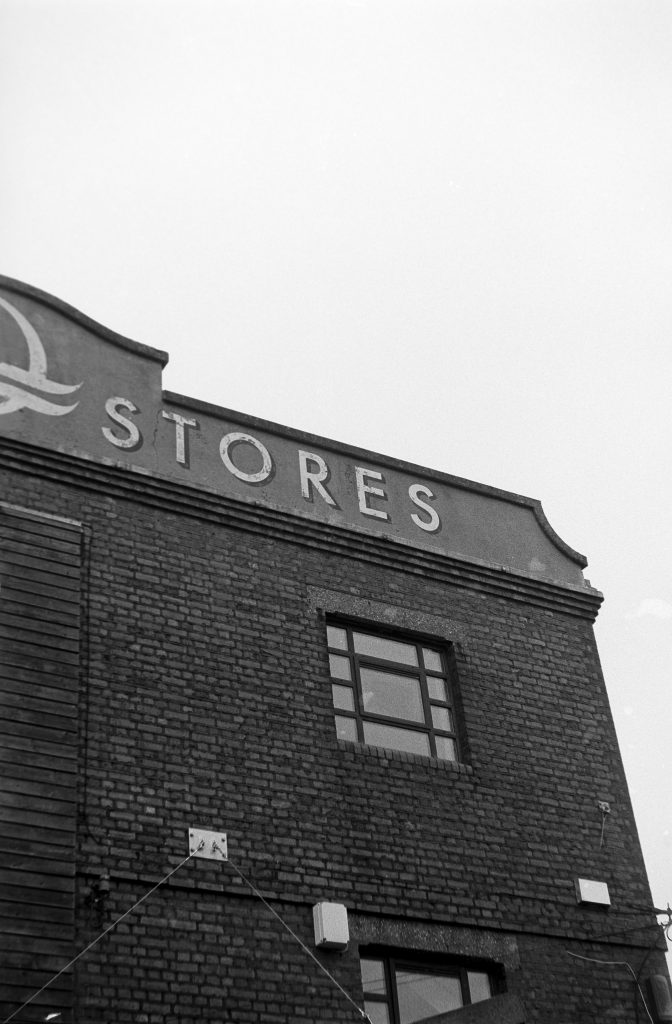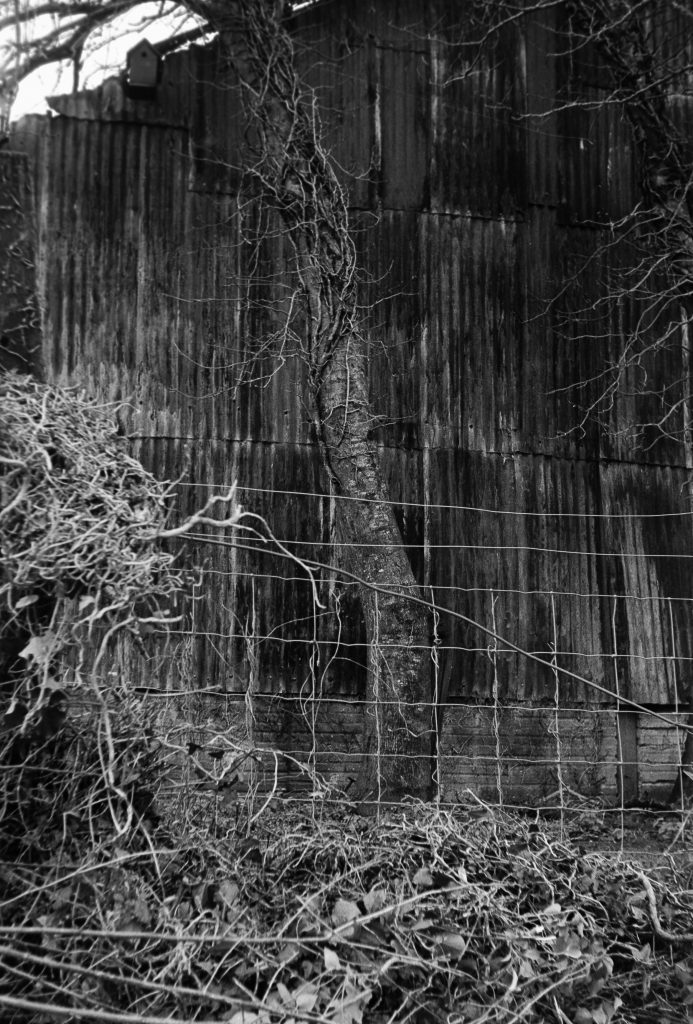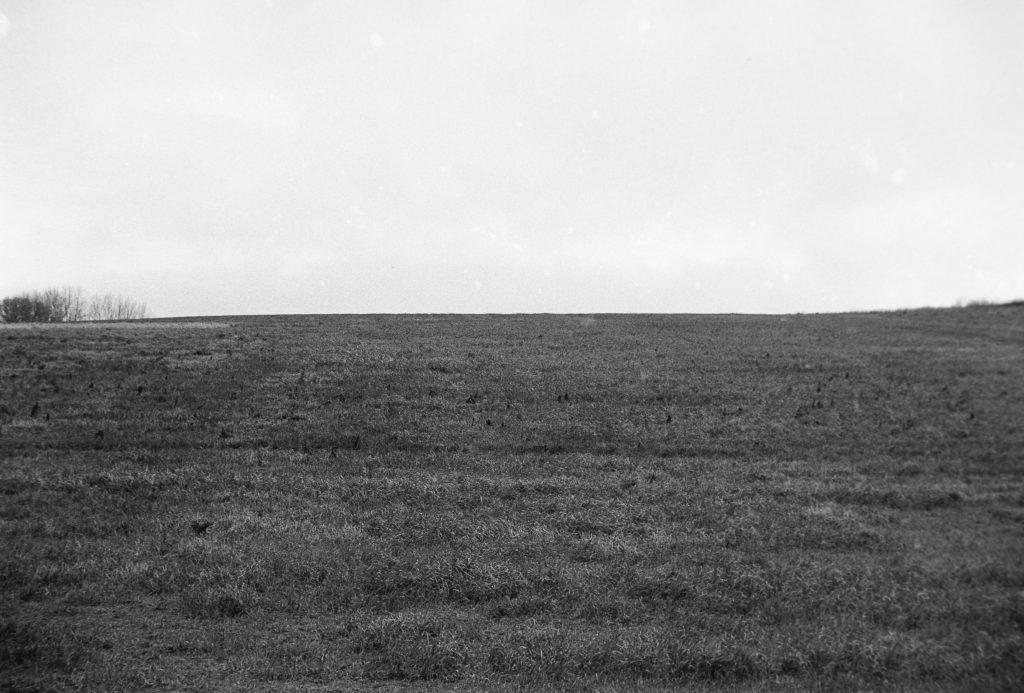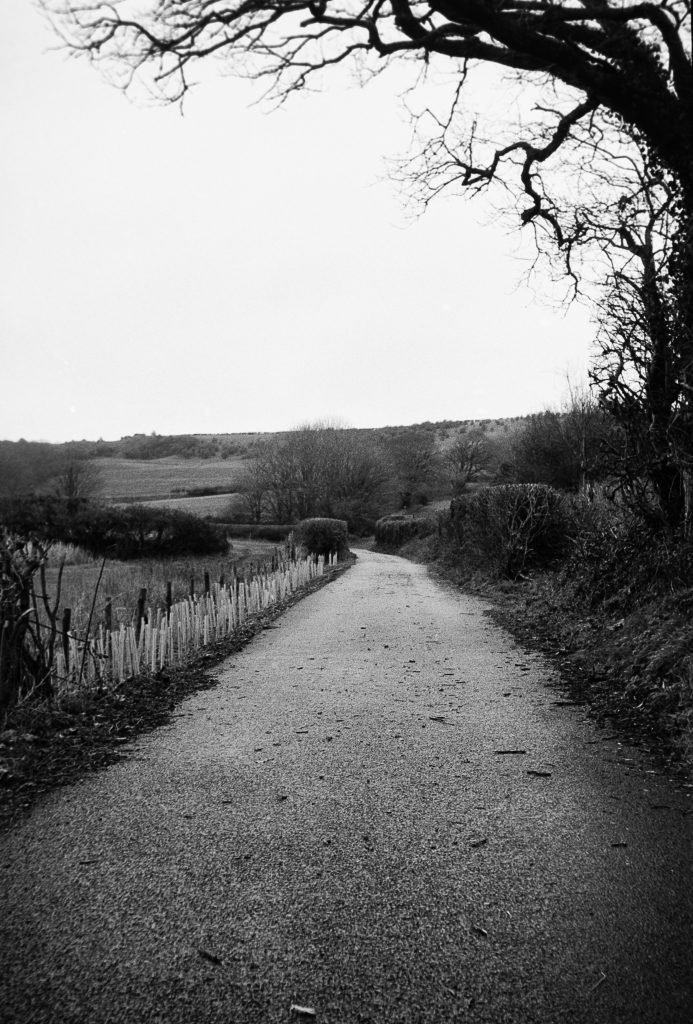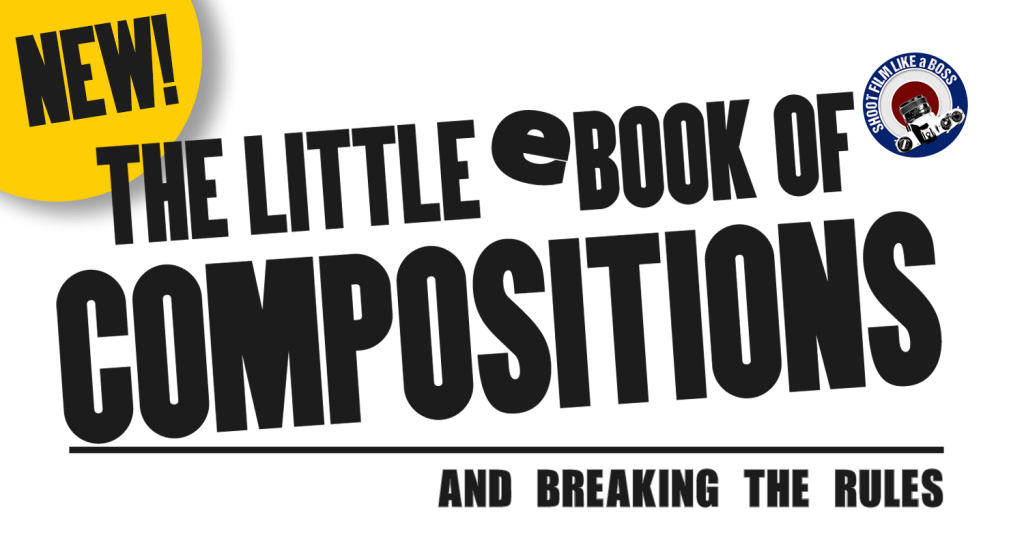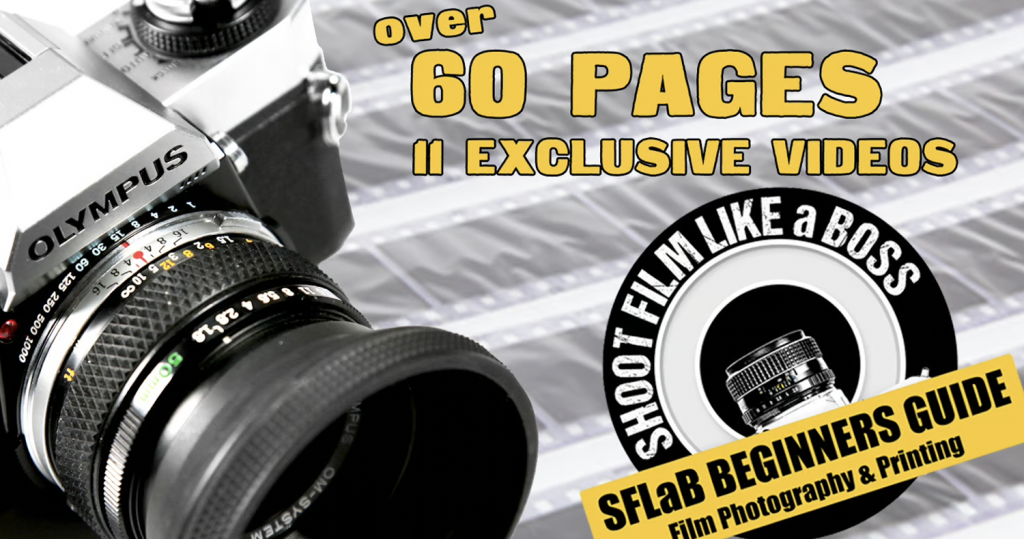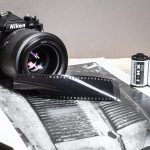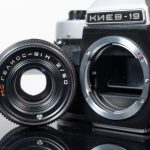Home » Uncategorised (Page 6)
Category Archives: Uncategorised
Portraits with Cinestill XX (Kodak XX)
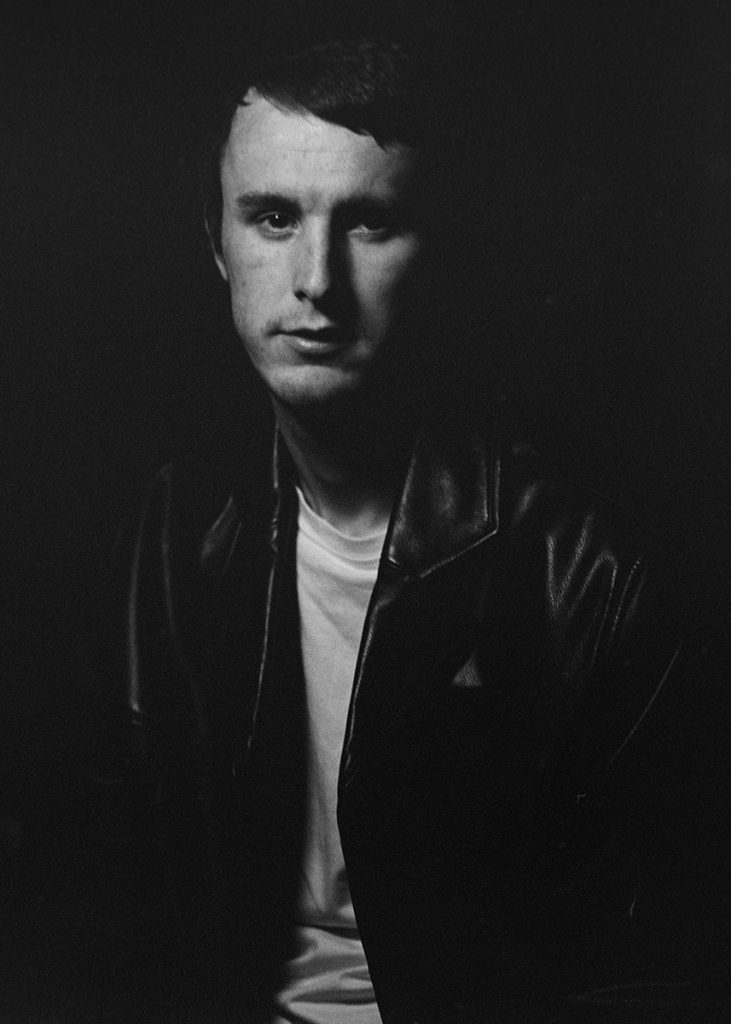
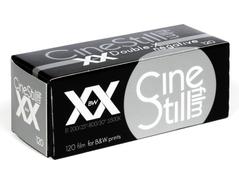
I love venturing into unknown territory with Film Photography. I’m always up for a challenge. If the results are good great, if not then there is more playing to be done.
An SFLaB Subscriber sent me two rolls of Cinestill XX Film. Which is actually Kodak BWXX Film and used in various motion picture films one being a Black & White Film, The LightHouse (2019). A strange film but wonderfully lit and shot.
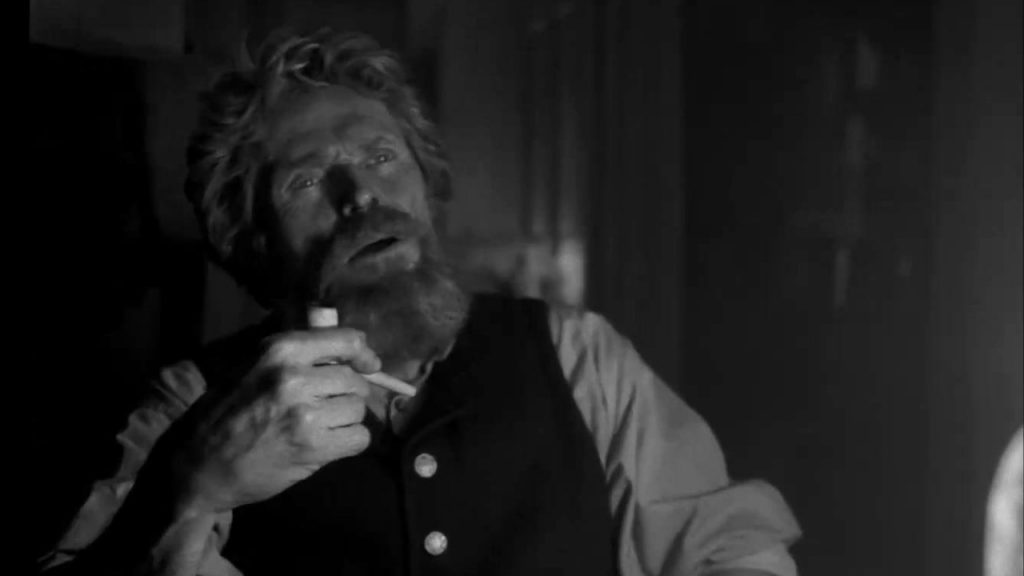
So with two rolls of 120 to play with I needed to know where I stood with shooting and developing it.
I sourced some info online and I found a thread where a photographer shot this film at 800ISO and developed in XTOL 1:3 at 30° for 13 Mins. The photograph they showed had all the detail I liked. Strong blacks and strong highlights too with a sweet grain. I thought, That’ll do me for a start. Even though on the box it says EI200 Indoor and EI250 Outdoor.
Being inspired by the Lighthouse Film I thought I would try a portrait as my test, just to see if this photographers development and EI800 would work for me.
My daughters Boyfriend was over so I decided to use him for my subject.
I set up a simple scene indoors and loaded the film into the Bronica ETRS Camera and put on a 250mm lens and used two LED light panels for my lighting. I also put a black leather jacket on the poor lad hoping to catch some sheen from the lighting.
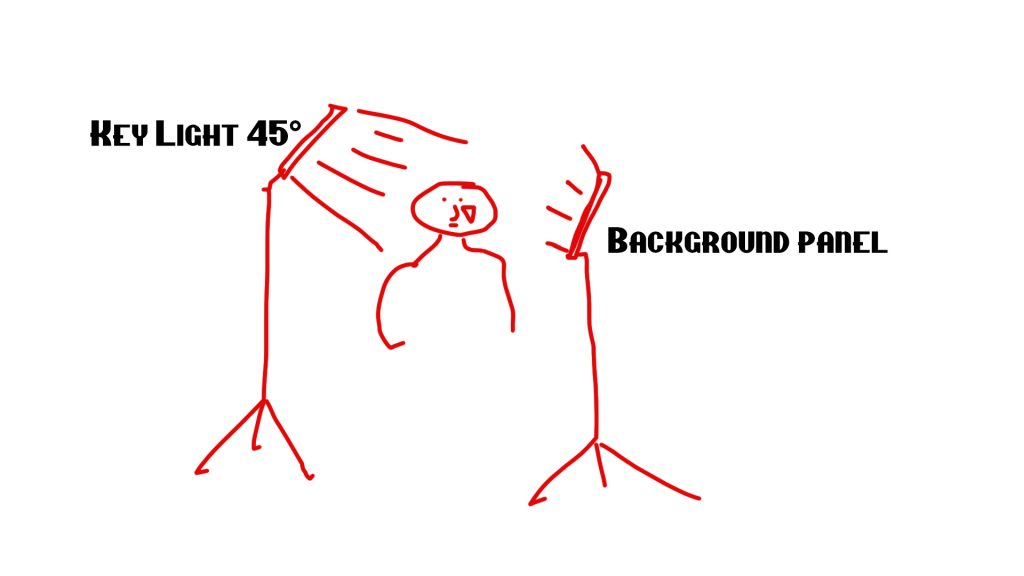
So I went with the Key Light looking down at 45° angle to create a Rembrant look just enough so I had catchlight in one eye and a glint of white in the other. The background panel was on it’s lowest power lighting a curtain a few feet away from the subject. Simple set up.
I then used a grey card next to Jacobs face and metered the Keylight. I got a reading (800ISO) of f/5.6 at 1/30th shutter. Too slow for a portrait but I went for that.
I used the whole roll and took my first shot at the metered value and then went 1, 2 and 3 stops under. (1/60th, 125th, 250th) then I went 3 stops over (1/15th, 1/8th, 1/4th). Crazy for a portrait I know but I am just looking for exposure to work with my developer. Which ever speed looks best then that is how I will rate the film next time.
Here are the results after DSLR scanning.
First set with a leather jacket and fluffy collar.
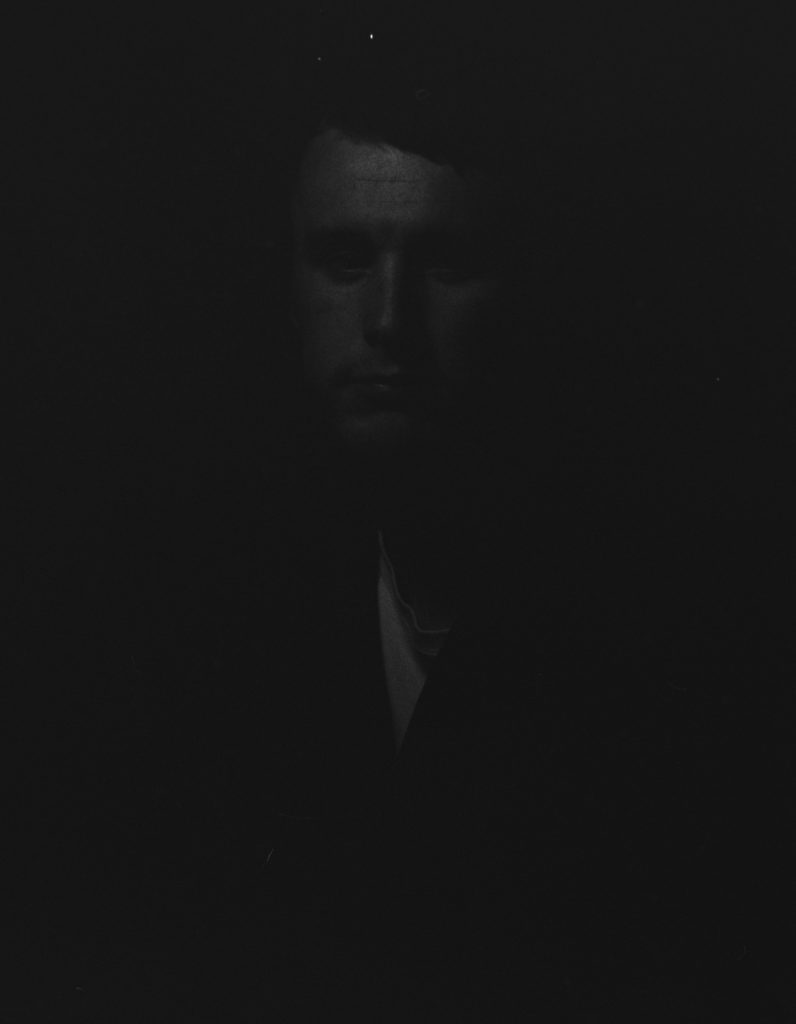
1/250th
Second set with a Black Leather Jacket.
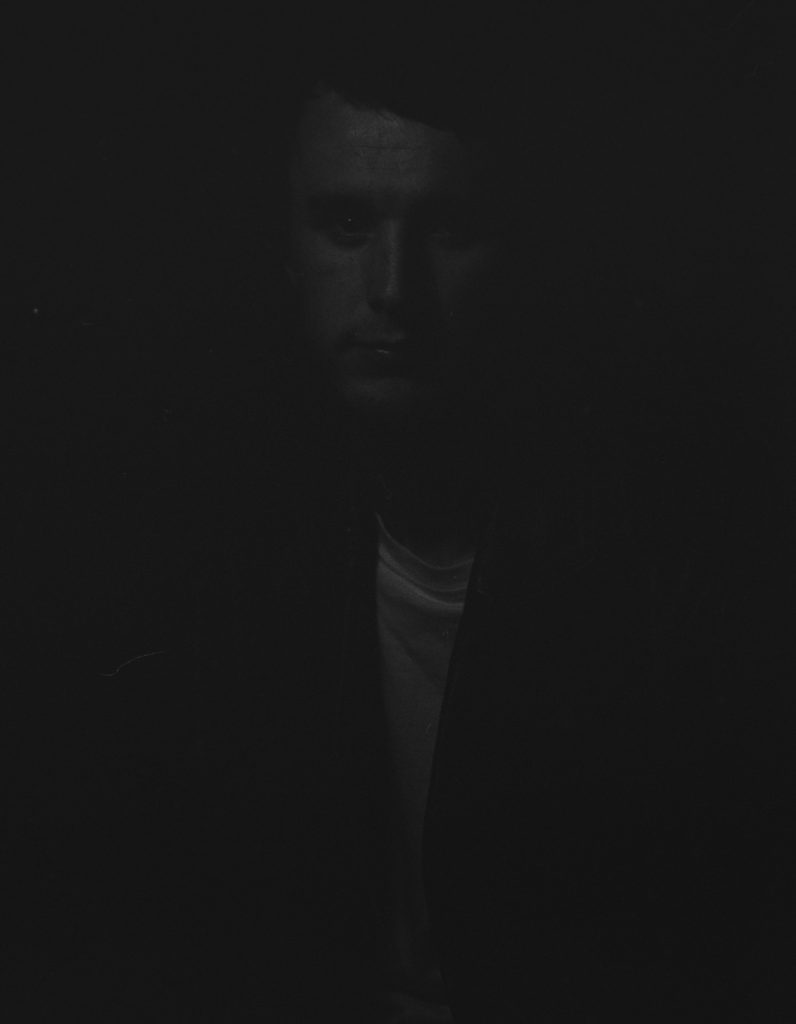
I lit Jacob in such a way that it was very subtle yet enough for me to see a catchlight in his right eye and some white in the other. But not enough to spill over his left shoulder. So the light is wrapping around his face.
So 1/30th of a second at f/5.6 was my metered exposure. But I forgot to allow for the 250mm lens I was using. I had to allow an extra stop of light for that. Which brings my metered exposure to 1/15th at f/5.6 and you can see the exposures at 1/15th are looking great. Apart from motion blur!
So I am happy with the metering and shooting this film at 800ISO and developing in XTOL as mentioned above. I have another roll to shoot which I am intending to find a suitable subject soon. I am thinking of something lit by streetlight or maybe another portrait. Except this time, if it’s a portrait, the lighting has to be at least 4 stops brighter to get me to f/8 and 125th speed!
I think this is a lovely film for a classic portraiture look with rich blacks and bright highlights and a sweet grain too.
Fomapan 400 and Rodinal
Using a Nikon F5 in Aperture Priority Mode I shot half a roll of Fomapan 400 on a light overcast and sometimes bright moment day. I developed the film in Rodinal 1:25 for 5.5minutes at 20°. 10 Second Inversions to start and then 5 Inversions each minute after. I used water as a stop bath and Ilford Fixer. Then washed as normal.
I used my DSLR to scan the negatives and made slight adjustments to the contrast in Lightroom.
The film renders nice tonality and detail with nice sharpness too. The grain is very noticeable in Rodinal.
Here are my images for reference.
Long Exposures on Film!
If you haven’t seen my video on how I make long exposures on film then here is the link to the video on YouTube.
I say much in the video but here is a written version for those that are starting out in Film Photography and are stumped, as I once was, with long exposures.
Before I got into Film I used to shoot a lot of long exposures on Digital. Living around beaches it’s an easy subject for long exposure photography. My process was simple. Plot up with a tripod and cable release, find a suitable composition, select an aperture, usually around f/11 and then start testing my shutter speeds whilst looking at the back of the screen to see which shutter was best for my ISO and Aperture. Then start snapping away! You couldn’t go wrong. On the back of the camera is a screen so I could see instantly what my photographs looked like. The only trouble with this was I would come back from the beach after sunset with loads and loads of images to scroll through on the computer. Then I’d pick a few I liked and send the rest to the trash! And I would generally have some beautiful images with nice wispy sea creeping up toward the lens.
When I started getting into Film Photography I cam across a problem. METERING! A film camera has no digital screen to look at. And although some have a meter inside by way of a needle or coloured dots I couldn’t figure out how to shoot a long exposure and get a good result. Until I learned how to use a handheld meter.
My first attempt at long exposures on film was a disaster. I metered correctly but my negatives were always under exposed. I then learned about Reciprocity Failure. Tricky for that word to sink in at first. Then it made sense.
Unlike Digital Cameras, Film is made of a Silver Emulsion and for light to absorb its way onto that emulsion it takes time. Not for quick exposures but for longer exposures. Usually for exposures longer than 1 second. So with that in mind, if I am taking long exposures on film and my metered time is 10 seconds I need to feed the emulsion on the film a longer time than 10 seconds for the light to soak into the film. Okay. That makes sense. To me at least!
The meter doesn’t know I am shooting film. It doesn’t care either. It just gives me a value (Aperture and Shutter Speed) to set into the camera according to the ISO or Film speed I am shooting. With digital that 10 seconds is all I need. But with Film I need to work out how much longer I need to expose past that 10 seconds for the films “Reciprocity Failure”. The contact term for this phenomenon.
And it’s very easy to work out but not every film has the same emulsion and therefore each film has a different reciprocity failure time. In which case if you go online and look for the data sheet for the film you want to shoot you will find the reciprocity failure time guide. It looks a bit tricky at first but its quite easy.
Let’s look at Ilford FP4. After finding the reciprocity chart on Ilfords website. Here it is. Note the bottom is your metered time and the side is adjusted time. And let’s say we have used our light meter and for that 125 ISO film we have F/11 at 10 Seconds exposure time. (f/11 10s). It’s easy to use the chart.
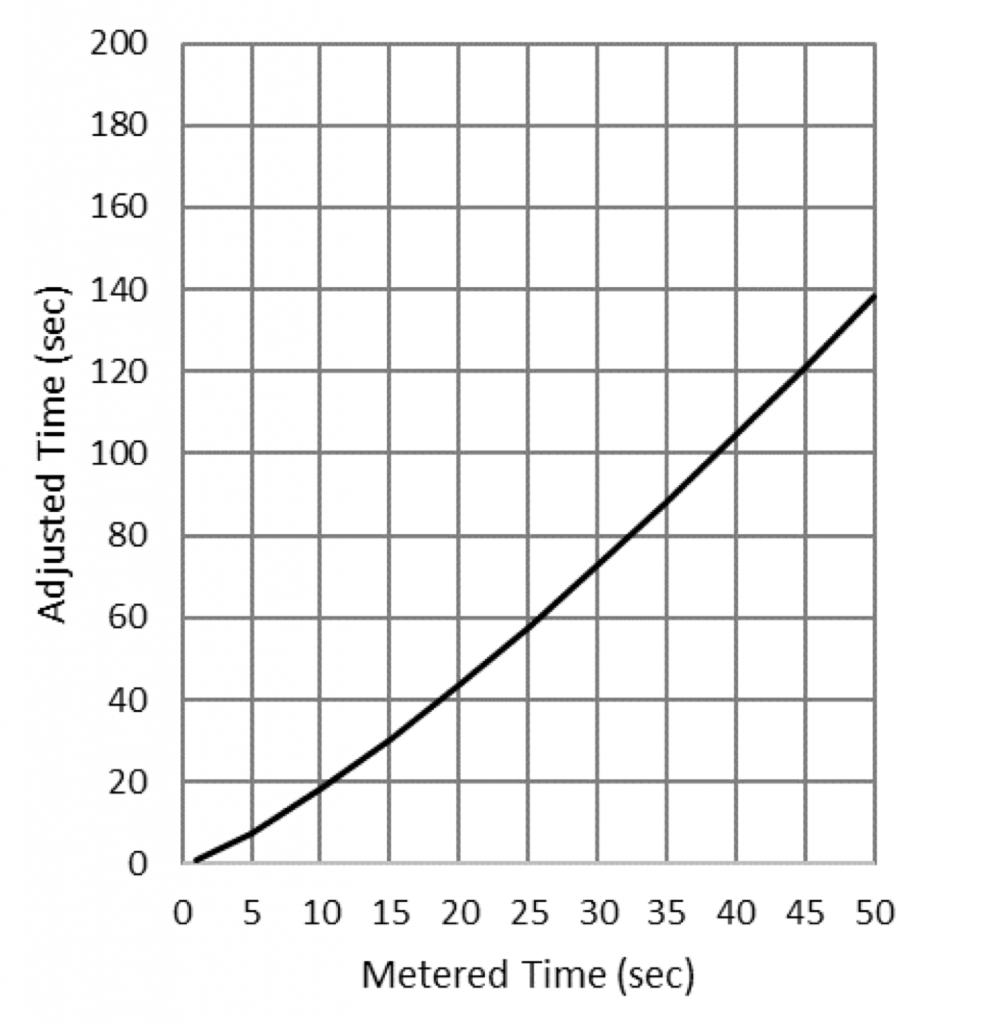
Take your 10 seconds at the bottom. Meet where the curve is and go along. I make it about 18 seconds.
So for the scene I have metered with Ilford FP4 I would need to expose my scene in camera for 18 seconds. That should give me a proper exposure allowing for reciprocity failure. Simple!
Ilford have an even easier chart on their website but you need a scientific calculator to work it out. Unless you’re a brain box in the maths department!
Here it is. Looks a bit tasty doesn’t it. But again, its easy to work out and I find this chart very useful for the Ilford Films. Except Ortho 80. Thats not on the chart.
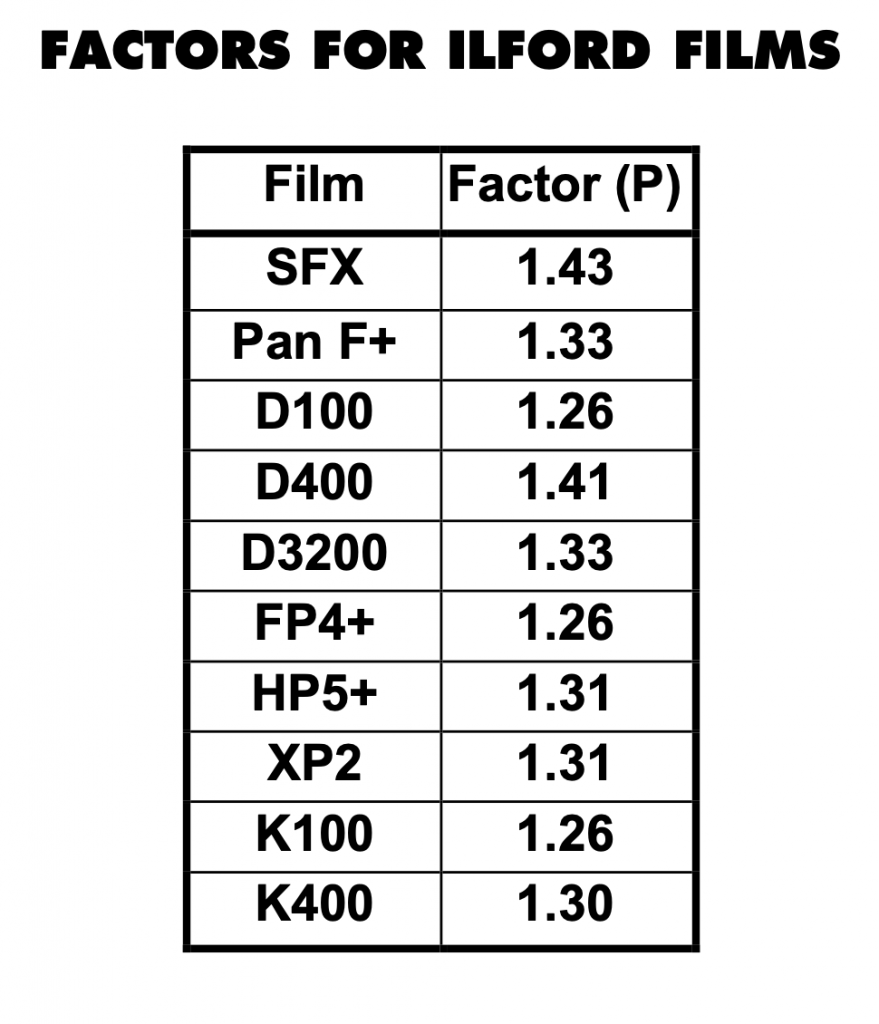
So the above chart you simply use a scientific calculator or app (I use my app on my phone).
My Ilford Film gives a factor of 1.26. So all I need to do is put into my calculator my metered time to the power of 1.26.
So, 10 (my metered time) x/y 1.26 = 18.197 (18 Seconds). You can see the X/Y button in orange.
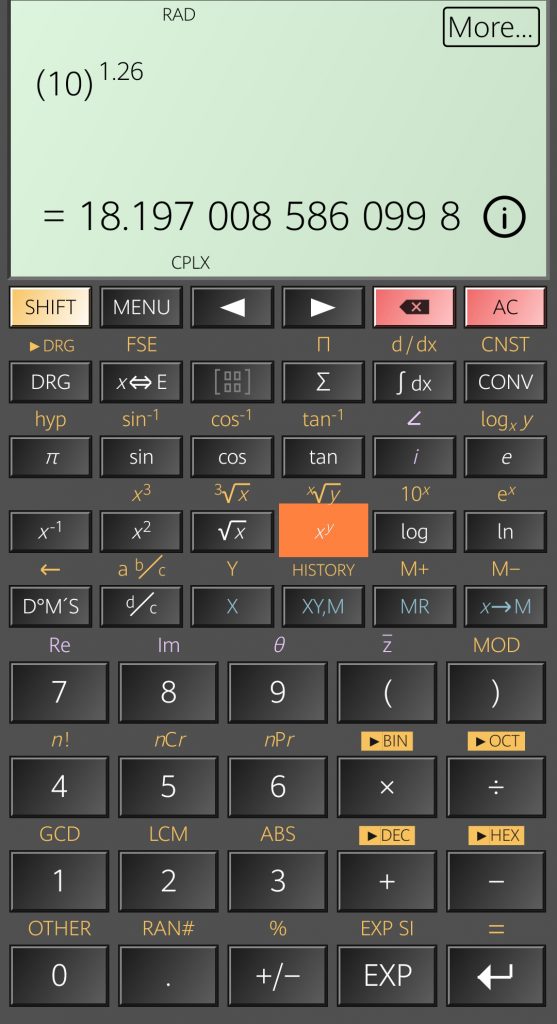
And it’s as easy as that.
I have cheat sheets for myself where I calculate times from 1 second to 20 seconds and write it down which saves me doing the calculations when I am taking my pictures.
Just remember all film emulsions are different and have different reciprocity times. Some are very long times such as Foma Film. And also Fuji Acros has brilliant reciprocity where you don’t need to allow for reciprocity for exposures up to 2 mins long! Incredible stuff.
I hope this has helped SFLaB subscribers.
Patterson Agitation Stick Development
Are you a Twiddler when you develop?
The other day I received a comment on one of my videos from Don Bennet where I showed some inversions during development and it was suggested to use the agitation stick rather than normal inversions to prevent the dreadful leaks. Something I have never used before. So I thought I’d give it a go and put it side by side.
So I made a video shooting HP5 and Developing in Rodinal one where I twiddled and the other where I inverted normality. This was just to see if there would be any difference and mostly to see if the twiddle would work!
Two tanks, exactly the same temp and same amount of developer and times. And I had both tanks on the go at the same time.
For the twiddle I rotated the the reel clockwise 5 times each minute.

I noticed the twiddled tank was slightly lighter and so far so good. I can trust the twiddle! Or can I?
I then went off the next day and shot a roll of 120 Foma 200 and developed in 510 Pyro for 6 and a half minutes twiddling for the first 10 seconds and then 5 turns each minute. I twiddles one way and then the other.


Here are two images I scanned from the developed film. I appear to have uneven development which is a shame as I would have liked to have printed a couple from that roll.
I can only assume that this was caused by insufficient agitation during the development. Which brings me to my initial thought of twiddling. Is there enough fresh developer getting over the film during inversions. Obviously not in this case of medium format.
I then, as if by magic, received a comment from Gianni in Italy on the video saying that the twiddle method works for 35mm but not so good for medium format! Interesting.

So I found that interesting.
For now I think I am going to steer clear of the twiddling but may still experiment with 35mm film but not chance another roll of 120 film.
What do you guys think ?
Roger.
FT12 FILM (kodak SO 331)
I was sent some FT12 120 Film by an anonymous SFLaB subscriber (no, it wasn’t the supplier) to try out and having known nothing of this film I thought I’d do a bot of research and see what it is. I found the only supplier which was Nik & Trick of Folkestone in Kent UK. Here is the link and information I found on this film. https://ntphotoworks.com/product/ft-12-high-contrast-50asa-bw-35mm-film-24-exp/
I made a video for the channel of this shoot. You can view the video on the SFLaB channel here.
So. I found out that film is absolutely nuts in contrast. What could I shoot with it? I knew any scapes would be out of the question and I thought woodland would be not great either so I decided to go to an area called Seaview which is basically a beach but it has been modernised and has some nice sea walls and rocks and boats. Perfect.
I shot the film at 50ASA and metered my scenes mostly with incident. I developed the film in ID11 at 8 mins 1:1. Here are my scanned results. I don’t know what happened with the second image. It appears under exposed, even though I know I metered this correctly and had the correct settings in camera. Totally baffled me! It was 1/30th of a second and thinking back I remember the camera, MAMIYA RZ, shutter sounded quite quick for 1/30th. Maybe the battery needs changing? Who knows…It’s film right! The first image I noticed had strange artefacts in the sky. For the life of me I don’t know what it is as it didn’t present itself in the other frames. Interesting.
I really liked this film! I can imagine for any rugged, gritty photography such as Street or Abstract it would be great. Just don’t expect grain. I could see hardly any at all. And as for tonality. It’s there presented between bright highlights and inky blacks.
Abstract Photography Foma 400
I recently uploaded a video on the SFLaB Channel of some Abstract Photography at a Skatepark shooting Foma 400.
Original prints from the video now on Etsy for sale. All three.
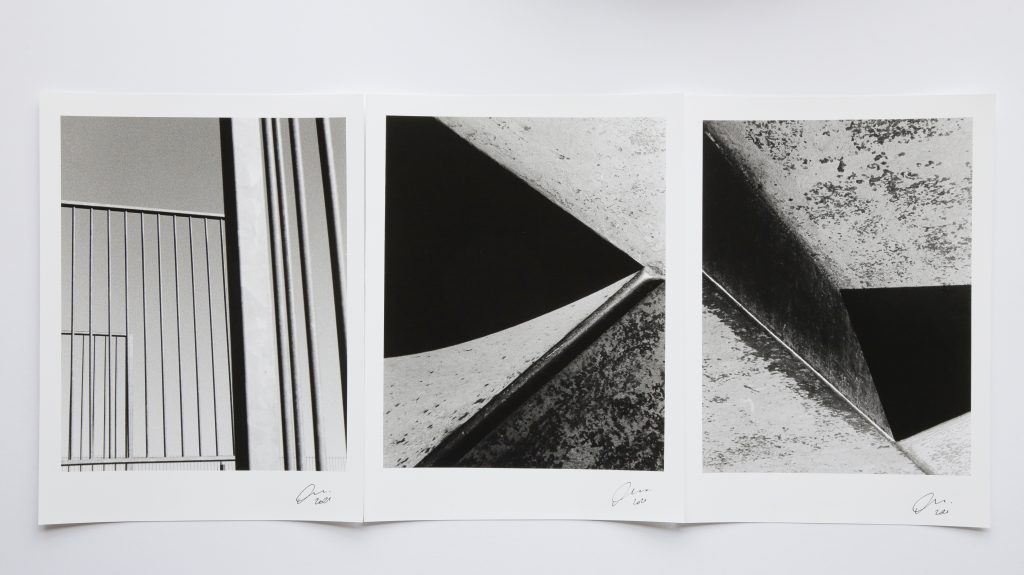
I am not really into Abstract Photography, however, I feel if you have the time to explore other avenues then why not have a go! I shot Foma 400 film and developed it in ID11 at 1:1 at 13 mins. 20°. 5 inversions each minute. The first two were under exposed. Not sure why! I metered and used the same camera settings on the others. f/16 1/250th. Metered at 400. Maybe the sun went in without me realising.
Here are the images.
Agfa APX 400
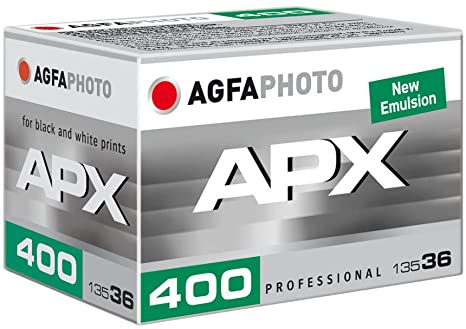
I received a couple of rolls of Agfa APX 400 from Andy Brennan in Australia and having never shot this film before I went online to see for myself what others say. There was a mixed bunch of reviews mostly good.
I shot both rolls. One just before sunset at a boat marina. The lighting conditions was light overcast. And the roll I shot the next day in mid afternoon sun around town.
I developed the film in Ilford ID-11 at 1:1 for 16 minutes with inversions for 5 seconds each minute.
This photograph was from the first shoot in light overcast. I used the Nikon F90 X in Aperture Priority mode.
The first thing I noticed was how low contrast the film was. I had to push the contrast in Lightroom. But not too much. It just needed a bit of punch.
The highlights hold very well and there is plenty of tonality in this photograph.
It appears to be very fine grain too. The grain is there but it’s not ugly grain.
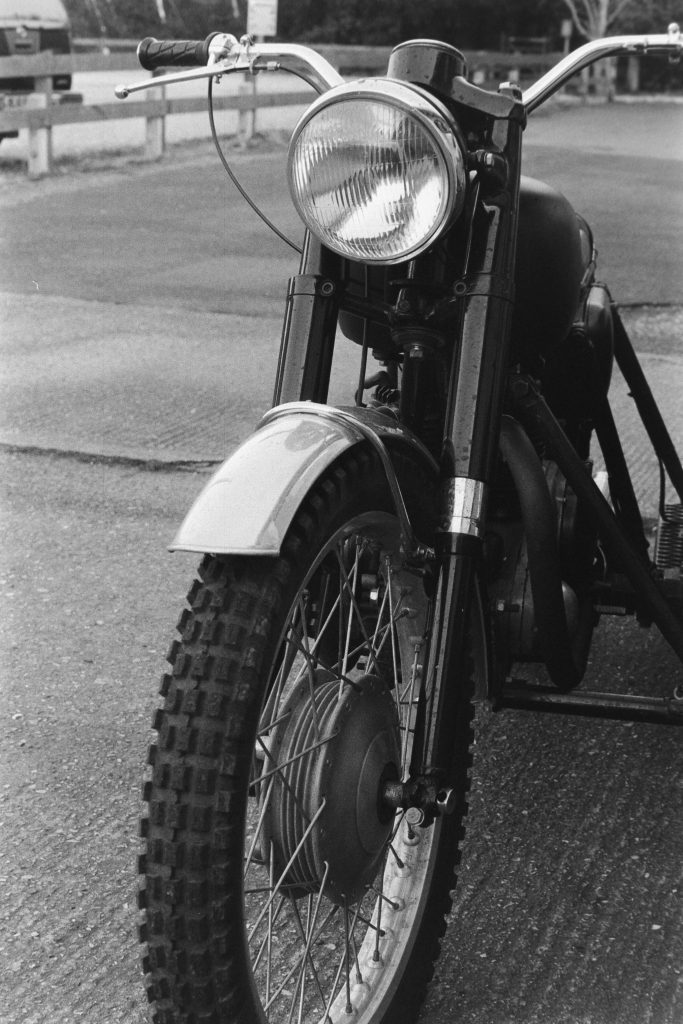
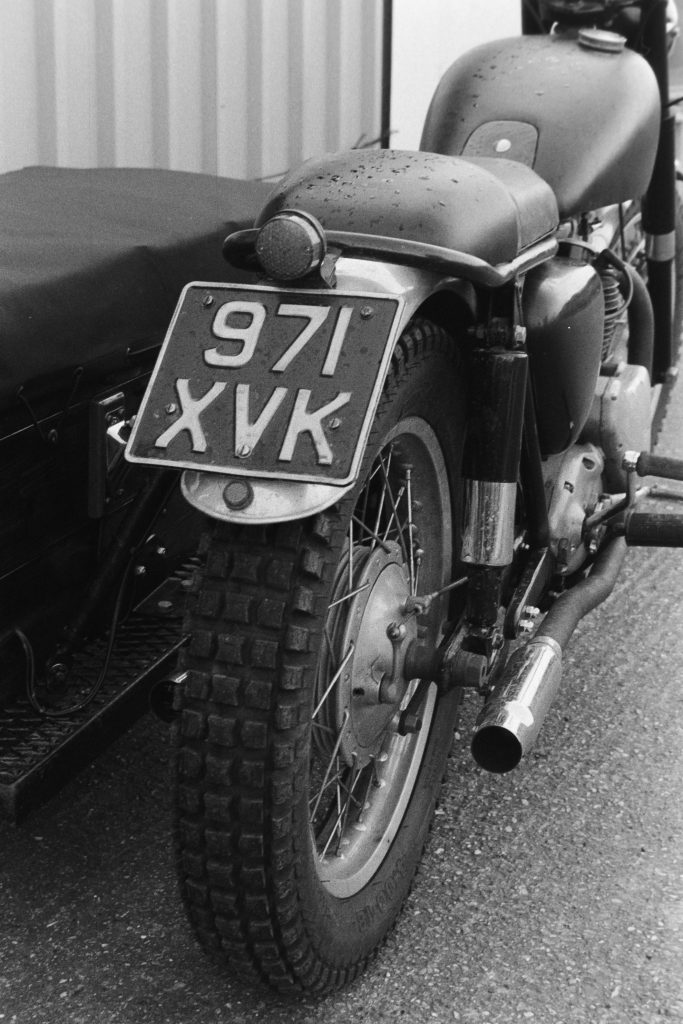
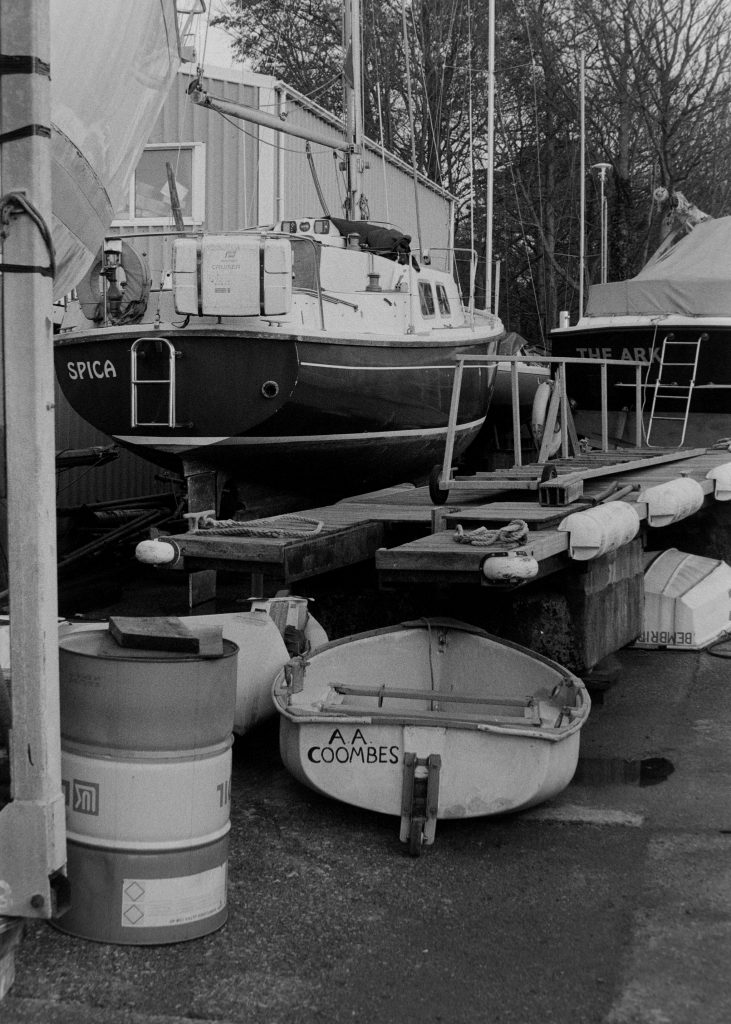
This particular roll I split into two and shot half at 400 and the other half at 1600. I cut the two halves from the camera in the darkroom and developed separately. The second half which was pushed to 1600 I developed for 27 minutes. I wasn’t quite sure if this was a film to push.
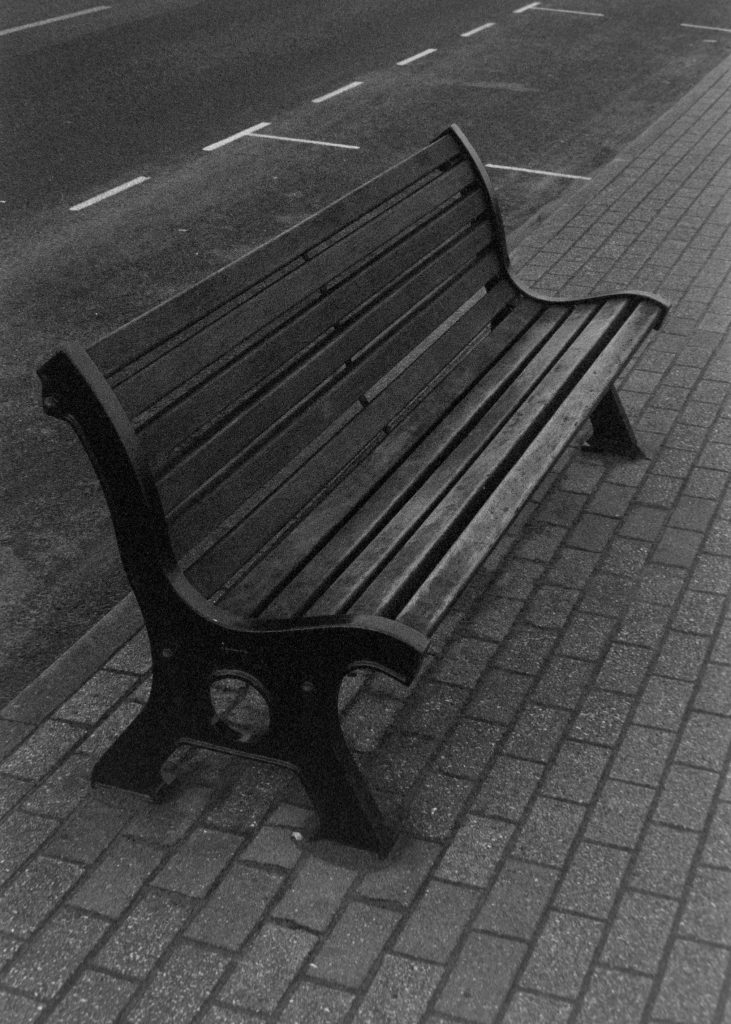
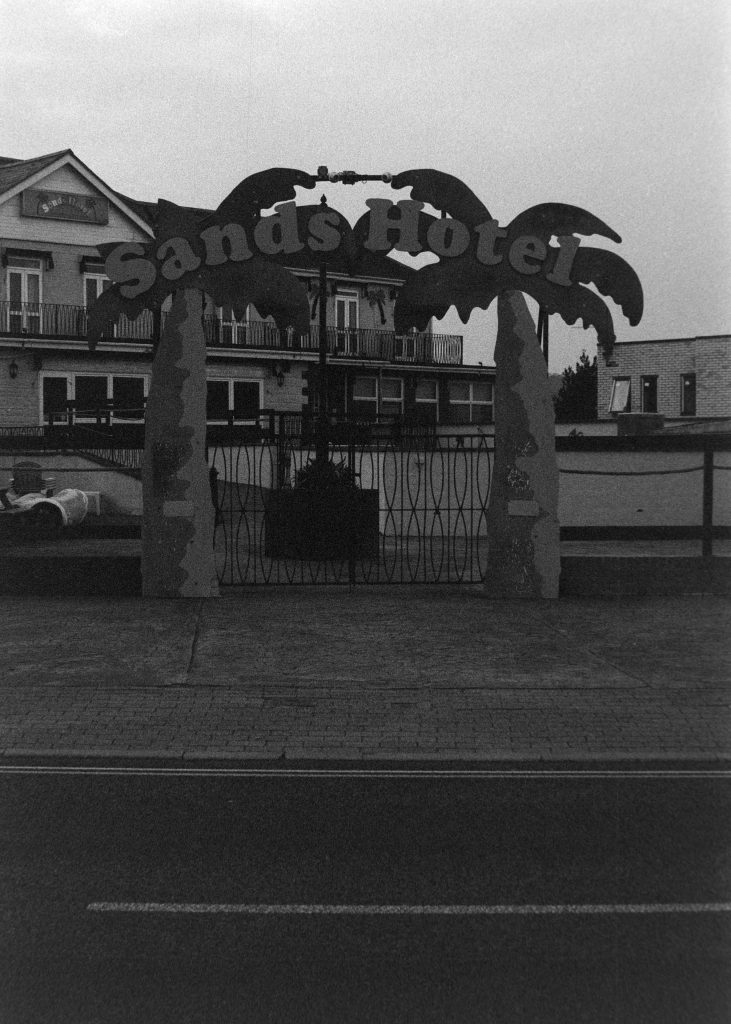
I couldn’t seem to get a clean photograph from the push and the grain is much harder. I wouldn’t push it again or at least not in ID11. I imagine Microphen or other compensating developer would work better.
The next day I shot a roll in the midday sun producing a higher contrast. This time I used a Chinon CE5 35mm camera with a Pentax 50mm lens. Again, developed in Ilford ID11 for 16 minutes. I had better results. I did have to punch the contrast again in Lightroom but that’s no different to what I would do in the Darkroom with Filters.
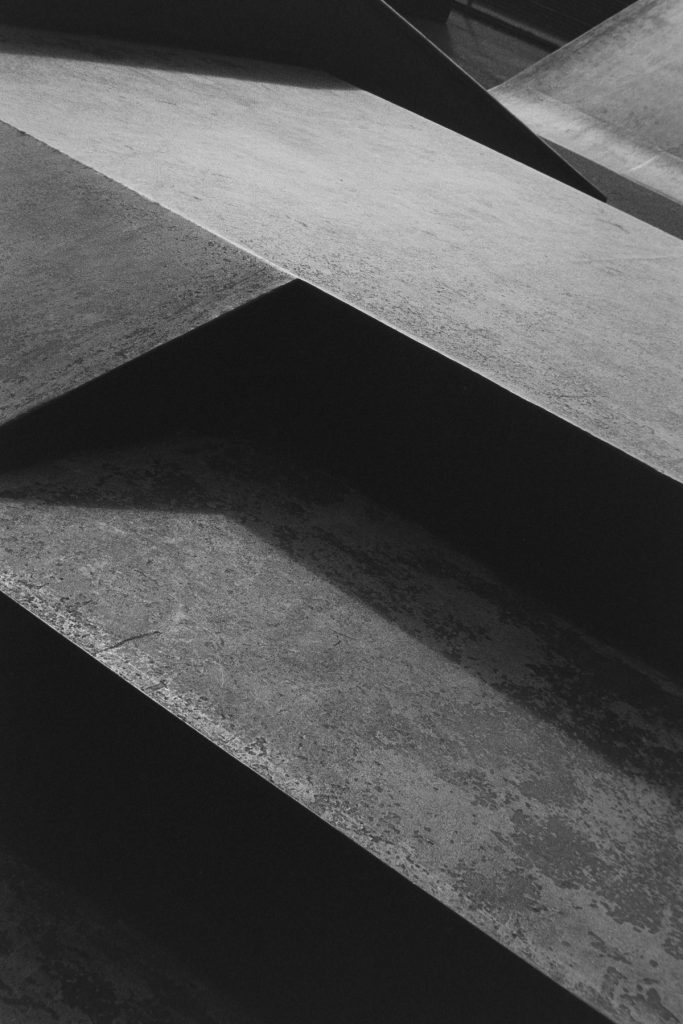
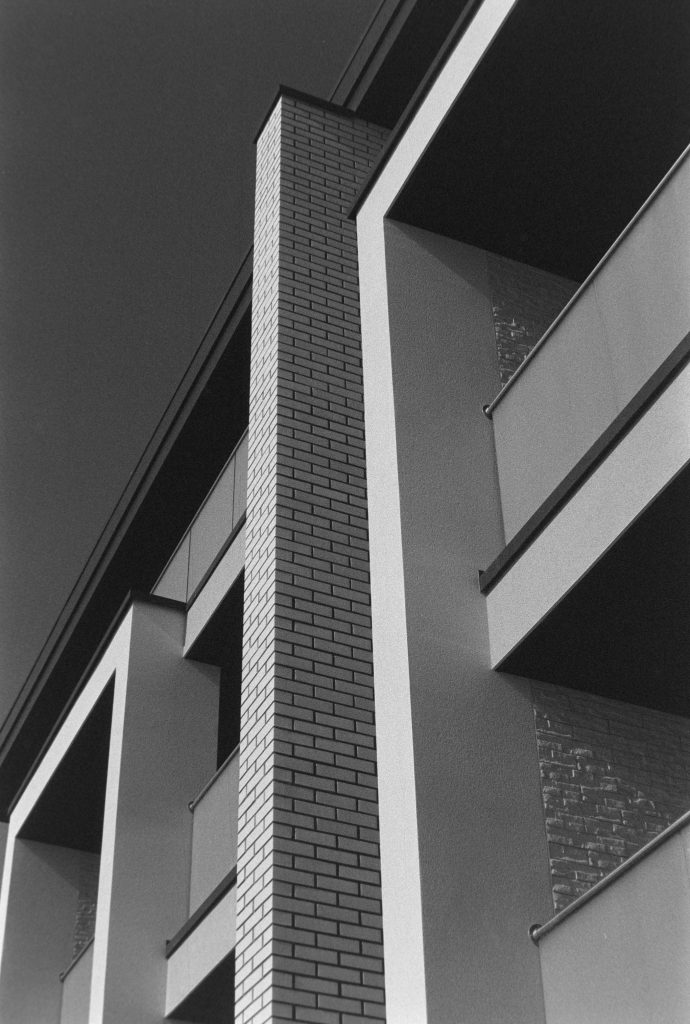
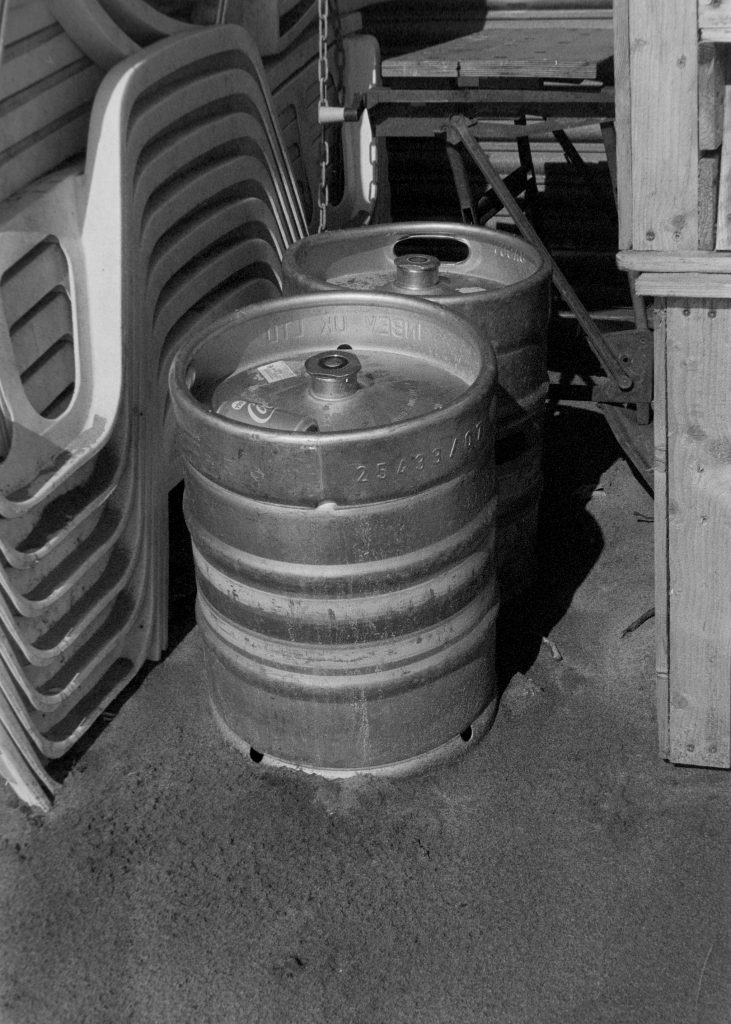
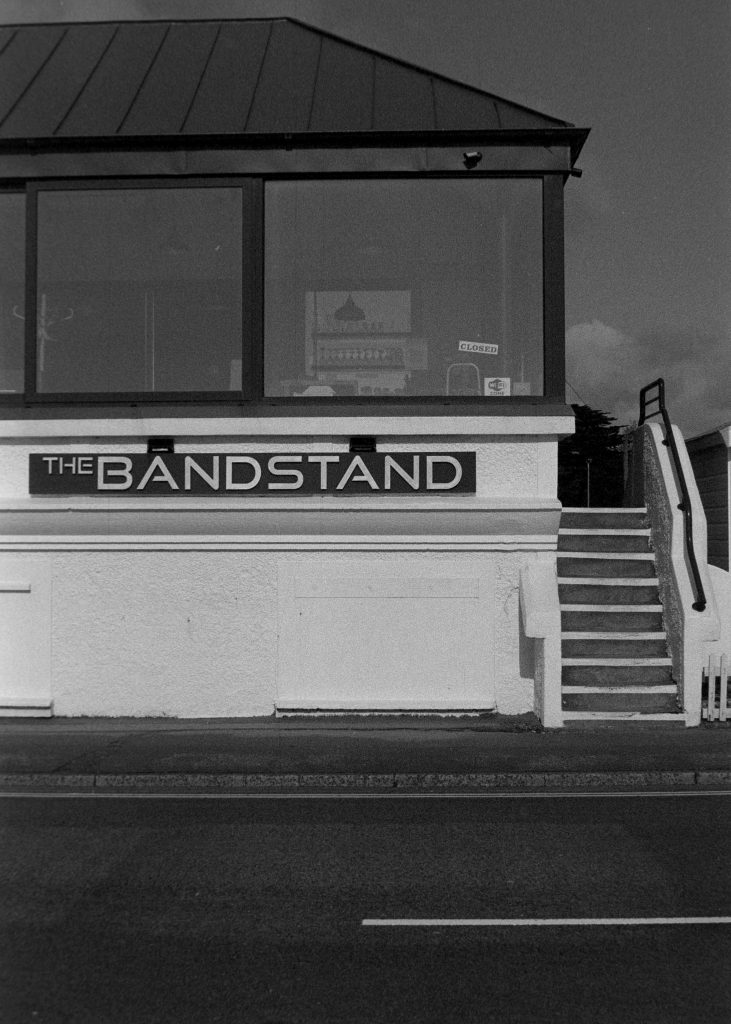
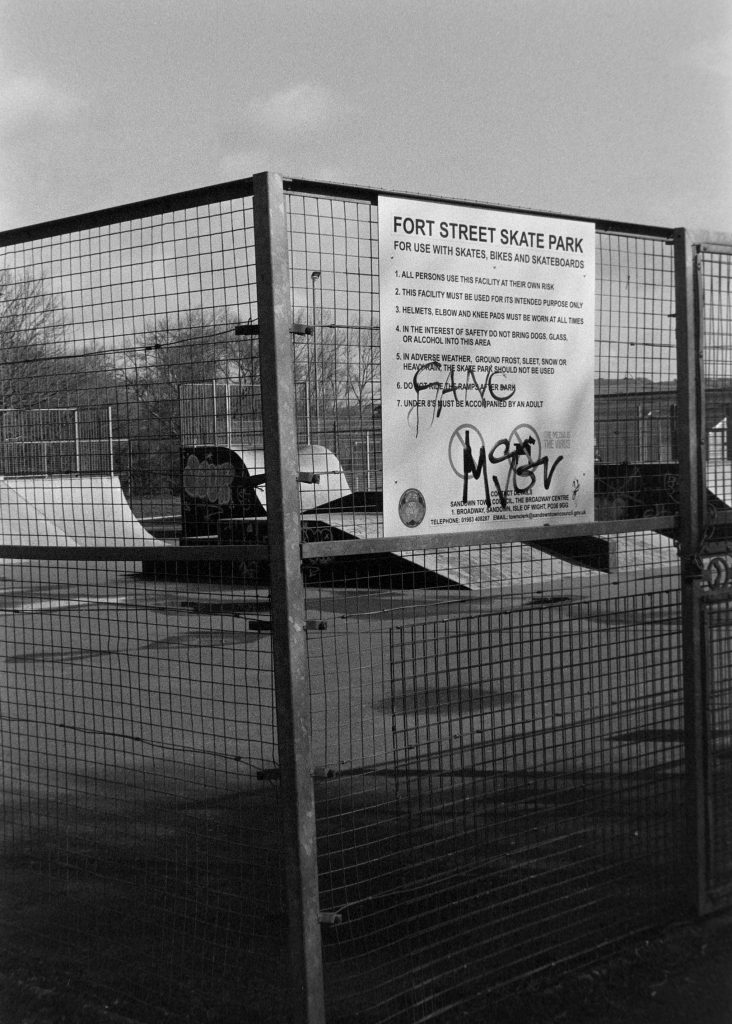
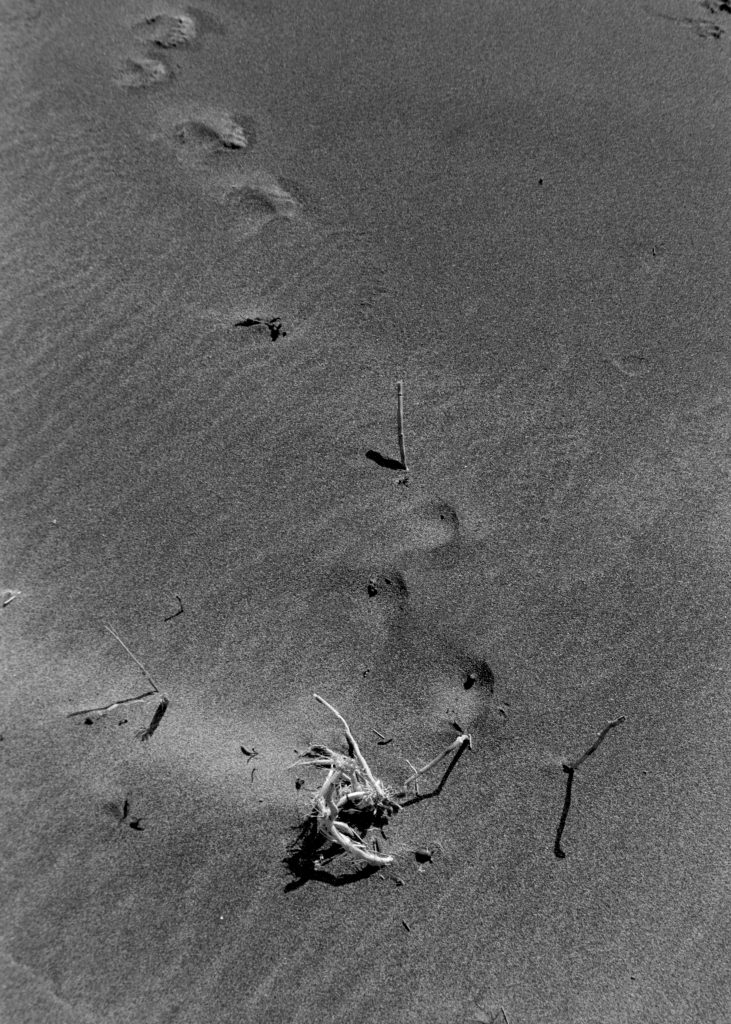
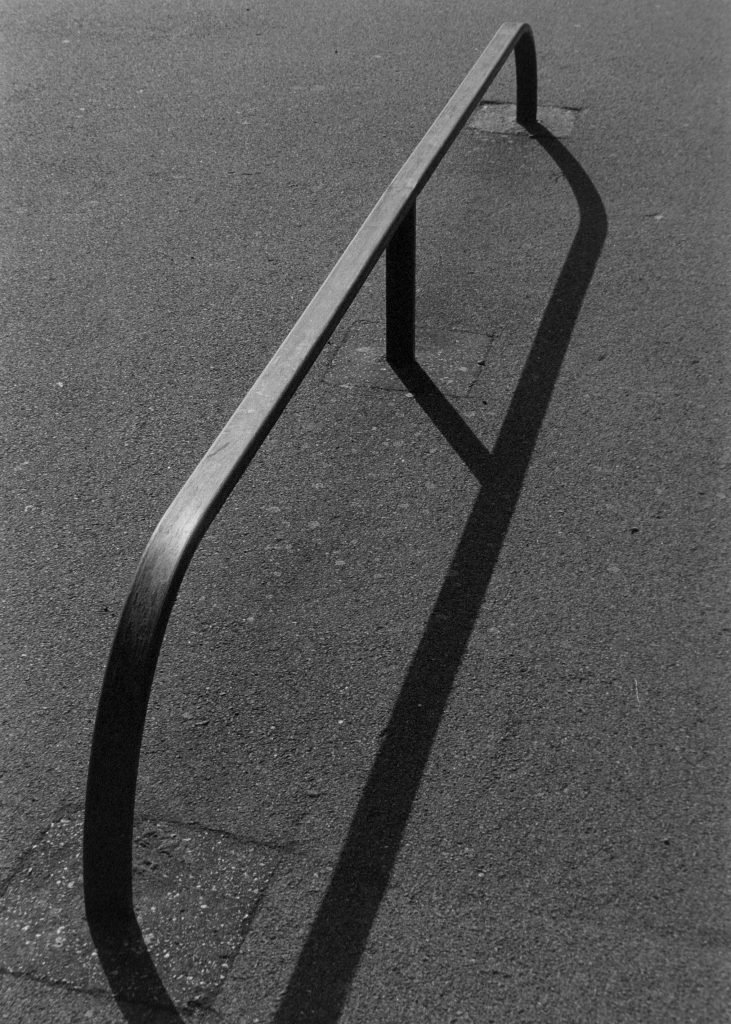
So my first impressions I would say this film lacks punch but delivers good tonality and a lovely smooth grain. It handles highlights very well and I’d say is a good allrounder. I’d also say this would be a good film for a beginner with it’s flat looking contrast leaving room for scanning and editing contrast without blowing highlights.
It appears to be a relatively in expensive film probably on par with Kentmere, taking of which reminds me very much of! Could it be Kentmere in disguise? Who knows. There is no branding on the actual film itself. Not even frame numbers.
I did notice that the fog and base of this film was quite heavy. I don’t have a densitometer but that probably contributes to it’s low contrast.
Best Film for Beginners?
When starting out in Film Photography what is the best film to go for? I say one of these two.
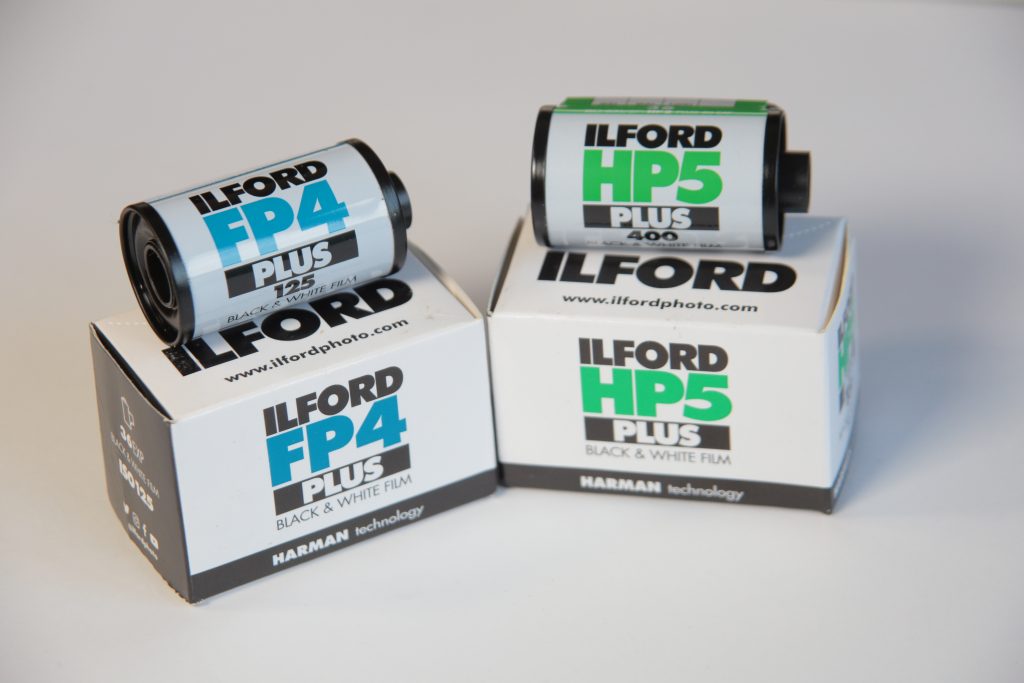
I have a whole section on this in my Beginners Guide to Film Photography and recently put a video out on the SFLaB YouTube Channel shooting both films side by side.
There are many films to choose from when you first start out in film photography and it can get a bit overwhelming when deciding which film. I can only go on my own experience and in this case I was pointed towards Ilford Fp4. Mainly because it is a good solid film and widely available in local stores. The last thing you want is to be used to some film that you order online, run out, need to shoot film that day and your local stores don’t sell it. Made sense to me.
I used FP4 extensively with the same camera and developer whilst I was feeling my way into film photography, however, I would occasionally become unstuck when I needed a bit more speed. That is when I started to try Ilfords HP5 400 speed film. I knew nothing about it apart from I could get more speed when shooting certain lit conditions. For example Street Photography. With FP4 I would find myself opening my aperture or slowing my shutter speed down to get light into the camera. It wouldn’t make for good photographs when I did that. So HP5 would be the obvious choice for me. Being a faster film I started using HP5 a lot and then I started to notice its characteristics. I noticed it was more contrasty and more grainy than FP4. I learned this the hard way shooting HP5 for seascapes. The sky would be full of grain and I would lose detail in my shadow areas more than I did with Fp4. That’s when I realised there is a film for all occasions!
I tried both films for my areas of photography. Portraiture, Scapes, buildings and street.
I found I liked FP4 for Portraiture and scapes because I would get less grain. And I liked HP5 for Street and Buildings as it gave better contrast and looked more gritty. I eventually moved on and started trying many other films, all with their own character. But for starting out I found FP4 and HP5 good solid films to start my photography journey with. Readily available, reasonably priced and without any problems.
Here are some images I took for the video.
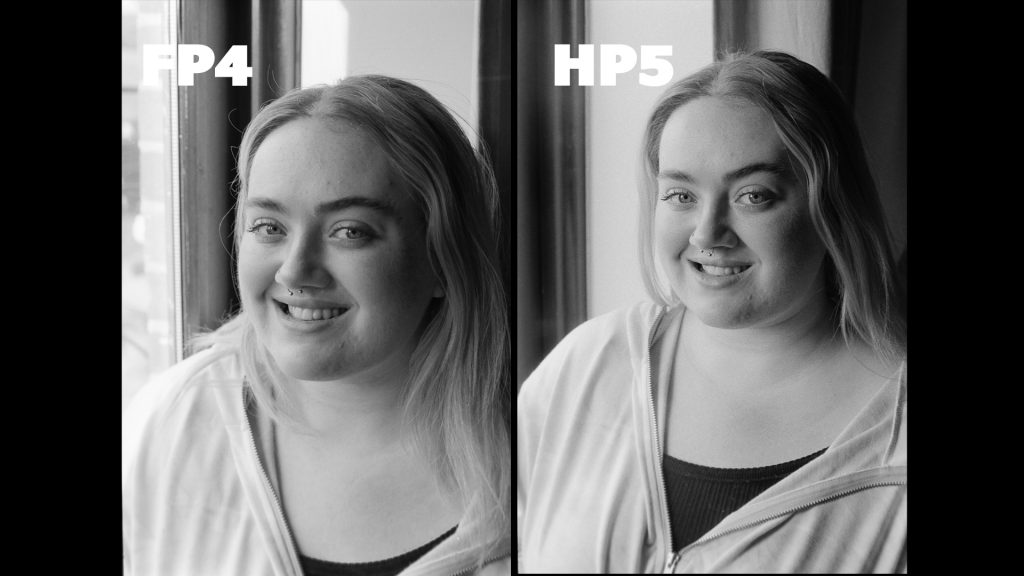

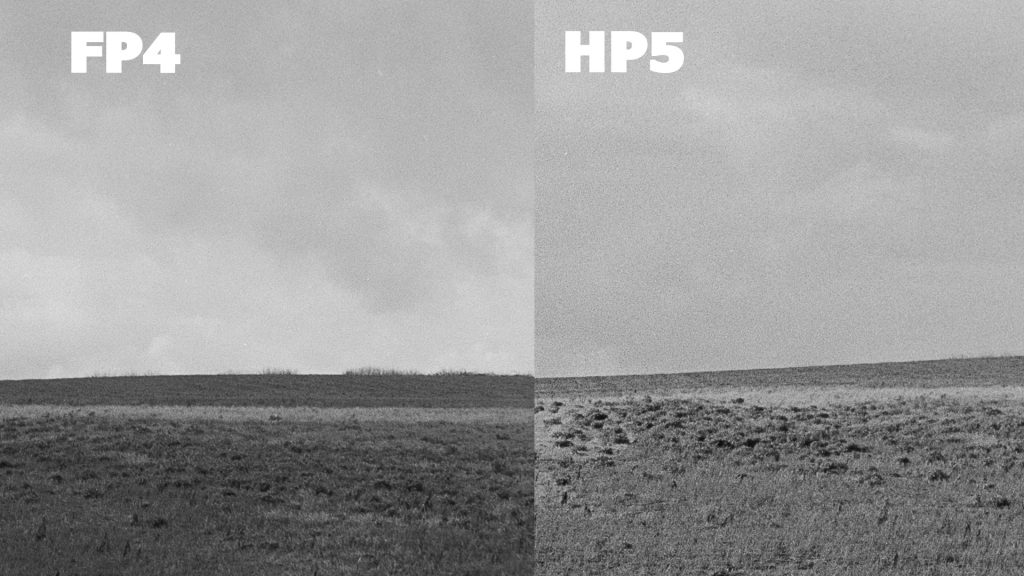
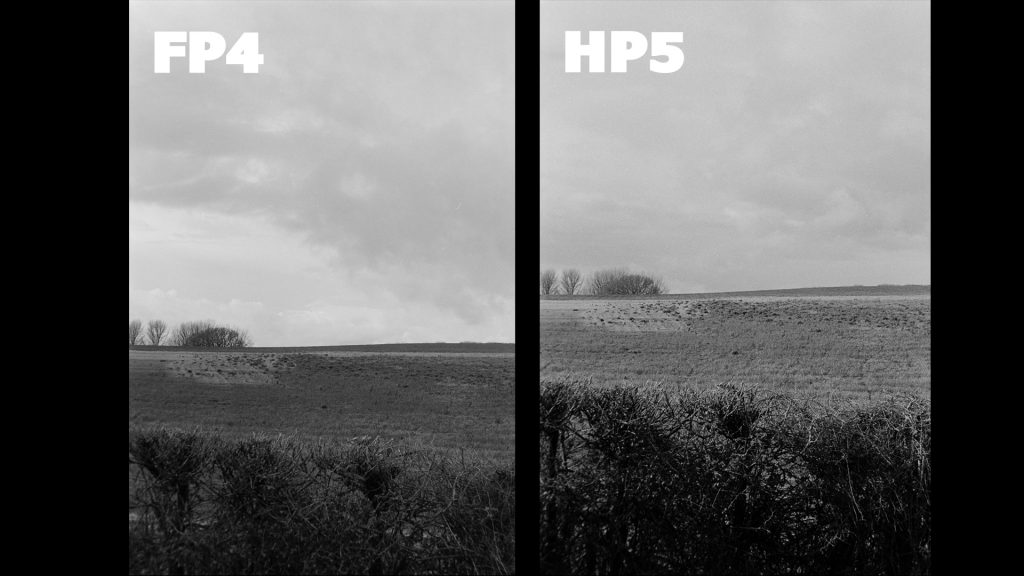
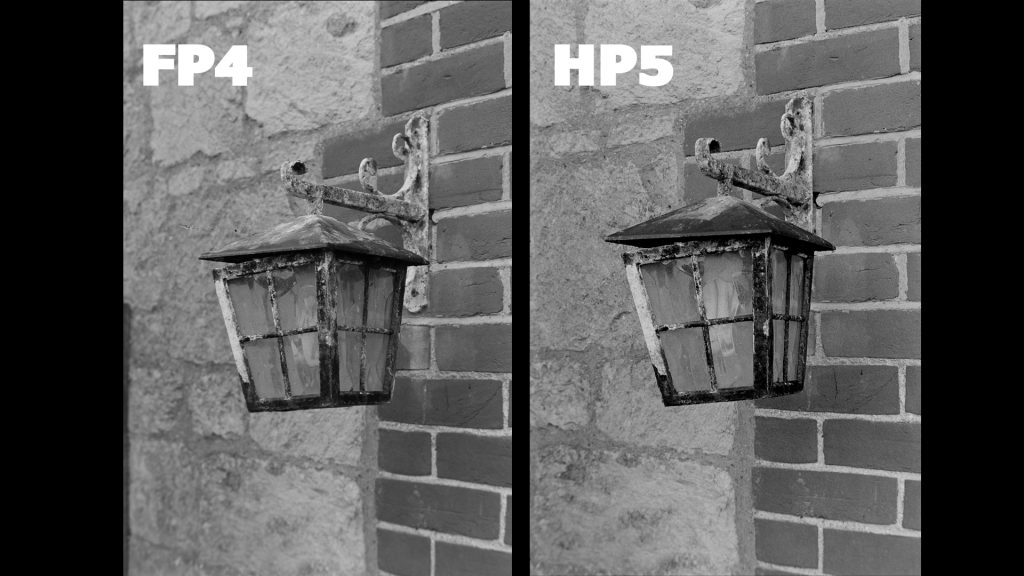
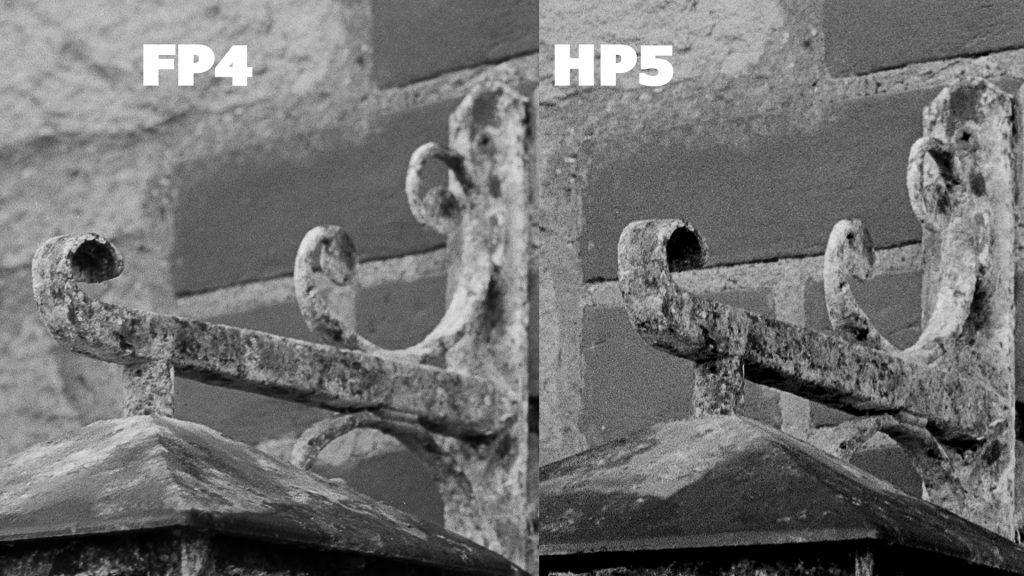
Like I said both are very good films and each have their purpose for my photography. But if I was to choose one over the other it would be HP5. Because it gives me more to play with when it comes to speed. Of course I can push or pull any film but when starting out it’s probably something that you would not feel comfortable with doing. That comes over time.
You can find out more on these films on the Ilford Website data sheets.
Seagulls
Using the Kodak Retinette 1A camera and a roll of Ilford HP5 35mm Film I went to the beach, which is 10 mins from me, to photograph seagulls in action. I wanted to give the images a live feel so I used a 1/125th shutter speed for some motion blur and used an aperture of f/16. The conditions were not ideal for a 400 speed film but the HP5 is very forgiving for over exposed negs! Here are some of the scans. I developed the film in XTOL 1:1 for 12 mins. Knowing that I was over exposing I should have, looking back, under developed by a couple of minutes.
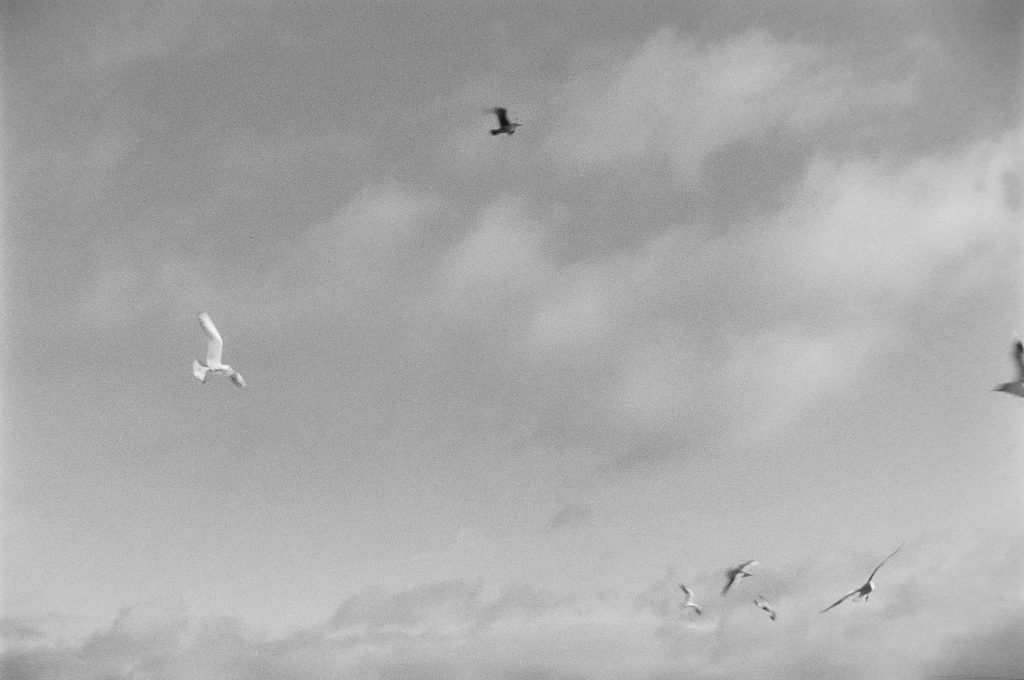
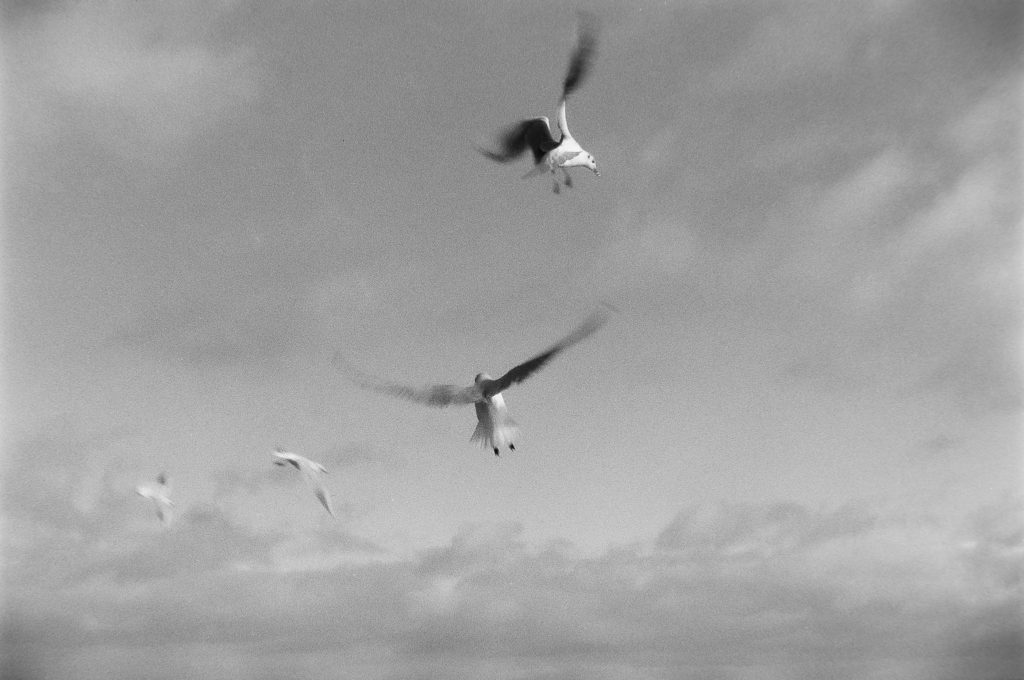
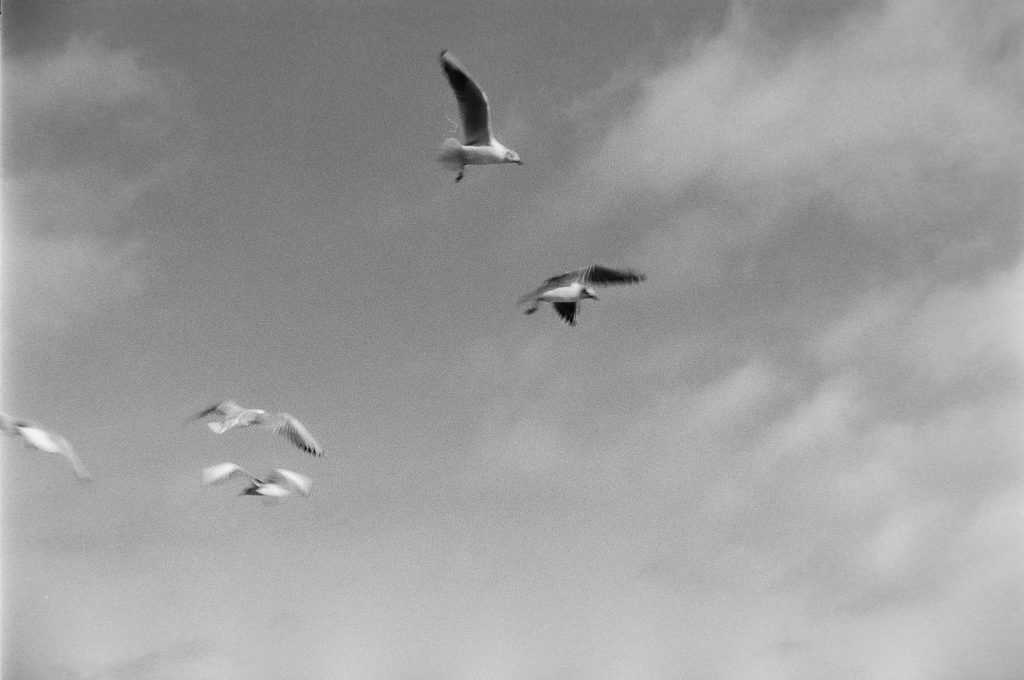
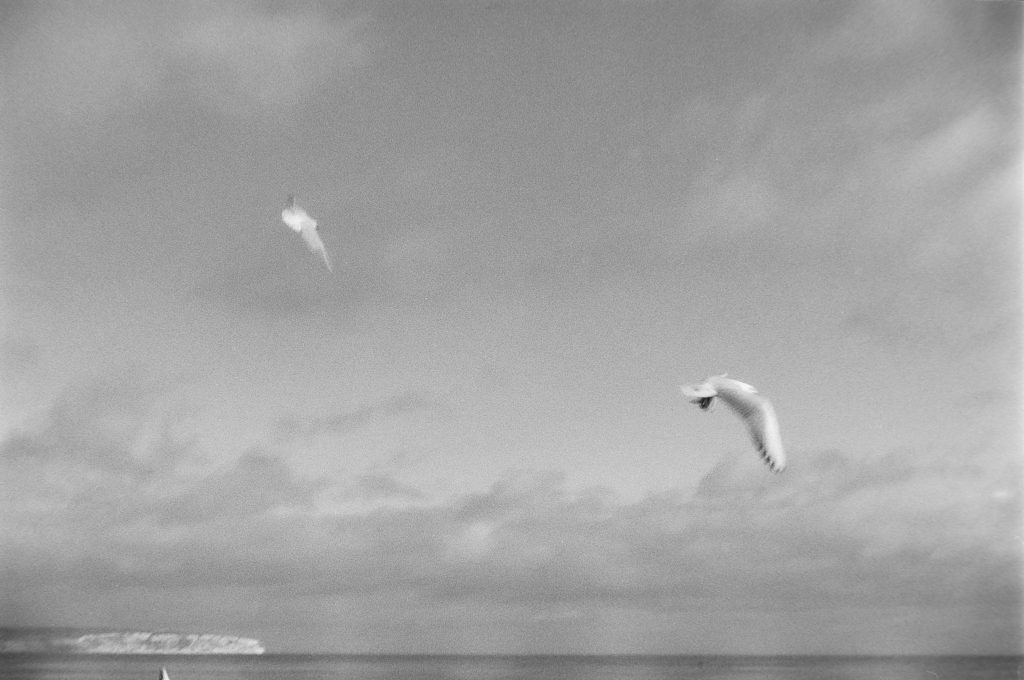
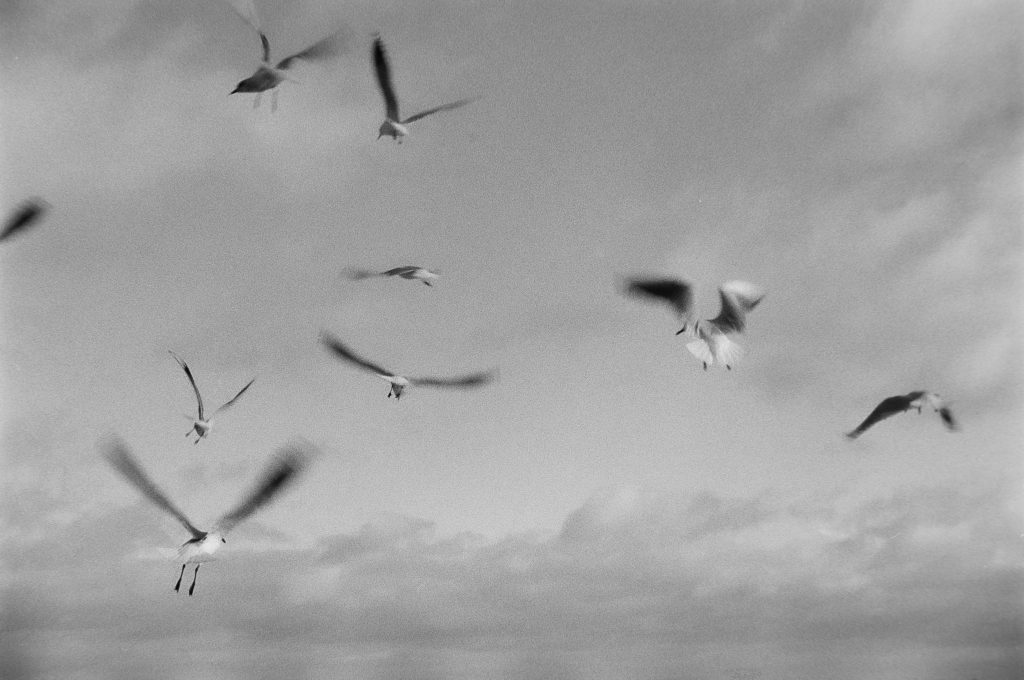
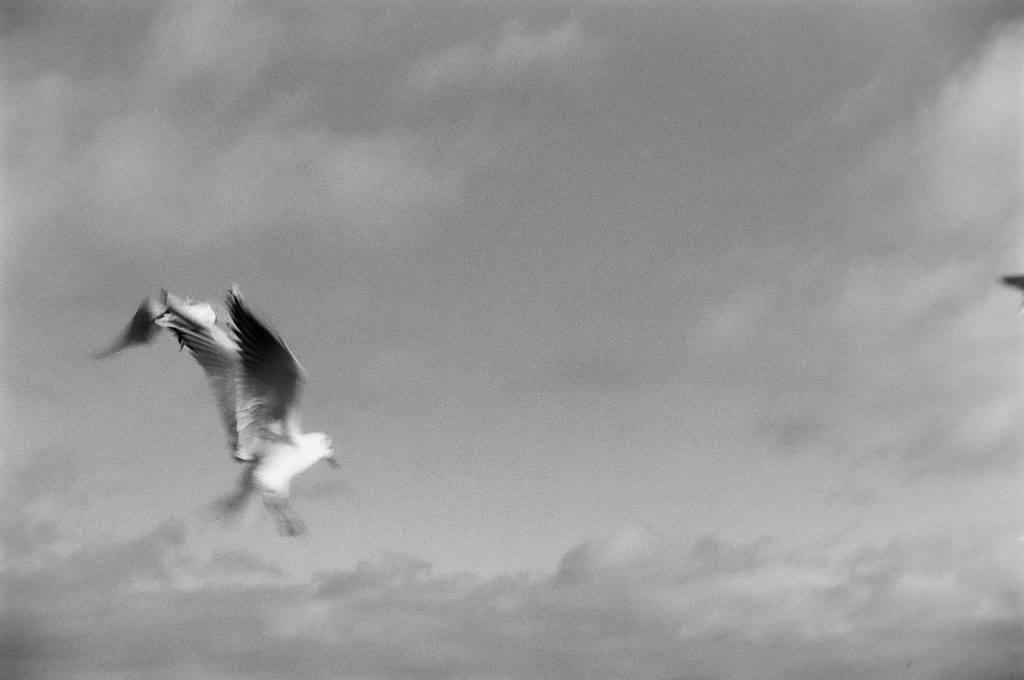
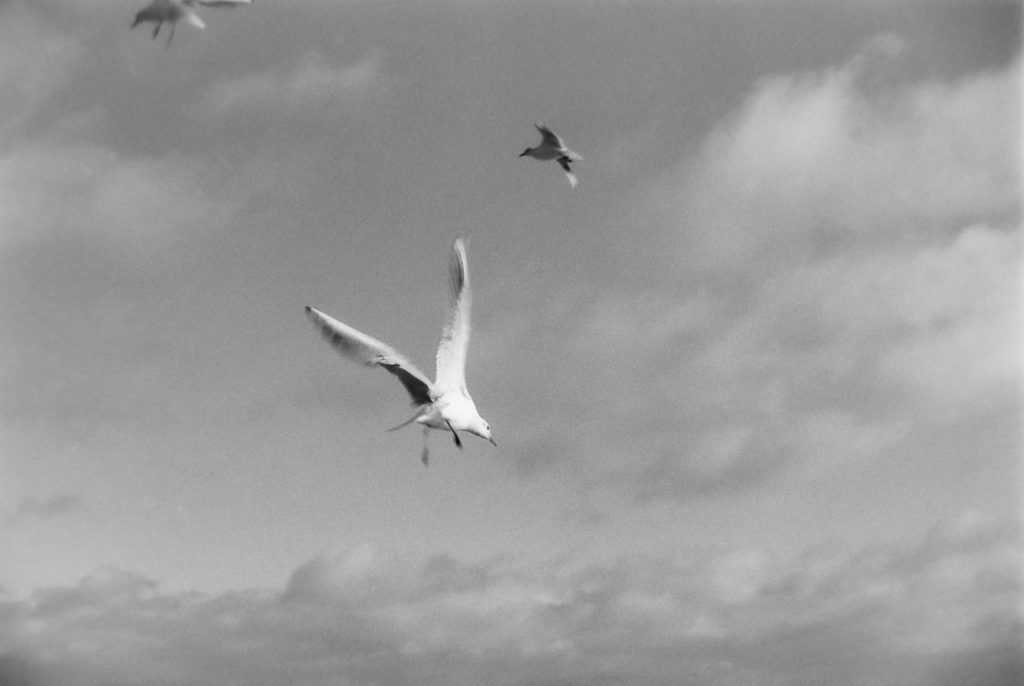
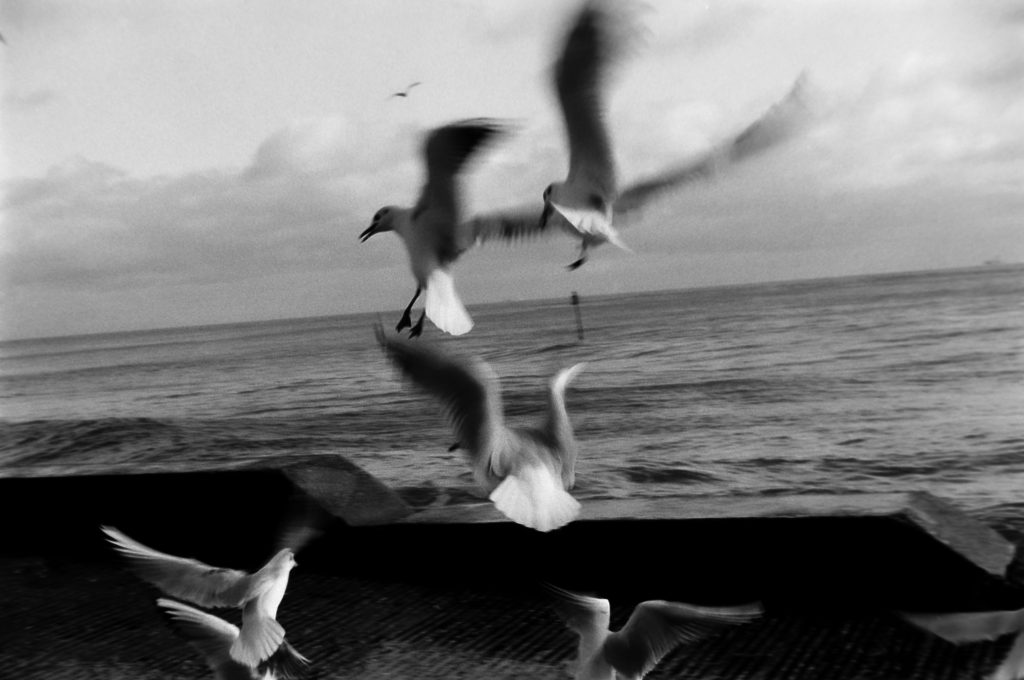
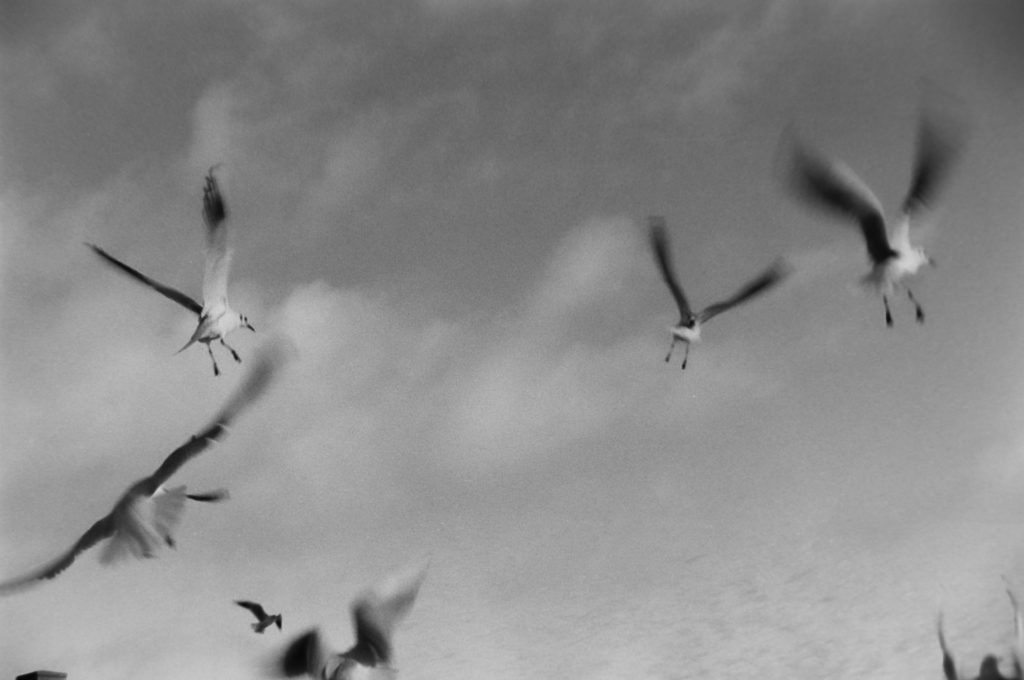
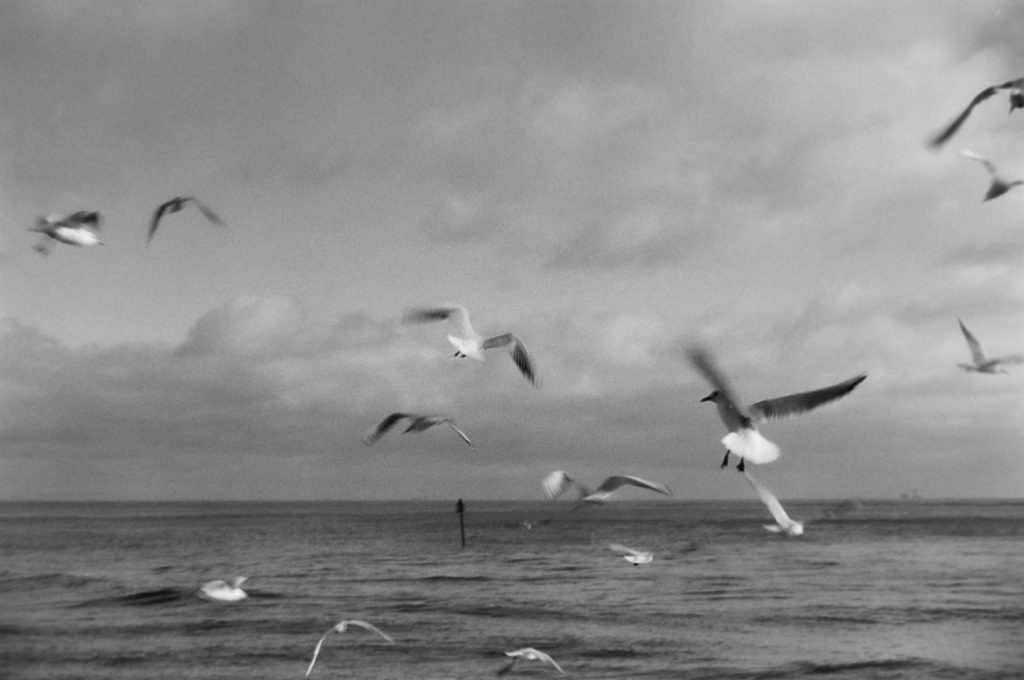
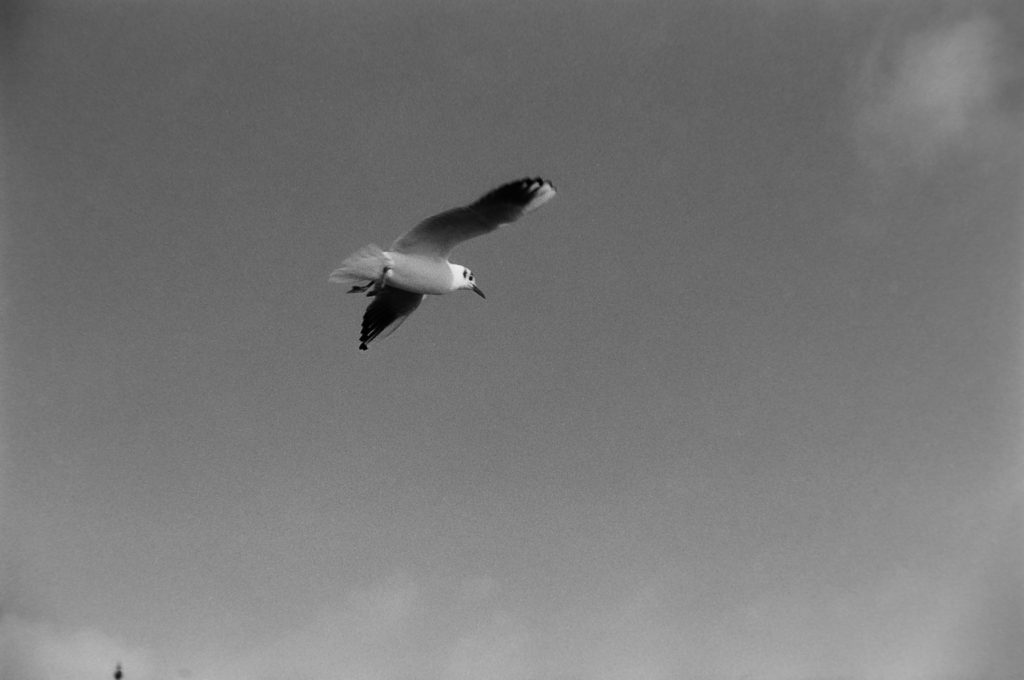
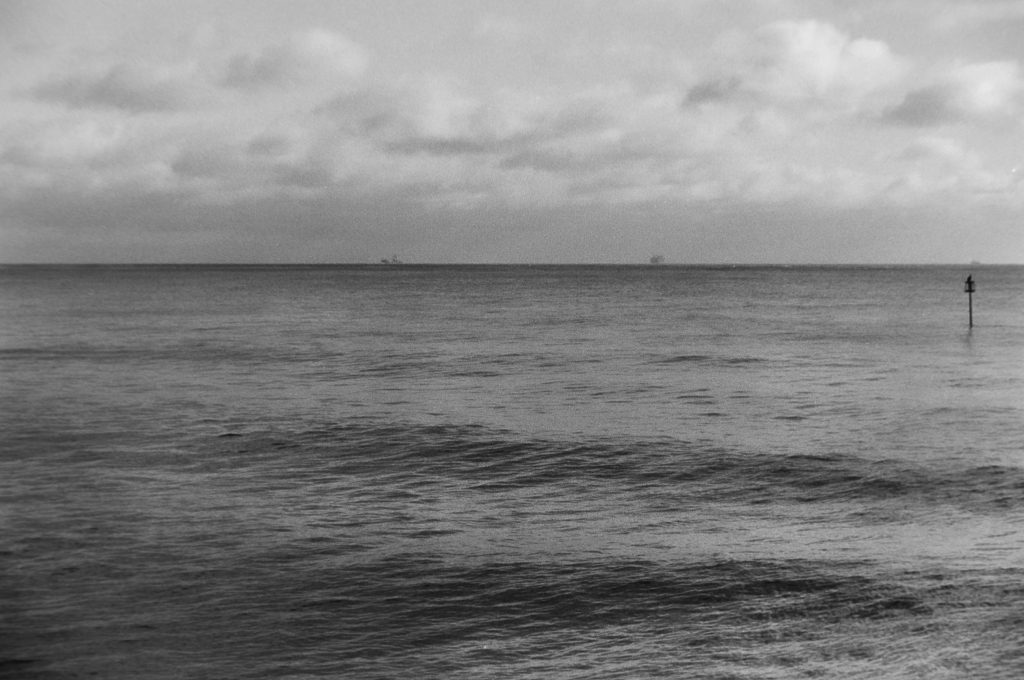
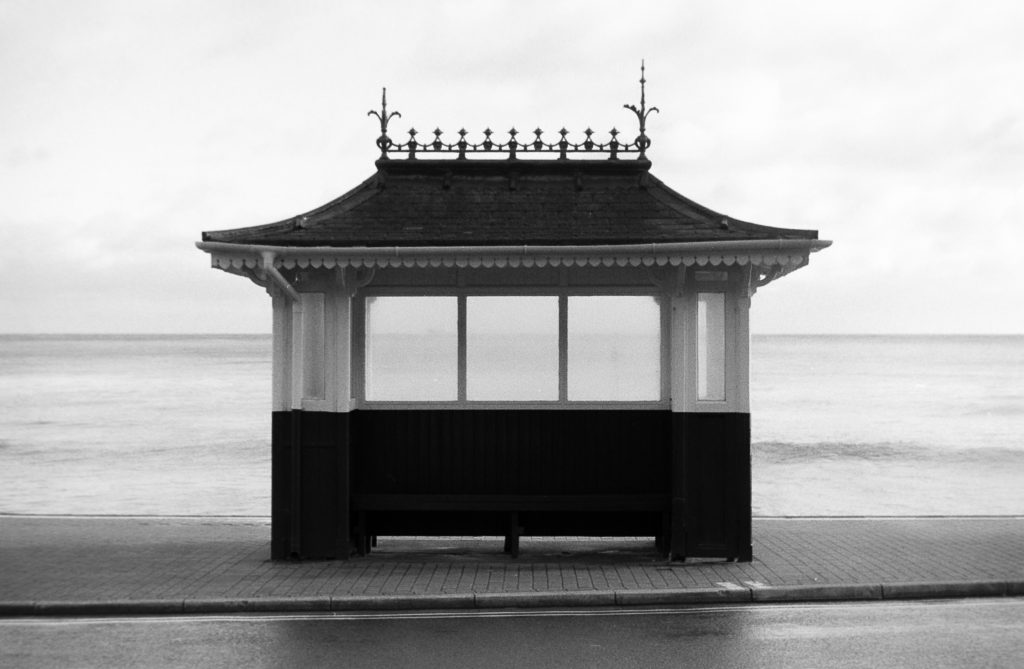
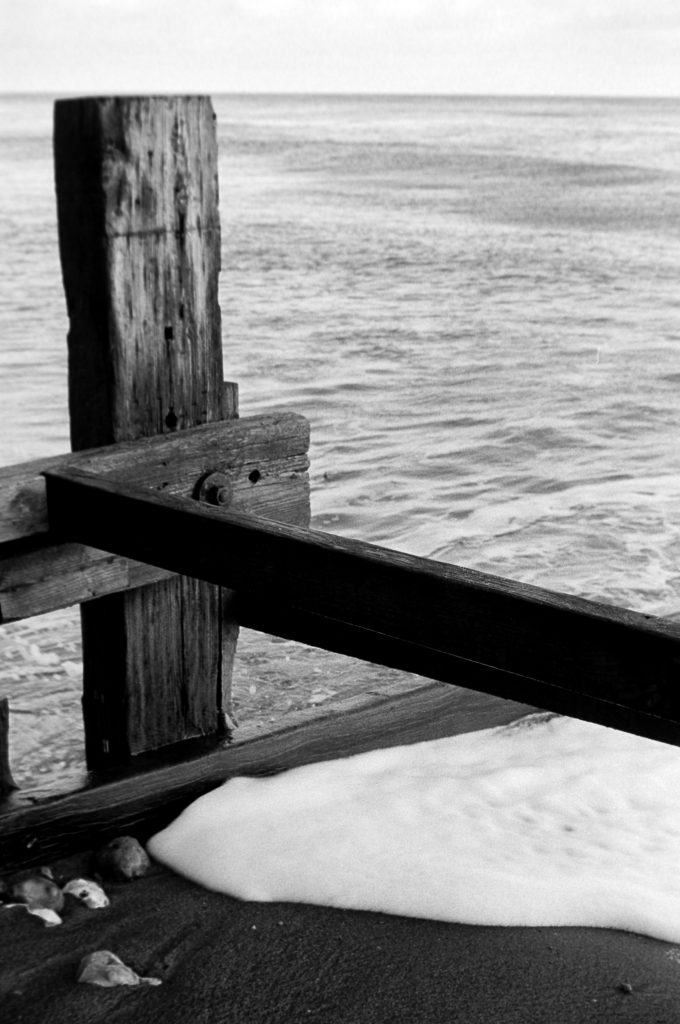
Kodak Retinette 1A 35mm View Camera
A few times my mate Gaz has turned up at my home with a camera he has found in a charity shop. I must admit most don’t work or are in a bad condition, but still, he thinks of me. And I am not the best person to give a broken camera to! I have tried a few times in the past to fix old cameras but there is usually some part or other that is left behind or that I can’t fit back in place.
So when Gaz turned up with this Kodak Retinette 1A in a leather case I had my doubts. I didn’t even know what it was! I’d never seen or heard of it. But. It was in beautiful condition. I had to take notice. Especially as I noticed the words “Made in Germany” on the front. Must be quality!
It didn’t work. It wouldn’t fire. But looking at the top case I figured that is where all the clockwork is and it appeared to be easy to open with only a few screws holding it together.
So I went to work and took the top off. Apart from the viewfinder parts falling all over my desk everything else seemed solid. Straight away I noticed the firing pin was loose. So I positioned it and the camera started to fire. All I needed to do now was get it all back together. Before I did that I ventured more and removed a few more bits so I could clean the viewfinder and associated mirrors. They cleaned up nice and I managed to get it all back together.
I now have a mint working Kodak Retinette 1A to shot. If it worked still!
All I needed to do was check that the focus was accurate, there were no leaks and that the shutter speeds were well in tune.
I loaded a roll of Ilford HP5 and set up a small scene of dead Tulips. With the minimum lens focus distance of 3.5ft and using a tape measure I got exactly 3.5ft from the Tulips to the cameras film plane.
I could now test the focus and shutter speeds and aperture blades all in 4 frames. I metered the scene and started at F/11 1/30th. First frame taken. Then I went through the speeds compensating with the aperture.
f/11 – 1/30th
f/8 – 1/60th
f5.6 – 1/125th
f4 – 1/250th
If all of my negatives were relatively the same exposure AND in focus then everything works.
I also took a few frames outside to test the focusing on Infinite and another frame on a broken Buddha where I used Zone Focusing measuring just in front of the Buddha to be 3.5ft at f11 and anything between 3.5ft and 6ft would be in focus. It was.
Here are my images.
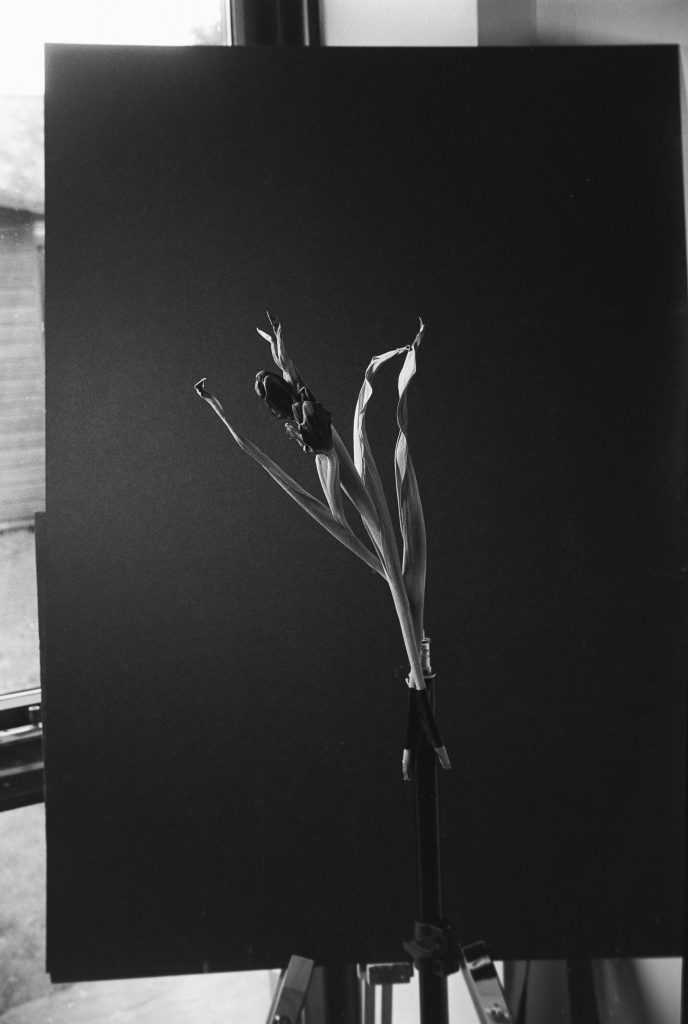
f/11 – 1/30th 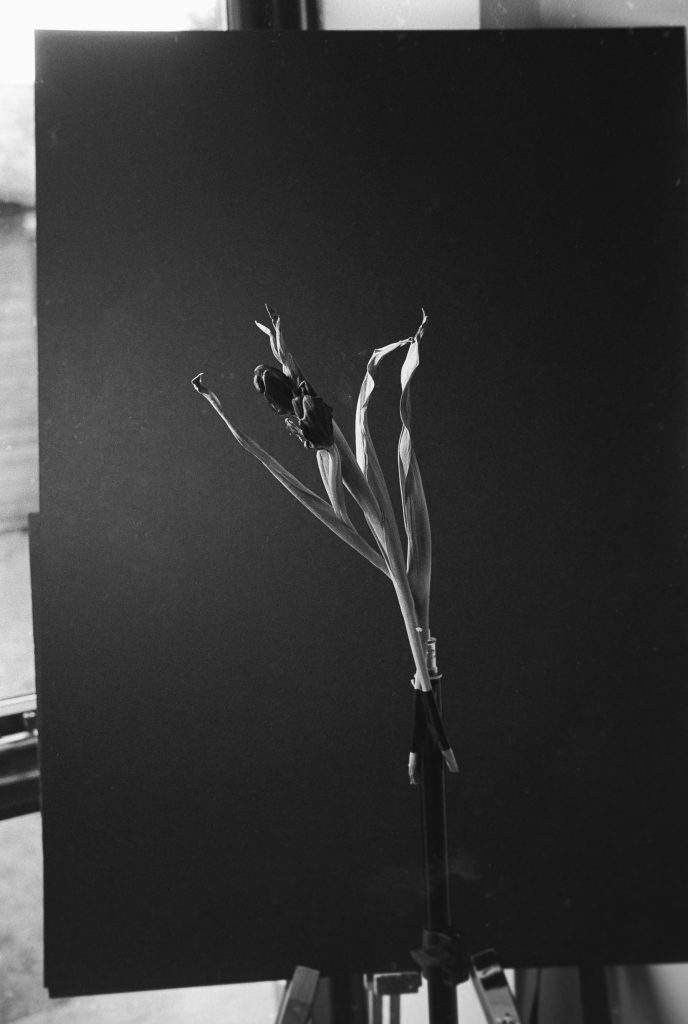
f/8 – 1/60th 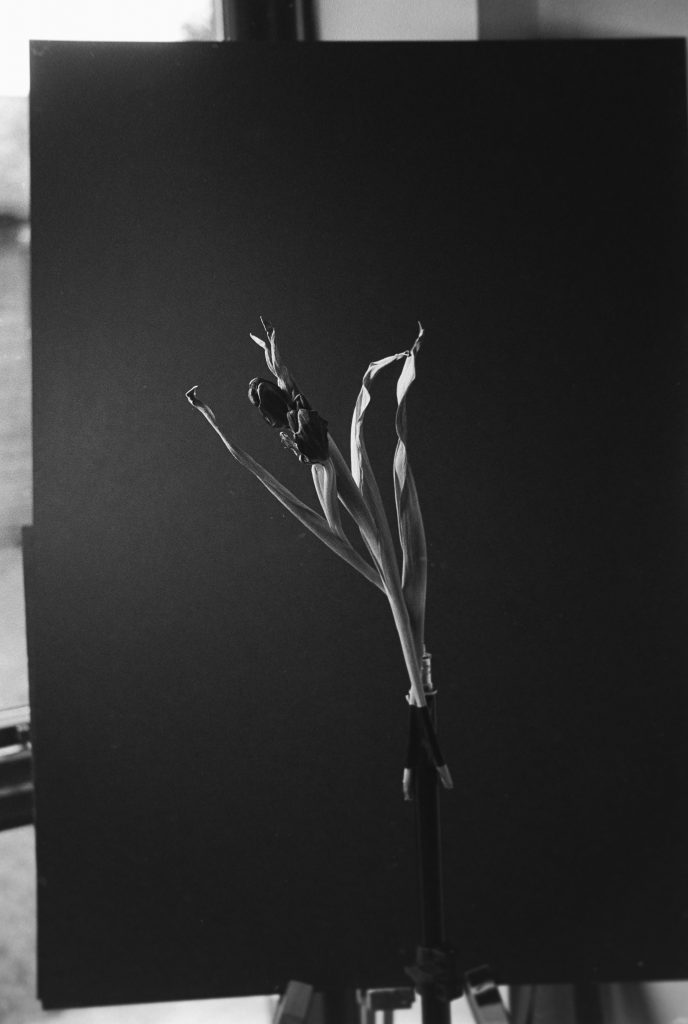
f/5.6 – 1/125th 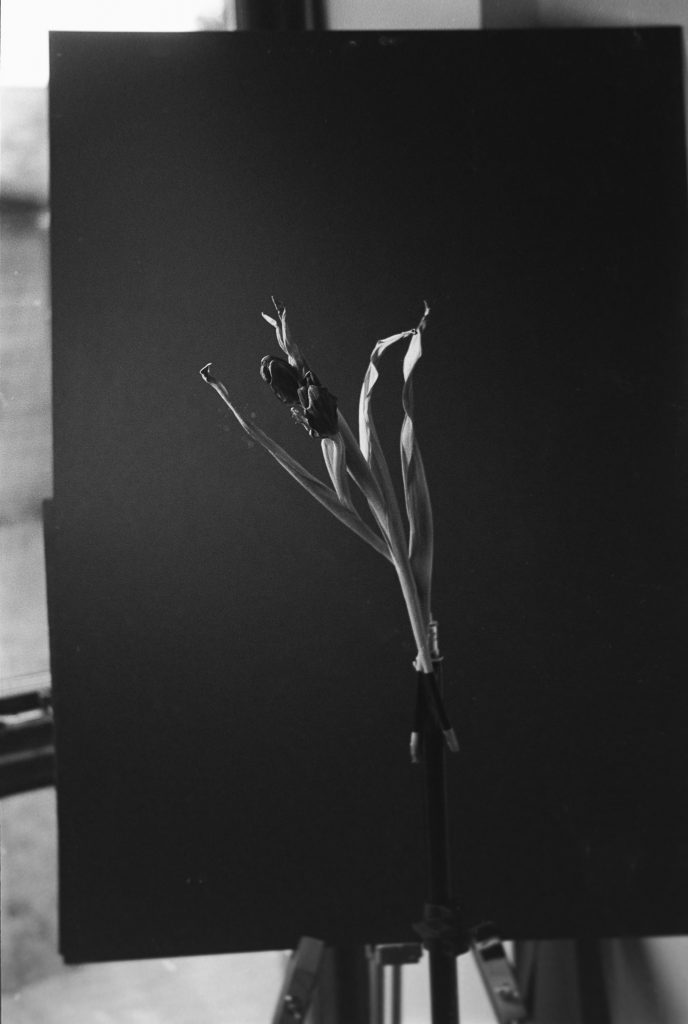
f/4 – 1/250th 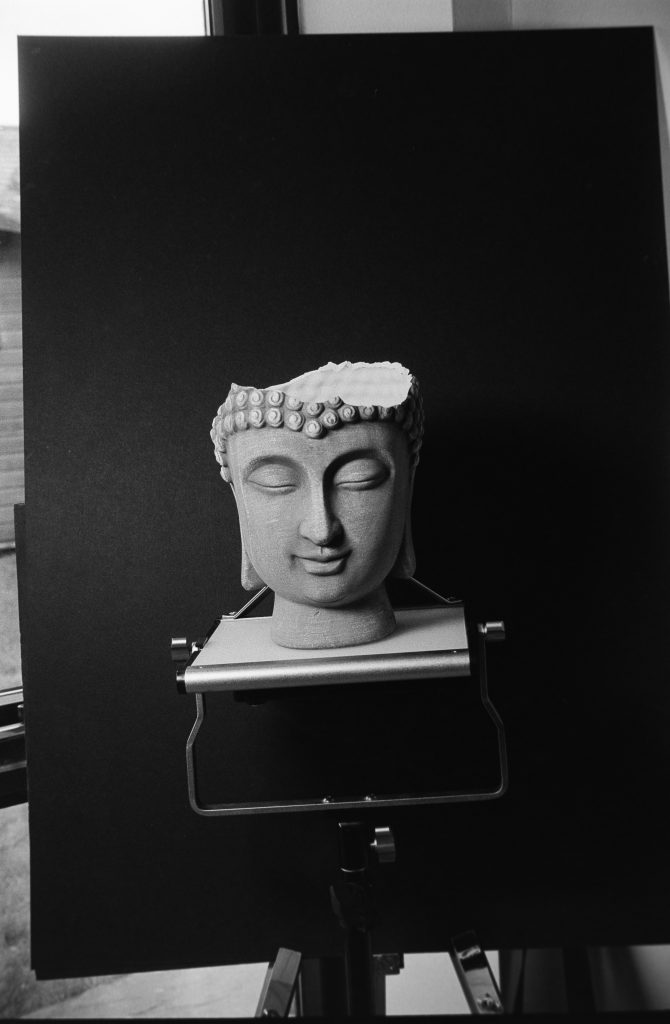
I don’t need to bang the history drum of this camera. It’s all online to find but I’m just pleased I got it working again and looking forward to trying some more creative photographs with it in the future.
